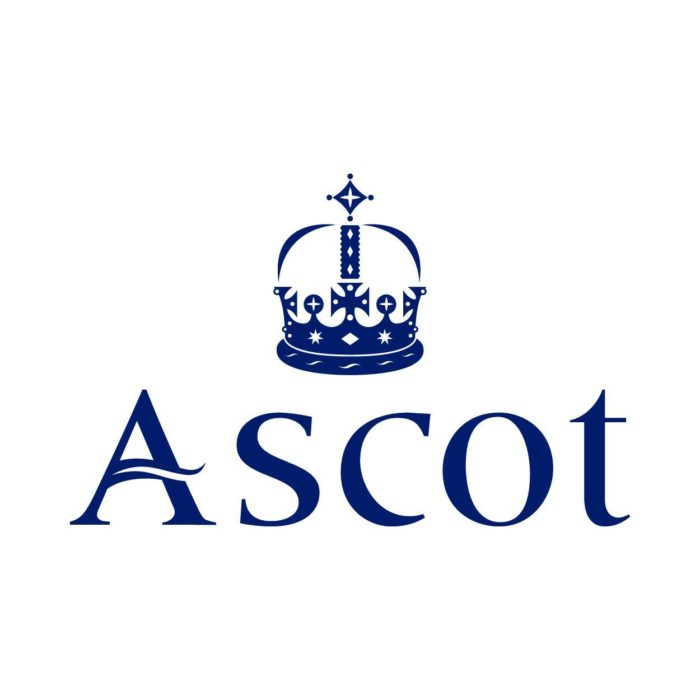Racecourses of Great Britain and Ireland
Here is an interactive map of all 84 racecourses across Great Britain and Ireland. Zoom in below (using the +/- buttons on the right hand side of the map), then simply click on the location pins at each racecourse to find out more about each site, along with links to their websites.
Worcester Racecourse
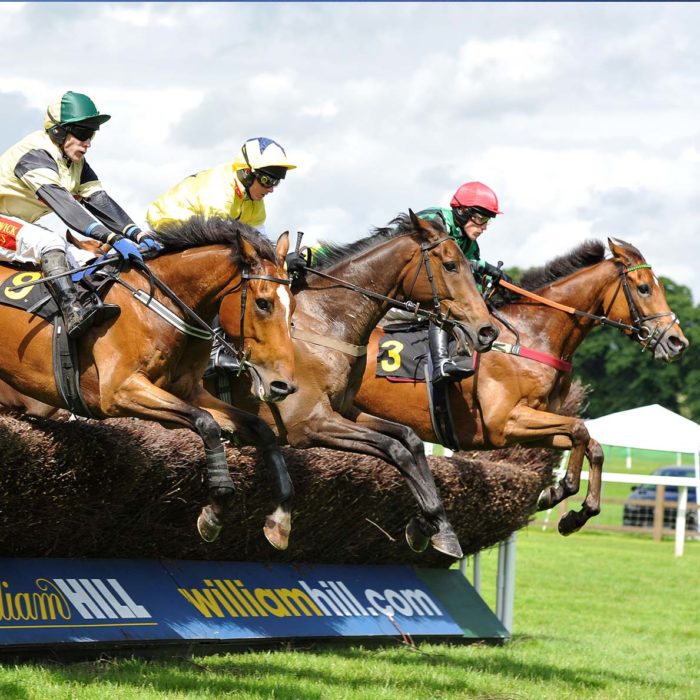
Worcester Racecourse has a left-handed circuit of about one mile five furlongs and it is used for National Hunt racing.
Worcester Racecourse is located in the stunning centre of Worcester city, with views by the River Severn. This track hosts 21 annual jump racing fixtures between April and October, featuring their glamorous Ladies Day in June. With over 300 years of racing history, starting at a place known as Pitchcroft, Worcester Racecourse is known for its strong sporting atmosphere.Did you know that... most meetings are now held during the summer months, even though Worcester Racecourse is used for National Hunt. This is due to the racecourse being adjacent to the River Severn, which is prone to flooding.
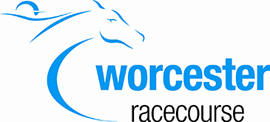
Wolverhampton Racecourse
 Wolverhampton racecourse has a left-hand track with a circuit of one mile in circumference.
Wolverhampton racecourse has a left-hand track with a circuit of one mile in circumference.
Racing in Wolverhampton dates back to 1825, with today's Racecourse attracting 120,000 annual visitors to 80 race meets and other events, including music. The venue has been renovated to a high quality, becoming the first track in Britain with the installation of floodlights, suitable for popular evening meets.
Did you know that... Wolverhampton racecourse is one of the only tracks in the UK to have an onsite hotel.
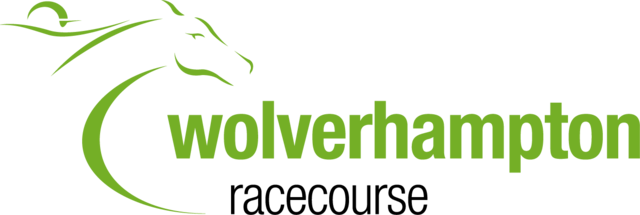
Wincanton Racecourse
 Wincanton racecourse has a right-handed track with a circumference of one mile and three furlongs.
Wincanton racecourse has a right-handed track with a circumference of one mile and three furlongs.
Deemed a great test for chasers, Wincanton Racecourse puts riders to the test with large steeplechases, attracting fans of high-quality jumps racing. The beautiful course hosts 17 fixtures between October to May, with key events including the Badger Chase Raceday in November and the Kingwell Hurdle Day in February plus the unforgettable family Boxing Day raceday.
Did you know that... there are nine fences per circuit at Wincanton racecourse.

Wexford Racecourse
 Wexford Racecourse has a left-handed course of one mile and four furlongs which features National Hunt racing.
Wexford Racecourse has a left-handed course of one mile and four furlongs which features National Hunt racing.
Wexford racecourse located on the outskirts of Wexford town has easy access to all major roadways. Its frequented for its popular Friday evening meets held during the summer season. Holding 11 fixtures a year, this course attracts visitors looking for a relaxing evening in the sunny southeast of Ireland.
Did you know that... the course changed its direction from a right-handed to a left-handed course. Many jockeys and trainers have stated that this has made Wexford Racecourse into a much better venue for jumps racing.

Wetherby Racecourse
 Wetherby racecourse has a left-handed track that is used for National Hunt and Flat racing.
Wetherby racecourse has a left-handed track that is used for National Hunt and Flat racing.
Home of the Charlie Hall Chase, one of the first main chase races of the entire UK jumps season. It is essentially a relaxed course, with no fixed dress code. Horse racing in Wetherby was first took place on Scaur Bank (now officially known as King George V playing fields, although still most commonly referred to as 'Scaur Bank' or 'The Ings'). In 1891 racing moved to a new site situated off York Road. From the 1920s to the 1950s the racecourse was served by Wetherby racecourse rail station.
Did you know that... racing historian J.Fairfax states that the first ever race meeting in England was held near Wetherby in AD206. The races involved Arab horses used for chariot races before a Roman audience.
Warwick Racecourse
 Warwick racecourse has a left-handed track that is used for National Hunt racing.
Warwick racecourse has a left-handed track that is used for National Hunt racing.
19 exciting days of quality jump racing. Classic Chase, Kingmaker Novices' Chase, September through until May. Next to Warwick Castle a comfortable, welcoming environment. excellent raceday packages with something for everybody. The first racecourse to stage a hurdle race as part of a race card in 1831, effectively establishing jump racing as a sport. Warwick racecourse is the sixth oldest in the world, with racing at the track dating back to 1707 .
Did you know that... the famous Red Rum ran at Warwick once - competing on the flat in his early career, before his jumping abilities unfolded.
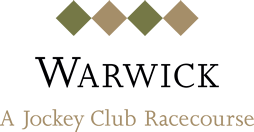
Uttoxeter Racecourse
 Uttoxeter Racecourse has a track that is 1 mile and a quarter in circumference with 8 fences. This course is only used for National Hunt racing.
Uttoxeter Racecourse has a track that is 1 mile and a quarter in circumference with 8 fences. This course is only used for National Hunt racing.
It is a traditional racecourse nestled in rural Staffordshire, proudly known for being a countryside track. Each year Uttoxeter hosts at least 25 diverse fixtures.
Did you know that... back in 1952 a total of 12,000 people turned up for the Midlands Grand National meeting. Shortly after, it was closed for the world wars.
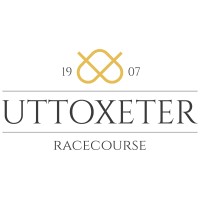
Tramore Racecourse
 Tramore Racecourse has a right-handed square which is seven furlongs in length. The course is used for National Hunt and flat racing.
Tramore Racecourse has a right-handed square which is seven furlongs in length. The course is used for National Hunt and flat racing.
Racing at Tramore in County Waterford was originally held on a beach - in fact, the name “Tramore” is Gaelic for “Long Strand”. The racecourse has the global distinction of having hosted the very first horse race of the current millennium, the Mean Fiddler Handicap Steeplechase, which was run on New Year’s Day in the year 2000. Situated just above the town of Tramore and boasts fine panoramic views of Tramore Strand.
Did you know that... the 4 day August Festival at Tramore has top-class thoroughbred racing with some of Ireland's leading trainers, jockeys, and owners in attendance.
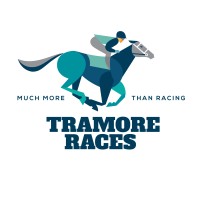
Thurles Racecourse
 Thurles Racecourse has a right-handed track of one mile and two furlongs. The course is used for National Hunt and flat racing.
Thurles Racecourse has a right-handed track of one mile and two furlongs. The course is used for National Hunt and flat racing.
Race meets are famously held at Thurles Racecourse during the winter season between October and March due to its free-draining turf, making it a reputable trial for Cheltenham hopefuls. This is the only privately-owned track in the country and is located only a few kilometers from the town centre.
Did you know that... Thurles is known to be a crucial preparation course for those horses heading to Cheltenham. Kinloch Brae winners of 2016, Don Cossack, and 2017, Sizing John, have gone on to win the Cheltenham Gold Cup.
Thirsk Racecourse
 Thirsk Racecourse has a left-handed oval track with a ten furlongs circuit. The course is only used for flat racing.
Thirsk Racecourse has a left-handed oval track with a ten furlongs circuit. The course is only used for flat racing.
Thirsk Racecourse is frequented for the competitive 15 days of fabulous race meets with the William Hill Thirsk Summer Cup in July. Charming and beautiful surrounds of one of the country’s prettiest racecourses, warm and welcoming beautifully maintained paddock idyllic country charm, North Yorkshire within beautiful grounds and well manicured lawns. This venue is set amongst historic buildings which offer a romantic, fairy-tale backdrop with views across the renowned ‘Herriot Country’. The Cliff Stud Thirsk Hunt Cup May; Thirsk's most historic race dating back to 1859.
Did you know that... the Second World War caused many race meetings to be abandoned, however, the 1940 St Leger classic, which was won by Turkham and ridden by Sir Gordon Richards, was saved and held at Thirsk Racecourse.
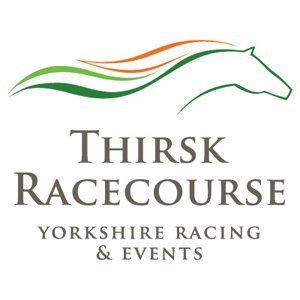
Taunton Racecourse
 Taunton Racecourse is used for National Hunt racing. The course has a right-handed track with a full circuit of one mile and a quarter.
Taunton Racecourse is used for National Hunt racing. The course has a right-handed track with a full circuit of one mile and a quarter.
Found in the beautiful Somerset countryside, Taunton was one of the youngest racecourses of the UK until 2008, however records of racing in the region date back to the 18th century. The racing season consists of 15 race-meets a year, with the highlight race of the Audrey Chudleigh Memorial Handicap Hurdle, set against the wooded slopes of the Blackdown Hills.
Did you know that... the first meeting was held on 21st of September 1927, and the first race the "Shoreditch Selling Hurdle" was won by Baalbek.
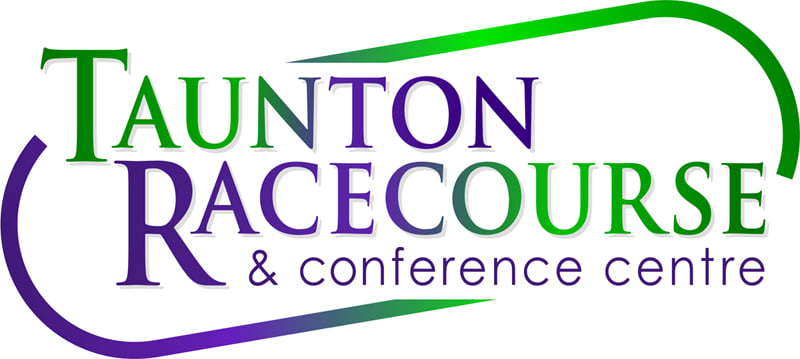
Stratford-Upon-Avon Racecourse
 Stratford-Upon-Avon racecourse has a left-handed track that is used for National Hunt racing.
Stratford-Upon-Avon racecourse has a left-handed track that is used for National Hunt racing.
Located in the heart of Shakespeare's hometown, Stratford-Upon-Avon hosts a range of events to accommodate from novice to expert horseracing fans, to tourists and families - with 14 annual race meets there is something for everyone to enjoy. Set with a beautiful picnic area in the centre, there is plenty to explore when visiting this quaint, historic venue.
Did you know that.. there is also a two-day hunt, 'The Champion Hunter Chase', that takes place at Stratford-Upon-Avon.
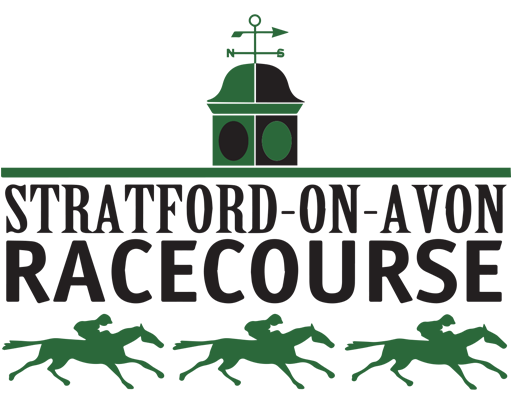
Southwell Racecourse
 Southwell Racecourse has two tracks with an All-Weather and a Turf course.
Southwell Racecourse has two tracks with an All-Weather and a Turf course.
With the current 19 race meets, highlighting with the All-Weather Championships, Southwell Racecourse is the only track in the UK with a Fibresand surface as well as being the first European racecourse to be lit using LED technology - this premier racing venue is ready to host racing year-round no matter the weather.
Did you know that.. successful female jockey Hayley Turner was born in this area and even had her first race at Southwell.

Sligo Racecourse
Sligo Racecourse has a right-handed track with a full circuit of one mile. The course is used dual purpose with flat and National Hunt racing.
Sligo Races are frequented by thousands every year for its range of atmospheres - from the easy-going Family Day, the sophisticated and glamourous Belfry Day to the excited and vibrant Student Day. This racecourse takes pride in their dedication and passion for horseracing, holding 9 evening meets through the summer - making it a scenic country venue, located close to Sligo Town Centre.Did you know that... Sligo is a tourist destination too, partly thanks to the wonderful scenery surrounding the area. It is known for being one of the most picturesque racecourses in Ireland.
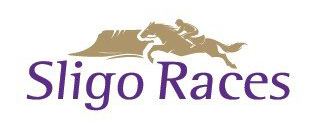
Sedgefield Racecourse
 Sedgefield Racecourse is a left-handed racecourse that is used for National Hunt racing.
Sedgefield Racecourse is a left-handed racecourse that is used for National Hunt racing.
Renown for its friendly and welcoming atmosphere, Sedgefield Racecourse is fittingly set in the serene countryside of County Durham, accessible from the A1. This racecourse currently hosts 11 annual meets, providing a relaxing day for race fans, with highlights including The Durham National and the Boxing Day Racing.
Did you know that... there is a 3 furlong run to the winning post after jumping the last obstacle. Additionally, in the past Sedgefield had the longest home run within the UK. This was even longer than the Grand National.
Salisbury Racecourse
 Salisbury Racecourse has a right-handed track that is used for flat racing.
Salisbury Racecourse has a right-handed track that is used for flat racing.
There is a choice of three enclosures at Salisbury Racecourse. Each enclosure has a view of the racecourse from a lawn area or covered steppings in the various stands; betting facilities for both pool betting and with bookmakers; nearby car parking; racecard selling points; bars and catering outlets – everything you need for a great social occasion!
Additionally, Salisbury is one of the oldest known racing centres in England, and records show racing events taking place here from the 16th century.
Did you know that... the great Lester Piggot had his first-ever ride at Salisbury in 1948 ( he was only 12 years of age, and weighed just over 5 stone), and Steve Cauthen also made his debut here in 1979.

Roscommon Racecourse
Roscommon Racecourse has a right-handed track of 1 mile 2 furlongs in length. It is used for both National Hunt and flat racing.
Roscommon Racecourse is a hugely popular and well-attended venue in the west of Ireland. The summer track hosts during May and September. However, the majority of the meetings are held in the evening and are popular with locals and tourists, featuring the Lenabane Stakes in the stand-out event and the Kibegnet Novice Chase. The racecourse is situated only minutes from Roscommon Town Centre on the Castlebar Road.Did you know that.. the British military was first to organise a meeting in Roscommon in 1837.

Ripon Racecourse
 Ripon Racecourse is used for flat racing with a right-handed oval track of 1 mile 5 furlongs.
Ripon Racecourse is used for flat racing with a right-handed oval track of 1 mile 5 furlongs.
Described as Yorkshire’s Garden Racecourse, Ripon Races has hosted exciting, prestigious and enjoyable racing in the country for over 300 years. Ripon Racecourse never fails to impress with its outstanding backdrop, exciting atmosphere and being situated in one of the country’s most beautiful and historic cities, boasting a market that is centuries old.
Did you know that... the biggest race at Ripon is the Great St.Wilfred, which is a sprint race held in August.
Redcar Racecourse
 Redcar Racecourse is a flat racing venue with a left-handed track and a distance of one mile and three quarters.
Redcar Racecourse is a flat racing venue with a left-handed track and a distance of one mile and three quarters.
Hosting 18 race meetings from April to November, experience the thrills of a day at the races - colour, excitement, atmosphere, passion and drama set in 80 acres within easy reach of Redcar High Street. Redcar Racecourse is easily accessible by road, rail and air and has ample free parking.
Did you know that... the biggest race at Redcar takes place in October, 'The Zetland Cup', and this is worth £150,000.

Newcastle Racecourse
 Newcastle Racecourse is used for flat and National Hunt racing. The track is a left-handed circuit of 1 mile 6 furlongs.
Newcastle Racecourse is used for flat and National Hunt racing. The track is a left-handed circuit of 1 mile 6 furlongs.
With over 60 race meetings a year, Newcastle Racecourse is one of the busiest racecourses in the UK and is a Grade 1 dual-code track. It lies within the 812 acre estate of High Gosforth Park, and is only 5 miles from Newcastle City Centre. First-class racing includes the Eider Chase in February, the historic Northumberland Plate Festival.
Did you know that... the highlight of the year at Newcastle Racecourse is the Northumberland Plate festival held in June. It is often referred to by locals as "The Pitmans Derby" - and when it was introduced, all the local miners were given a holiday in celebration of the race?
Punchestown Racecourse
 Punchestown Racecourse has two courses, the hurdle course which is one mile six furlongs in distance and the chase course which is 2 miles.
Punchestown Racecourse has two courses, the hurdle course which is one mile six furlongs in distance and the chase course which is 2 miles.
Most famously known as the centre of Ireland's jump racing, Punchestown Racecourse hosts 17 races a year, renowned around the world for their high-class fixtures. The season ends with the high-spirited Punchestown festival, often allowing racegoers to catch a final spectacle of the National Hunt racing stars in a showcase before the summer break.
Did you know that... Punchestown has the only cross-country banks course in Ireland?
Pontefract Racecourse
 Pontefract Racecourse has a left-handed track with a full circuit of about 2 miles
Pontefract Racecourse has a left-handed track with a full circuit of about 2 miles
Hosting 16 race meets throughout the summer, Pontefract Racecourse is home to the highlight of the season, Pontefract Castle Stakes. Unique for having the longest continuous track circuit in the country - the track was originally horse-shoe shaped, before being extended in 1983. During WWII, Pontefract was one of only 2 racecourses that could operate in North England.
Did you know that... the track at Pontefract has a complete circuit with no gaps or chutes making it the longest continuous racetrack in Europe with a distance of over 2 miles?
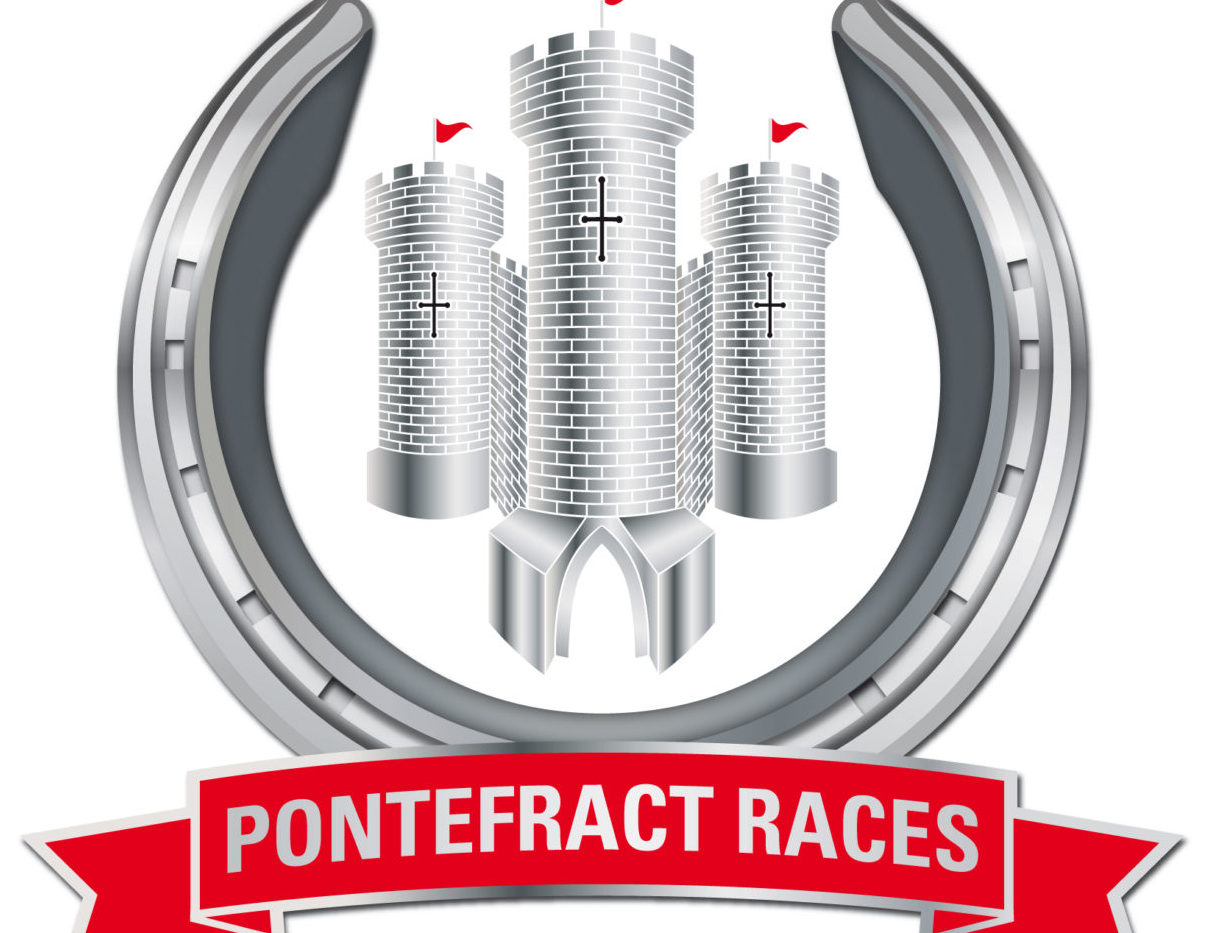
Plumpton Racecourse
 Plumpton Racecourse has a left-handed track with a circuit of just over 1 mile.
Plumpton Racecourse has a left-handed track with a circuit of just over 1 mile.
The course is framed in a stunning Sussex South Downs countryside backdrop, with a testing, hilly track - providing a real test for both horses and riders. Hosting 17 National Hunt race meetings from September to May, the course features the Sussex Champion Hurdles and the Sky Sports Racing Sussex National, drawing crowds from all over with easy access to the course in the heart of the beautiful countryside.
Did you know that... Racing legend Tony McCoy rode his record 3,000th winner at Plumpton in 2009 on Restless d'Artaix?
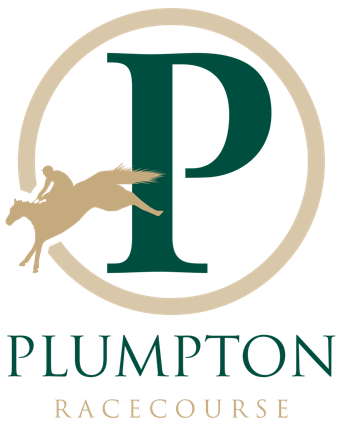
Perth Racecourse
Perth Racecourse has a right-handed circuit that is 1.25 miles long.
Perth racecourse is set in the beautiful parklands of Scone Palace and hosts National Hunt racing. It is Scotland’s northernmost course, hosting 120 events ranging from daytime, evening and twilight fixtures held between April and September.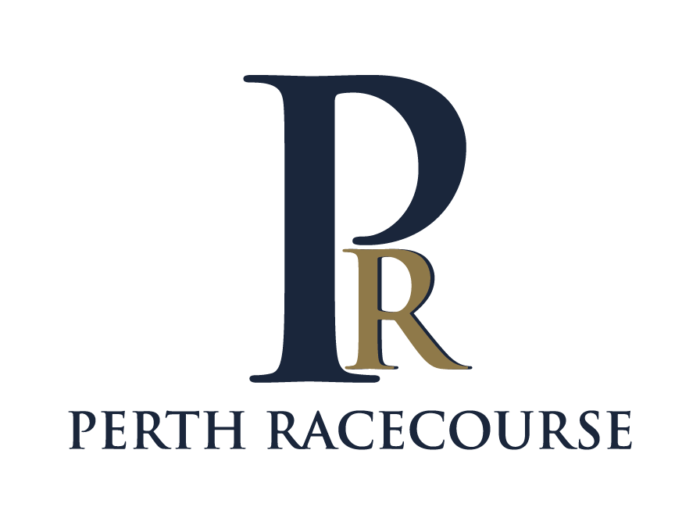
Did you know that... the racetrack is situated near Scone Palace, where the medieval Kings of Scotland were crowned?
Nottingham Racecourse
 Nottingham Racecourse is used for Flat racing, with a left-handed circuit of 1 mile 4 furlongs.
Nottingham Racecourse is used for Flat racing, with a left-handed circuit of 1 mile 4 furlongs.
Located in Colwick, it is the home of 23 exciting fixtures annually, including the Colwick Cup Day. Known to be one of the earliest racecourses granted a Royal Plate, racing has taken place in Nottingham as far back as 1773 in a place described as ‘Nottingham Forest’. It is truly a unique venue; the racecourse has 2 tracks inside one another, allowing adaptability for races.
Did you know that... Nottingham Racecourse was the centre of attention when Stan Mellor on Ouzo rode his 1,000th winner, which was a record for National Hunt jockeys at the time?
Newton Abbot Racecourse
 Newton Abbot Racecourse is used for National Hunt, with a left-handed circuit of 1 mile.
Newton Abbot Racecourse is used for National Hunt, with a left-handed circuit of 1 mile.
The course is located 10 miles south of Exeter Racecourse. In 1866, the present location of Newton Abbot Racecourse in Devon was purchased by local racing enthusiasts to create a space to celebrate equine sport in the region. Regular race meetings have only ever been brought to a halt twice by the outbreak of the two world wars. The end of the war was celebrated with a huge crowd of 17,500 on the August Bank Holiday in 1945. There was also a rolling winter programme of redevelopment at the racecourse; it is very different from the old days with improved facilities available each year.
Did you know that... the circuit at Newton Abbot is one of the smallest in England - just 1mile 2 furlongs?
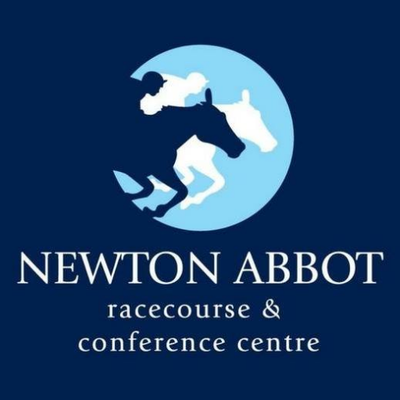
Navan Racecourse
 Navan Racecourse has a left-handed oval track of one and a half miles.
Navan Racecourse has a left-handed oval track of one and a half miles.
Navan Racecourse boasts a friendly atmosphere, thrilling live-action, and wonderful facilities - from children's areas and cafes, to bars and restaurants - avid racegoers and people new to racing are all sure to have a fantastic day. It holds 18 fixtures, across almost every month in the year, including 2 Ladies Days and a Family Fun Day.
Did you know that... on the flat, Navan has probably the biggest trial race in Ireland for the Ascot Gold Cup in the Group 3 Vintage Crop Stakes, run every May?
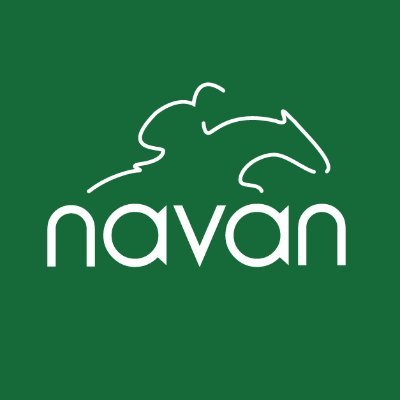
Naas Racecourse
 Naas Racecourse has a left-handed course with a distance of one mile and four furlongs in length.
Naas Racecourse has a left-handed course with a distance of one mile and four furlongs in length.
The racecourse is only 15 minutes walk from the town, has accessible transport allowing visitors to go to and from without a hassle. Hosting a range of established National Hunt trial races alongside the Grade 1 Lawlor’s of Naas Novice Hurdle in January, visitors frequent this course especially to catch high-class horses in action.
Did you know that... there have been many great equine legends at Naas, with Cottage Rake who was the last horse to win three Gold Cups? Cottage Rake also won at Naas, claiming the 1946 November Handicap, which for many years was the venue's best-known race.

Musselburgh Racecourse
 Musselburgh Racecourse is used for Flat and National Hunt racing. It has a right-handed course of 1 mile 2 furlongs.
Musselburgh Racecourse is used for Flat and National Hunt racing. It has a right-handed course of 1 mile 2 furlongs.
Established as one of the most stylish racecourses found in the UK, it offers a 5-star venue, located just 6 miles from the lively city of Edinburgh with easy transportation and free parking. Catering to every guest year-round, from the glamorous Ladies Day to action-packed family days out, visitors are sure to be delighted.
Did you know that...Musselburgh racecourse can also be used as a golf course within the grounds? This is owned and operated by the Royal Musselburgh Golf Club.
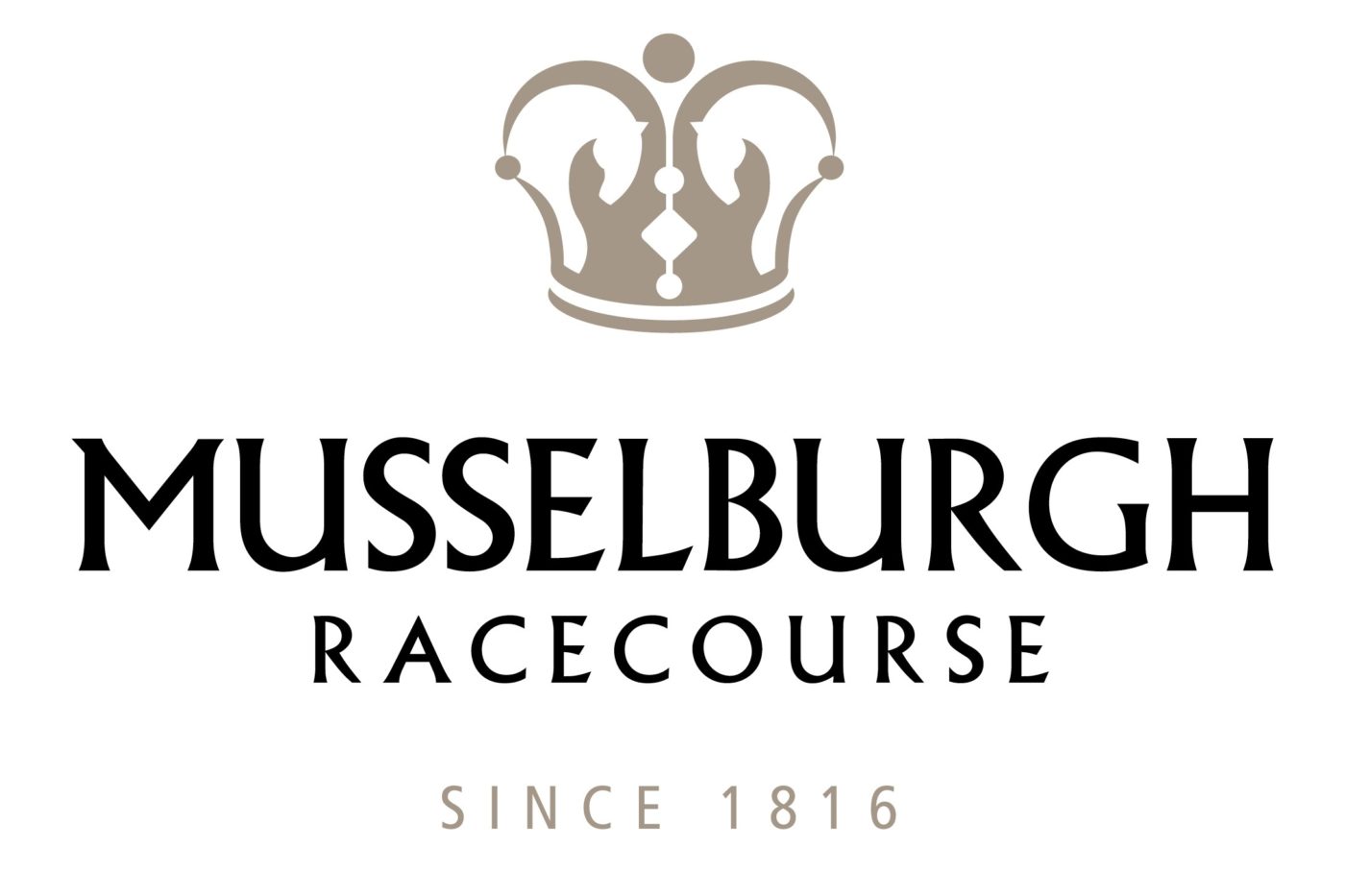
Market Rasen Racecourse
 Market Rasen racecourse is used for National Hunt, with a right-handed circuit of 1 mile 2 furlongs.
Market Rasen racecourse is used for National Hunt, with a right-handed circuit of 1 mile 2 furlongs.
Market Rasen is a fairly new track by English standards. It was opened by local enthusiasts in 1923. Priding themselves as one of the friendliest racecourses in the country, Market Rasen hosts over 20 meets every year, appealing to all types of visitors, ensuring they have a memorable day at the races. Chosen as one of the top 6 small racecourses in Britain, catching an exciting race here is not to be missed.
Did you know that... Market Rasen is the only racecourse in the whole of Lincolnshire?
Ludlow Racecourse
 Ludlow Racecourse is used for National Hunt. It has a right-handed circuit of 1 mile 4 furlongs.
Ludlow Racecourse is used for National Hunt. It has a right-handed circuit of 1 mile 4 furlongs.
Located in stunning Shropshire countryside with extensive views of the Clee Hill and beyond, it holds 16 fixtures a year. Maintaining its Edwardian character and club atmosphere, this racecourse holds history and excitement for all kinds of visitors; from dedicated race enthusiasts to families enjoying a day out.
Did you know that... Ludlow and Goodwood are the only two racecourses in the country where the horses parade anti-clockwise?
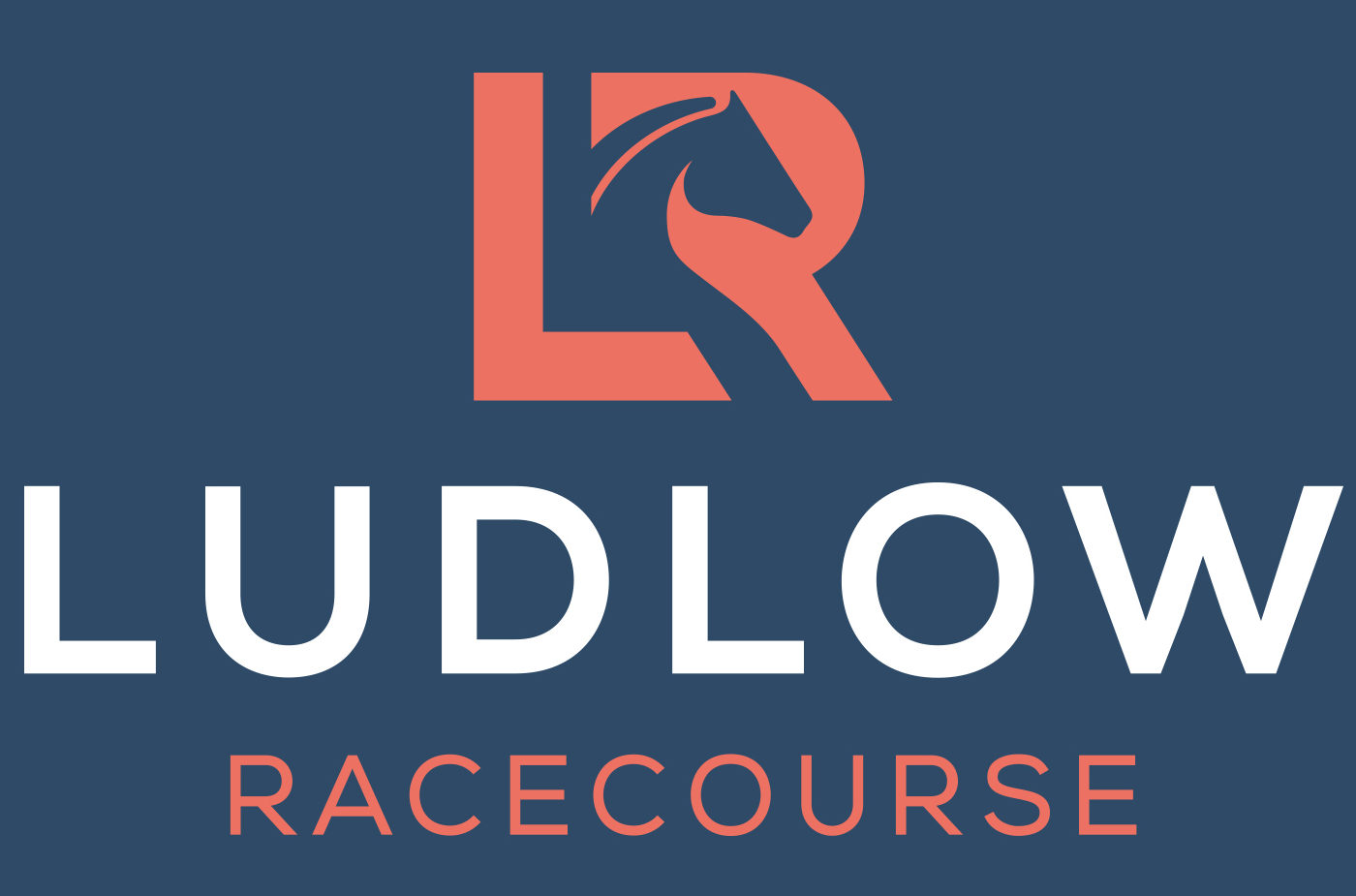
Listowel Racecourse
 Listowel Racecourse in County Kerry has a left-handed track in an oval shape with a distance of just over one mile in length.
Listowel Racecourse in County Kerry has a left-handed track in an oval shape with a distance of just over one mile in length.
This course holds 10 race meets a year, famously known for the seven-day Harvest Festival, with the Ladies Day on a Friday, gathering a range of over 26,000 spectators every year. The local heritage market town cherished by locals and tourists, with plenty to see, makes a trip to Listowel a well-rounded adventure.
Did you know that... the most valuable race run at Listowel is the Guinness Kerry National? It is run on the Wednesday of the Harvest Festival over a distance of 3 miles and is worth €200,000 in prize money. Previous winners include the Aintree Grand National winner, Monty's Pass.
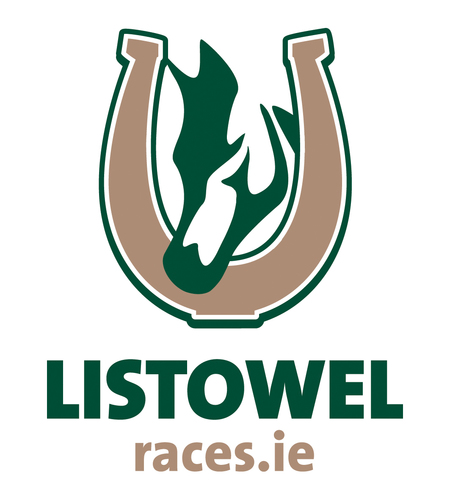
Limerick Racecourse
 Limerick is a right-handed track in an oval shape with a distance of 11 furlongs.
Limerick is a right-handed track in an oval shape with a distance of 11 furlongs.
Having been relocated 7 times since 1790, Limerick Racecourse is now found on an old stud farm of 400-acres, on the outskirts of Limerick City. A highlight is the Munster National in October, filled each year with loyal customers looking for great fun, high fashion, and action-packed racing. There is both Flat and National Hunt racing at Limerick.
Did you know that... the biggest race at Limerick is the Faugheen Novice Chase which is grade 1?
Leopardstown Racecourse
 Leopardstown has a left-handed track that is oval in shape with a distance of one mile and six furlongs.
Leopardstown has a left-handed track that is oval in shape with a distance of one mile and six furlongs.
Located at the foot of the Dublin mountains, only 6 miles from Dublin town centre, Leopardstown Racecourse provides a quality environment full of all the fun and excitement of horse racing. The 220-acre estate, modeled after Sandown Park Racecourse, hosts 23 race meets through the year including the Dublin Racing Festival.
Did you know that... the Irish Champion stakes is one of the World Series of Racing? It is held every September and attracts the cream of racing thoroughbreds.
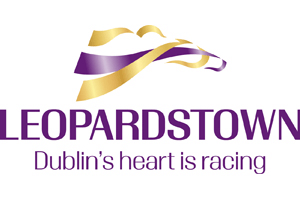
Laytown Racecourse
 At Laytown, The Strand course is a straight near-level course over seven furlongs in distance.
At Laytown, The Strand course is a straight near-level course over seven furlongs in distance.
Laytown Races takes place once a year, drawing crowds from across the world. On the morning of the race, the racecourse is set up as the tide recedes - allowing for six races. Racegoers can catch the action from an elevated field over The Strand, with temporary marquees acting as the weighing room, the jockeys’ room, bars, and restaurants.
Did you know that... Laytown racecourse is the only racing event run on a beach under the Rules of Racing.
Killarney Racecourse
Killarney has a left-handed track, with a circuit of one mile and two furlongs in circumference.
The atmosphere of the local town welcomes tourists who visit the venue as part of a tour of the quaint town. The visit involves catching high-class racehorses in action at the races including the Kingdom Gold Cup, the Cairn Rouge Stakes, and the Ruby Stakes on the flat. Additionally, there is National Hunt racing at Killarney. Did you know that... Killarney holds 11 meetings each year which are separated into three festivals in May (3 days), July (4 days), and August (4 days).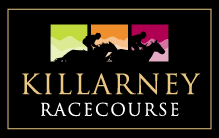
Kilbeggan Racecourse
Kilbeggan Racecourse has a right-handed track with a distance of 1 mile and 1 furlong with an uphill run to the finish.
Located in County Westmeath, Kilbeggan is an Irish National Hunt racecourse. Meets are held from April to September. Kilbeggan's most notable race is the AXA Farm Insurance Midlands National Handicap Chase which is a trial for the Galway Plate alongside other races.Did you know that... Kilbeggan is Ireland's only all National Hunt racecourse.
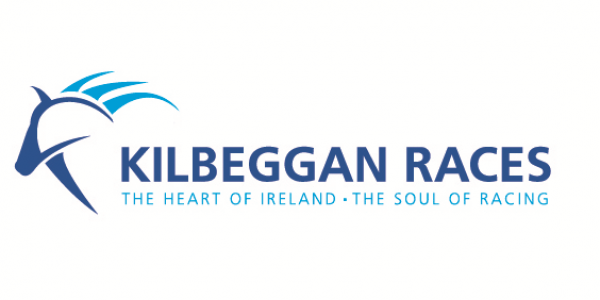
Kelso Racecourse
Kelso Racecourse has an oval circuit of 1 mile and 3 furlongs.
Taking pride in being Britain's friendliest racecourse, Kelso was voted the 'Best Small Course' in Scotland and the North of England by the Racegoers Club in 2007, 2012, and 2014. The racecourse hosts 13 fixtures, mostly on weekends betweet September and May.Did you know that... Kelso hosted flat racing, until 1888. Now it is only used for National Hunt racing.
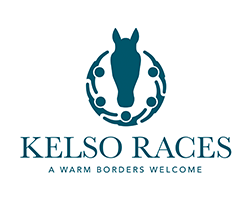
Huntingdon Racecourse
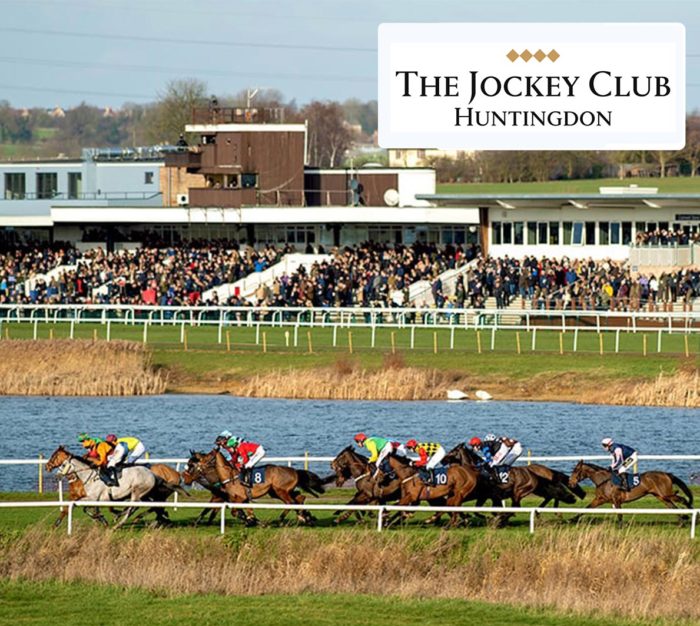
Huntingdon Racecourse is a right-handed circuit of 1 mile 4 furlongs, used for National Hunt racing.
Huntingdon Racecourse was recently voted 'Best Small Racecourse' in East Anglia and South Midland. The site incorporates Brampton Racecourse, a preserved grassland habitat that is a Site of Special Scientific Interest. The racecourse has 18 fixtures from August to May including the Peterborough Chase, where young contenders can be identified before the championship races at the Cheltenham Festival.Did you know that... the busiest race days at Huntingdon are the Boxing Day meeting, and the Grade 2 Peterborough Chase race day.

Hexham Racecourse
Hexham Racecourse is a right-handed circuit of 1 mile and 4 furlongs and is used for National Hunt Racing.
Hexham Racecourse is situated in a breath-taking natural amphitheatre, surrounded by magnificent countryside. As well as being closely connected to the local community, Hexham is a first-class venue for regular race-goers, hosting 15 race meetings throughout the year as well as a range of popular weekend and evening events.Did you know that... during the second world war, Hexham was selected, due to its remoteness, as an ammunition site, and requisitioned to help the war effort.
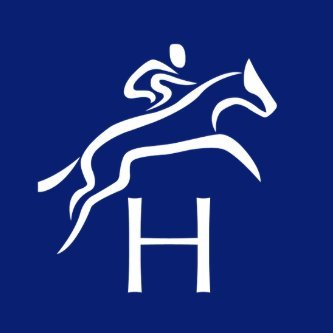
Hereford Racecourse
 Hereford Racecourse is a right-handed course of about 1.5 miles, used for National Hunt racing.
Hereford Racecourse is a right-handed course of about 1.5 miles, used for National Hunt racing.
With stunning views towards the mountains of Wales, Hereford Racecourse is situated amidst beautiful landscapes on the edge of the city. The course hosts race fixtures and events all year round, including trainers starting their horse’s careers, or preparing for major festivals later in the year.
Did you know that... Hereford Racecourse also hosts the occasional Harness Racing fixtures.
Haydock Park Racecourse
 Haydock Park Racecourse is a left-handed circuit of 1 mile and 5 furlongs.
Haydock Park Racecourse is a left-handed circuit of 1 mile and 5 furlongs.
Known for world-class flat racing and extravagant events, Haydock Park Racecourse, is a bustling venue located in stunning woodland, between Manchester and Liverpool. The racecourse is considered one of the most used in the country, with 32 race days a year.
Did you know that... the biggest race at Haydock Park is the Group 1 Haydock Sprint Cup.
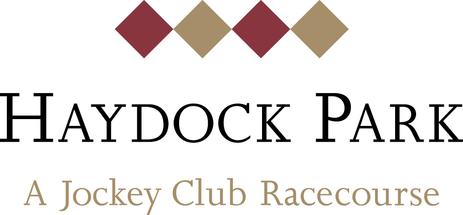
Hamilton Park Racecourse
Hamilton Park Racecourse has a right-handed track with a full circuit of 1 mile and 5 furlongs.
Set in the scenic countryside, south of Glasgow, Hamilton Park Racecourse is considered one of the most charming courses in the U.K. It was the first racecourse in the U.K. to host evening and morning racing. The racetrack attracts thousands of flat-racing fans during its racing season from May to October, and is noted for mixing good quality racing with glamour and entertainment.Did you know that... Sophie Ellis-Bextor, Jason Donovan, Pixie Lott, Alesha Dixon, and Dannii Minogue have all performed at Hamilton Park.
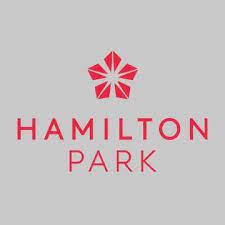
Great Yarmouth Racecourse
 Great Yarmouth Racecourse is proud of its racing heritage, dating back over 300 years.
Great Yarmouth Racecourse is proud of its racing heritage, dating back over 300 years.
The left-handed track is oval in shape and about 1 mile 5 furlongs in circumference. Each summer there are 23 flat races that attract top jockeys and horses. The course was originally located by Nelson’s Monument in South Denes, as the railways boosted its popularity. It moved to North Denes in 1920 to make way for the booming fishing industry.
Did you know... Great Yarmouth is recognised as the third busiest English seaside town for holiday-makers after Blackpool and Brighton.
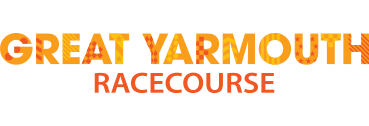
Gowran Park
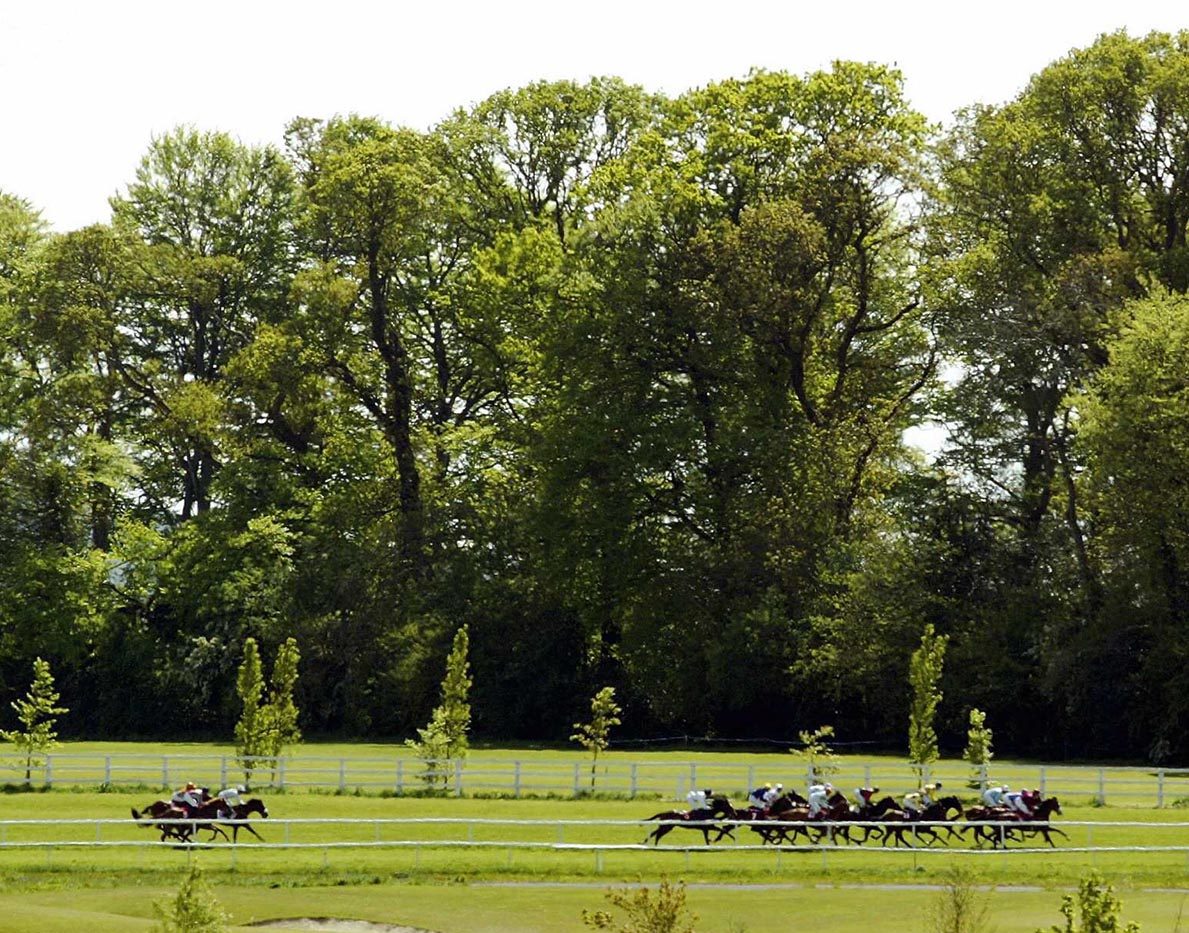
Gowran Park is a Grade 1 course that stages top-class National Hunt racing.
Gowran Park has an oval course that is a mile and a half in length. The course held the first-ever horseracing commentary in 1952 as well as hosting the first televised race. Gowran Park is known to provide top-class racing all year-round. There are 16 fixtures held annually that are spread evenly across the year, providing a steady stream of racing. There’s a mix of both Flat and National Hunt racing, which largely takes place during the Summer and Winter. The most famous races at Gowran Park are the Goffs Thyestes Day and Red Mills Day which take place each year.Did you know that... the biggest race at Gowran Park is the Thyestes Chase meeting which is held in January.
Galway Racecourse
For over one hundred years of racing at Ballybrit, the Galway Races has had a long and exciting history, becoming one of the most famous tracks in the world.
It has a right-handed course of 10 furlongs with a sharp descent to the turn-in and an uphill finish of two furlongs The Galway Races is deeply cherished and is recognised as the greatest mid-summer festival in Ireland. Attracting over 150,000 local to international race lovers, the week-long festival is a yearly experience of racing mixed with good old Irish craic. The Summer Festival is the highlight of the business year for most local businesses as crowds and horses flock from all over the world to attend one of the world's biggest race meetings.Did you know... that Pope John II visited Galway Racecourse in 1979.
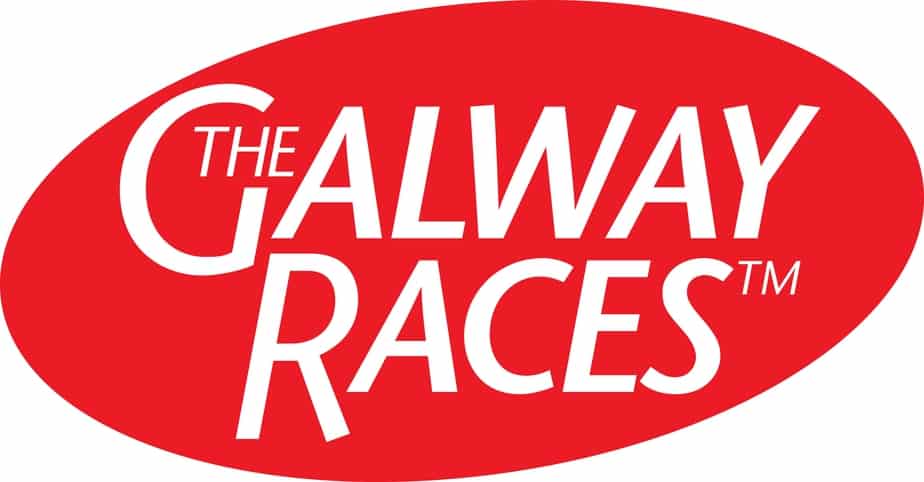
Fontwell Park Racecourse
 Fontwell Park is located in an impressive setting between Chichester and Arundel.
Fontwell Park is located in an impressive setting between Chichester and Arundel.
The racetrack is a left-handed Circuit of just 1 mile, with an oval hurdles course. It is rich in horseracing history, with the Queen Mother often visiting. She even had her first-ever winner, a horse called Monaveen at Fontwell Park in 1949. Today, many spectators come to Fontwell to view National Hunt racing.
Did you know that... Fontwell Park is one of the only tracks in the UK with 8 jumps.
Ffos Las Racecourse
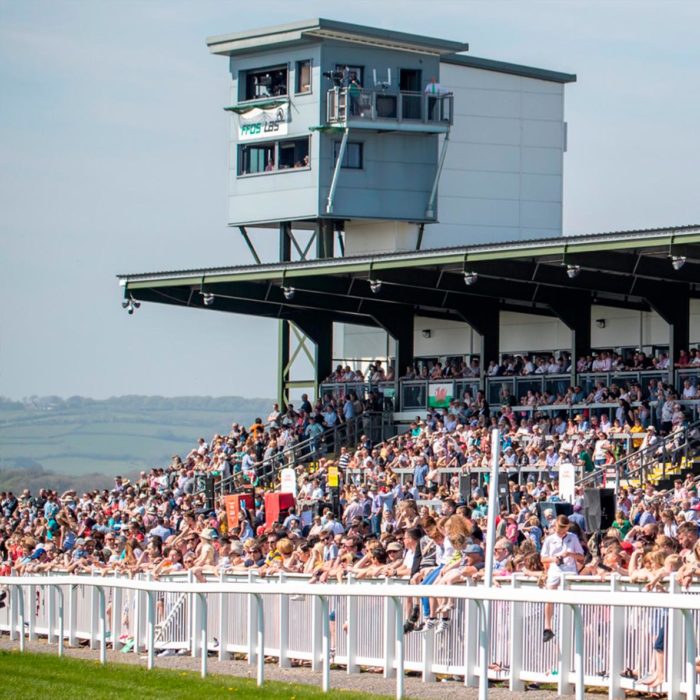
Ffos Las, meaning 'blue ditch', was once a coal mine nestled between the old mining villages of Trimsaran and Carway.
The track is oval in shape, about 1.5 miles in circumference with easy bends and long straights. Ffos Las hosts flat racing and National Hunt fixtures throughout the year. The course is near Gwendraeth Valley and Carmarthen Bay, giving racegoers an amazing view. The course was officially opened in 2009.Did you know that... Ffos Las was the first National Hunt racecourse to be opened in the UK for more than 80 years.
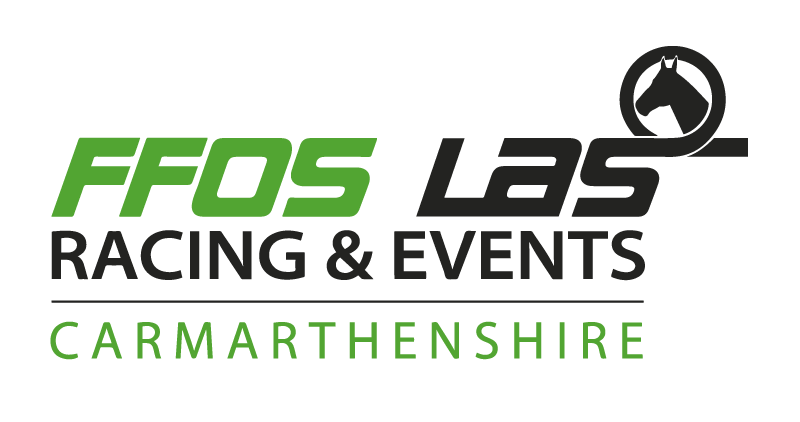
Fakenham Racecourse
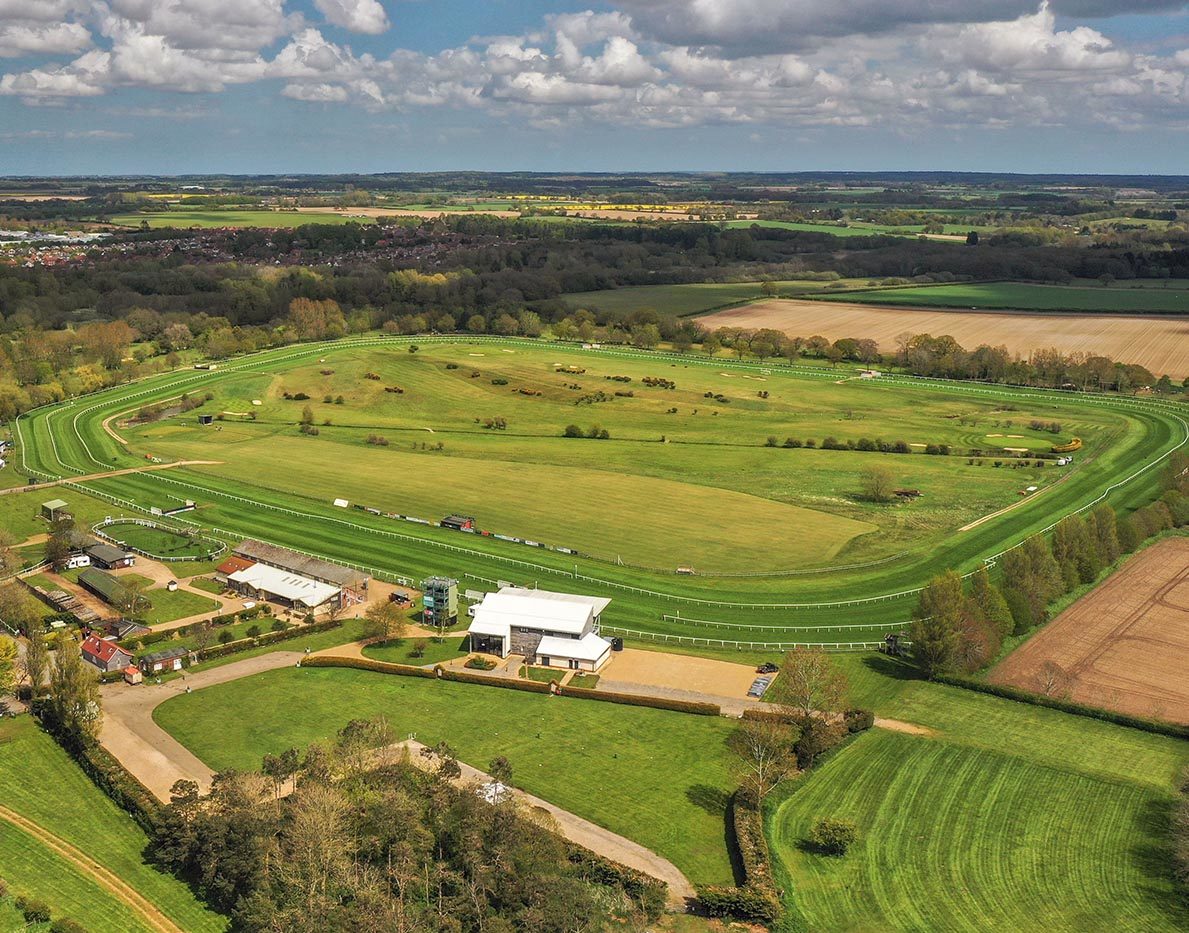
Fakenham Racecourse is a left-handed track with a distance of just over 1 mile.
Fakenham Racecourse has many tight corners and bends, giving fans an intense race to watch. It is the only race track that holds National Hunt meetings in Norfolk. King Edward VII and Her Majesty the Queen were Patrons of the course. HRH The Prince of Wales has been Patron since January 1st 2000.
Did you know that... Fakenham racecourse is also a venue for the West Norfolk Hunt's Point to Point.
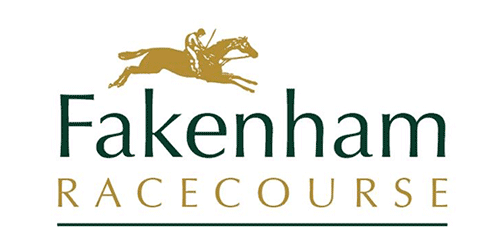
Fairyhouse Racecourse
 Fairyhouse Racecourse is a right-handed circuit over 1 mile and 6.5 furlongs. It has a 2.5 furlong straight and a slight uphill finish.
Fairyhouse Racecourse is a right-handed circuit over 1 mile and 6.5 furlongs. It has a 2.5 furlong straight and a slight uphill finish.
Welcoming visitors since 1848, this racecourse is one of Ireland's premier horse racing venues. The course first hosted the Irish Grand National, in 1870.
Did you know that.. Fairyhouse racecourse hosts both the Irish Grand National and Irish Gold Cup and races have featured the famous racehorses Desert Orchid, Prince Regent and Persian War.
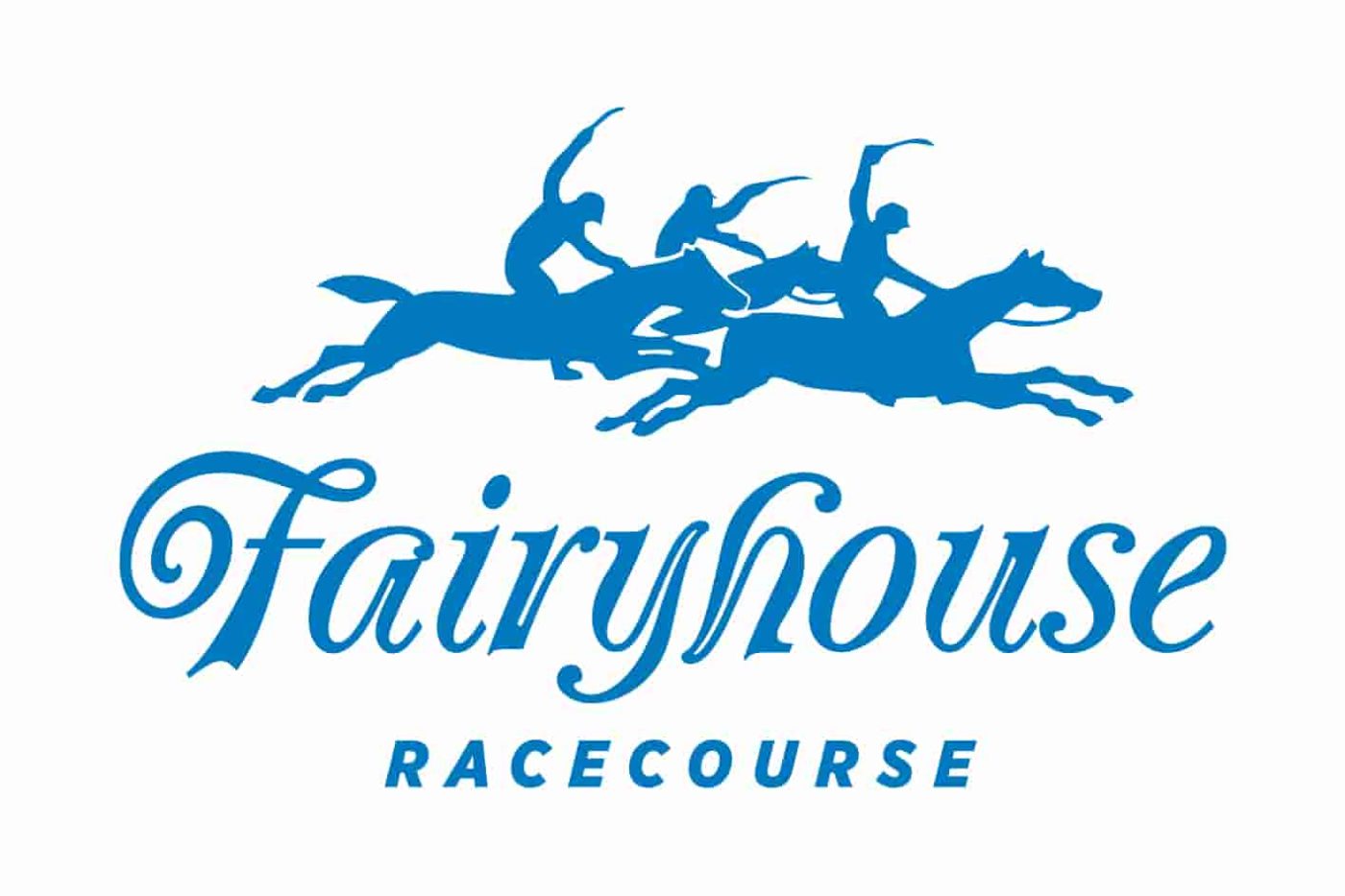
Exteter Racecourse
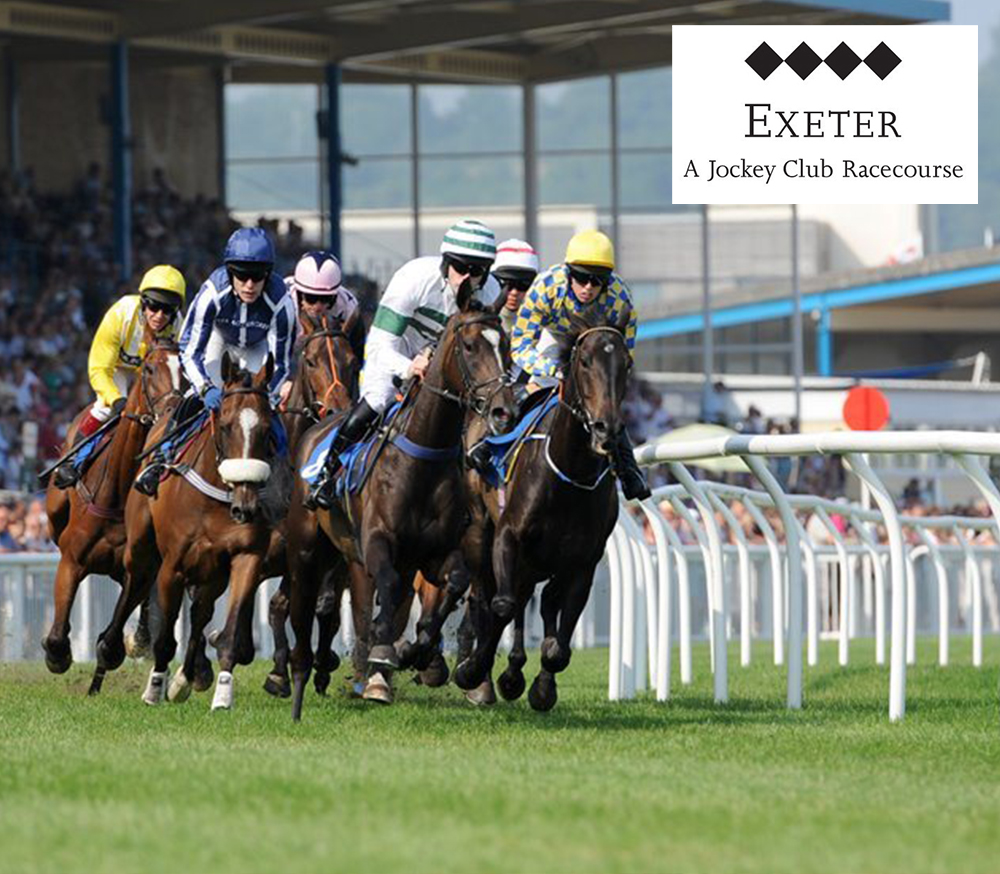
Exeter Racecourse is surrounded by exquisite Devon countryside. The length of the course is three miles.
One lap includes eleven fences, two of which are open ditches and one a water jump. Exeter is also the home of the Haldon Gold Cup. This course is described as one of UK's most progressive racecourses for its advanced facilities and transport links used to align with the competitive racing season. Today, Exeter hosts 17 jump racing fixtures each year, and there is not flat racing here.Did you know that... racing has been established at Exeter for longer than 350 years.
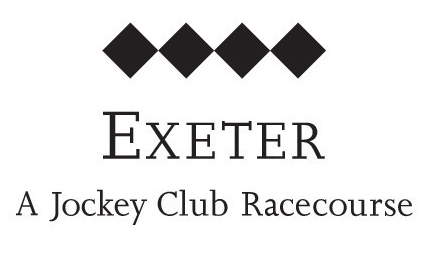
Dundalk Racecourse
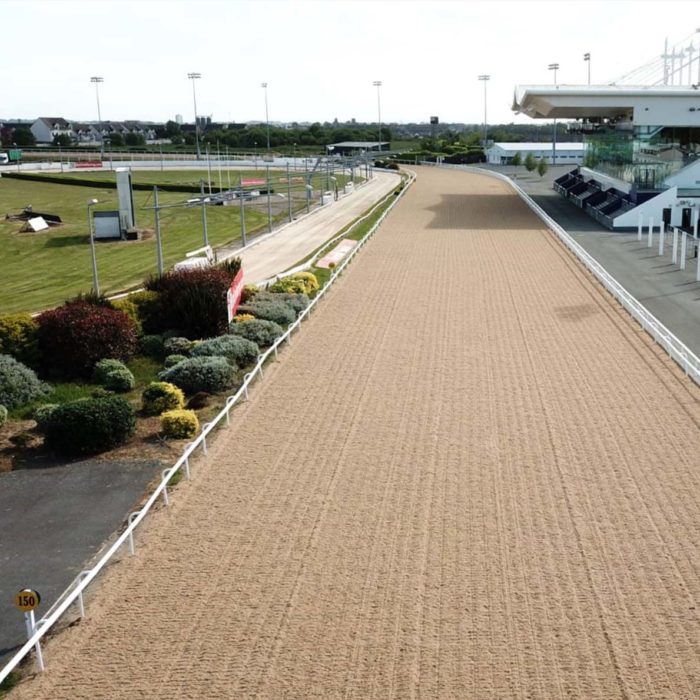
Dundalk is also known as Dundalk Stadium. The course is left-handed with an oval shape. The distance of the course is one mile and four quarters.
The stadium is located just outside of the pleasant Dundalk Town, off the M1 - the main road between Dublin and Belfast - making it easy for race enthusiasts to get to. Additionally, this track is Ireland's first and only all-weather racecourse. Today this course is just used for flat racing. The turf racecourse was mainly used for the National Hunt events, and this was closed in 2001.Did you know that... Dundalk is one of the first tracks to have floodlights and it is Europe's only dual-purpose race track for both racehorses and greyhounds.
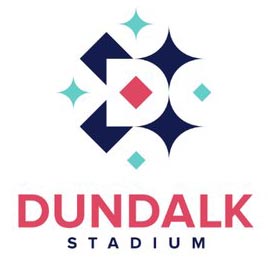
Down Royal Racecourse
 Racing at Down Royal has an extensive and interesting history, but what is of even more interest is the range of high-class racing the course has been staging more recently.
Racing at Down Royal has an extensive and interesting history, but what is of even more interest is the range of high-class racing the course has been staging more recently.
Down Royal is a right-handed, square track just under two miles in length and is quite undulating inside the final mile with a slight uphill finish. There are 10 fences to a circuit with four of them coming down to the home straight featuring a run-in of less than a furlong.
Be it for flat or jump racing, Down Royal has been attracting the best of horses, promoting strong betting markets, voracious crowds, and a fantastic, lively atmosphere in thoroughly modern surroundings.
Did you know that... the most valuable flat race at Down Royal is the Ulster Derby.
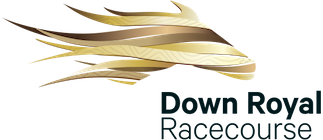
Downpatrick Racecourse
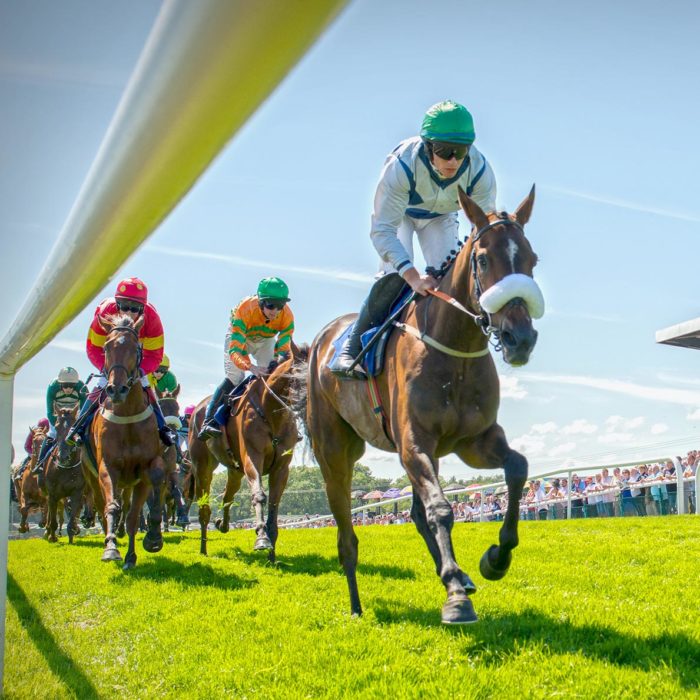
Downpatrick Racecourse is located one mile from the town of Downpatrick in County Down. The track is right-handed with a distance of eleven furlongs.
Today, all events that unfold here are National Hunt races, featuring six fences per circuit. There are only two horseracing courses in Northern Ireland and Downpatrick is one of them. The history of Downpatrick Racecourse is long and fascinating. The original race meeting was held down the road on the old grounds, over 300 years ago in 1685, with little interruption since the first race. The current racecourse is located a mile from the historic town of Downpatrick and horseracing has been held at the current course for over 150 years. The feature race at the course is the Ulster National Handicap Chase run over a distance of about 3 miles 4 furlongs 110 yards.Did you know that... the Ulster National is recognised as a trial race for the Irish Grand National.

Curragh Racecourse
The Curragh is the heart of the Irish thoroughbred industry. The Curragh is a right-handed track, in a horseshoe shape with a testing uphill finish, and the track is two miles in distance.
The course is set with a backdrop of sweeping prairies, in an area known for its history, ecology, and architecture. "Curragh" meaning 'the place of a running horse' is the mark of chariot racing that occurred from the third century. The Curragh is still hosting the renowned Irish Derby, which started in 1866 - the oldest of the five Irish flat racing classics. Additionally, The Curragh training grounds provide trainers with the opportunity to prepare their horses on approximately 1,500 acres of training facilities.Did you know that... Curragh is home to all five Irish flat classics.
Cork Racecourse
 Cork Racecourse, also known as Cork Racecourse Mallow, stages both National Hunt racing and flat racing.
Cork Racecourse, also known as Cork Racecourse Mallow, stages both National Hunt racing and flat racing.
The course is right-handed, with a distance of one and a half miles round, with a straight sprint course of five furlongs. Located on the shores of Blackwater, Cork Racecourse hosts the renowned Cork National, as well as over 20 fixtures a year. Additionally, this venue is a great place for socials with friends and colleagues alongside the bustle of horseracing. The racecourse is an ideal venue for all occasions including conferences, exhibitions, weddings, private parties, and more.
Did you know that.. throughout its existence, Cork Park had been used for many sporting events including rugby matches which were played there in the 1870s.
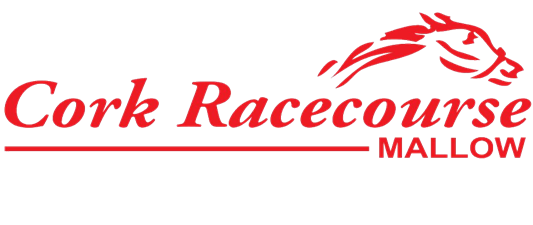
Clonmel Racecourse
 Clonmel Racecourse, formerly Powerstown Park, has been a popular horseracing venue for over 150 years.
Clonmel Racecourse, formerly Powerstown Park, has been a popular horseracing venue for over 150 years.
It has a right-handed track of one and a quarter miles with a stiff uphill finish. The racecourse is dual-purpose and caters for flat racing in the spring and summer and National Hunt during the winter months. Additionally, there is racing at Clonmel all year round.
It is known as a challenging course for National Hunt with a steep climb followed by a gradual descent, before another steep slope uphill, giving excellent views from every corner.
The copious mature trees and shrubs provide a setting of natural beauty for the 160-acre venue.
Did you know that... at Clonmel there can be over 120 horses running at any one meeting.
Catterick Racecourse
Catterick Racecourse is a left-handed and rather sharp track. The length is just over a mile with a 3-furlong run-in.
It is one of the busiest racecourses in North Yorkshire as it hosts both flat and National Hunt racing all year round. The very first recorded race dates back to 1783. Today, the main feature event at this course is the 'North Yorkshire Grand National' which is held in January each year.Did you know that... The international flat racing champion Collier Hill won his first race here in March 2002? Collier Hill went on to win the Hong Kong Vase, Irish St. Leger and Canadian International Stakes.
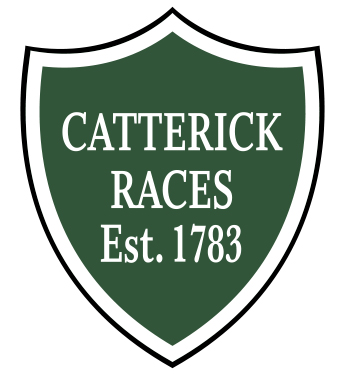
Chepstow Racecourse
 Chepstow Racecourse has an oval circuit of just under 2 miles. It is a left-handed undulating course, used for both flat and jump racing.
Chepstow Racecourse has an oval circuit of just under 2 miles. It is a left-handed undulating course, used for both flat and jump racing.
The racecourse was opened on 6 August 1926 and is one of three racecourses in Wales. There are 30 fixtures, of which 16 are jumps and 14 are flat. To begin with, the flat racing was more prestigious with the Welsh Derby, Oaks, and St. Leger being run for good prize money. However, things changed in 1949 when the Coral Welsh Grand National moved to Chepstow Racecourse, each year it attracts a large number of spectators.
Did you know that... during the Second World War, the entire site became designated as an RAF base and the grass course was used as a runway.

Cartmel Racecourse
 Cartmel Racecourse is a National Hunt racecourse in the village of Cartmel.
Cartmel Racecourse is a National Hunt racecourse in the village of Cartmel.
The earliest written account of racing at Cartmel dates back to 1856, although it was certainly in action prior to that date. The course itself is a sharp and narrow left-handed oval that measures just over one mile and one furlong. There are nine race days that are held each year, and the most important meetings are in May, July, and August. The greatest races at Cartmel are the Cumbria Crystal Hurdle Race, the Cartmel Cup, and the Cavendish Cup (a steeplechase). These races can also attract large crowds of over 20,000 people per day.
Did you know that... Cartmel Racecourse is noted as having a four-furlong run-in on the Steeplechase course, which is indeed the longest in Britain? Additionally, it has the third-highest average attendance of any jumps track in Britain after Aintree and Cheltenham.
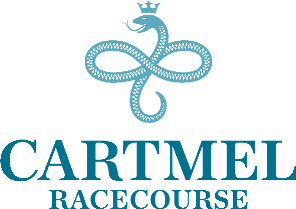
Carlisle Racecourse
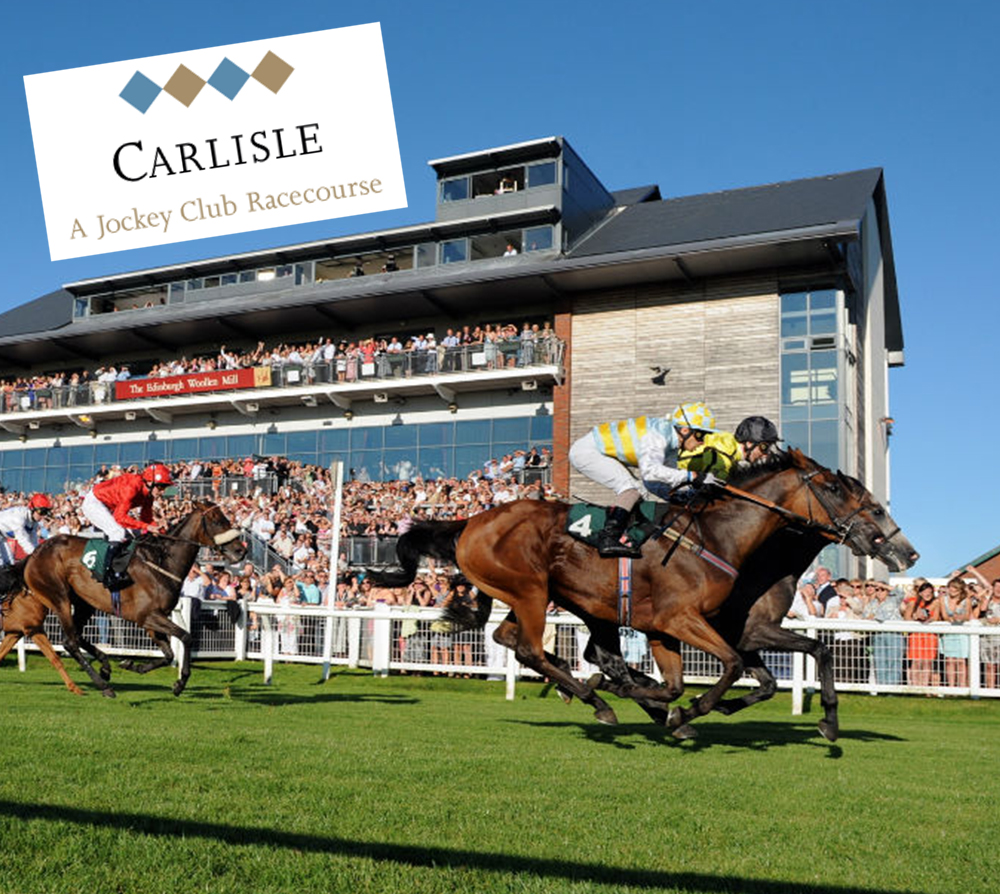
Carlisle Racecourse has a right-handed track, with a circumference of 1 mile and 4 furlongs. It hosts flat and National Hunt racing.
The venue is located in the village of Blackwell near Carlisle in Cumbria, England. There has been racing in this area since 1750, however, the course has only been on its present site since 1904. The most important race at Carlisle Racecourse is the Carlisle Bell which is held annually in June. The race was first contested in 1599 and is run over 7 furlongs and 173 yards. The Bell is presented ceremoniously to the winner, and is kept in the nearby Carlisle Guildhall Museum. The Carlisle Gold Bell is inscribed with ‘The sweftes horse thes bel to take for mi lade Daker sake’, which translates to modern-day English as ‘The swiftest horse may claim this bell in Lady Dacre’s name’.Did you know that... Carlisle is home to the Carlisle Bell, one of the oldest horse races in existence.
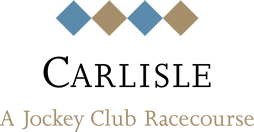
Bellewstown Racecourse
 Bellewstown is a mixed racecourse, beautifully situated on a hill-top setting that boasts magnificent views of the Mountains of Mourne.
Bellewstown is a mixed racecourse, beautifully situated on a hill-top setting that boasts magnificent views of the Mountains of Mourne.
The first recorded race was in 1726. Bellewstown Racecourse is a left-handed oval racecourse of 9 furlongs with a run-in of 3 furlongs and an uphill finish. Additionally, there are 5 hurdles on the circuit, so it provides for flat and hurdle racing. The racecourse famously attracts big crowds for their festival dates in early July and mid-August.
Did you know that... in 1780 George Tandy, the mayor of Drogheda and brother of the patriot Napper Tandy, persuaded King George III to sponsor a race at Bellewstown. The race was called His Majesty’s Plate and was valued at £100, a large sum back then. Subsequently all the English monarchs sponsored a race at the course until 1980.

Bangor-on-Dee Racecourse
 Racing first took place at Bangor-on-Dee Racecourse in February 1859, and has since taken place regularly except during the wars.
Racing first took place at Bangor-on-Dee Racecourse in February 1859, and has since taken place regularly except during the wars.
Bangor-on-Dee is a left-handed jumps racecourse set in glorious countryside and overlooked by the Welsh hills. It is certainly a unique course with its own character. Since the very first steeplechase, the course has not changed much, in fact it thought that it is almost the same. In 1868, multiple Oaks and Derby-winning jockey, Fred Archer (aged 12) rode his first winner in a 2-mile pony race held on the steeplechase course. Today, many of the top trainers send their horses to race at Bangor as part of their education.
Did you know that... Bangor-on-Dee is one of the only racecourses in the UK that does not have a grandstand.
Ballinrobe Racecourse
 Ballinrobe Racecourse is a mixed racecourse, situated in Ireland.
Ballinrobe Racecourse is a mixed racecourse, situated in Ireland.
It has a right-handed track and boasts an exceptional view of every stride with both flat and national hunt racing. Hosting ten race meetings annually, from April to September. It is ideally situated in a natural amphitheatre. Ballinrobe Racecourse was named ‘Racecourse of the Year’ in 2012 by the Irish Racegoers Consultative forum which highlights the strides it is making with ongoing development and improvement to provide racegoers with a thoroughly enjoyable experience.
With a history of horse racing stretching back more than 230 years, Ballinrobe Racecourse has long had its finger on the pulse of the Irish racing world. Horse Racing has been taking place at the present venue since 1921 and prior to that at other locations around the town, with Race meetings recorded as far back as 1774. In 2021, Ballinrobe was proud to celebrate 100 years of racing at our current track.
Did you know that... Doran’s Pride, who placed twice in the Cheltenham Gold Cup, won his first race in 1993 at Ballinrobe. He went on to win €1 million on the track. Additionally, Tiger Roll had his first win at Ballinrobe. He later went on to win the Grand National in 2018 and 2019.
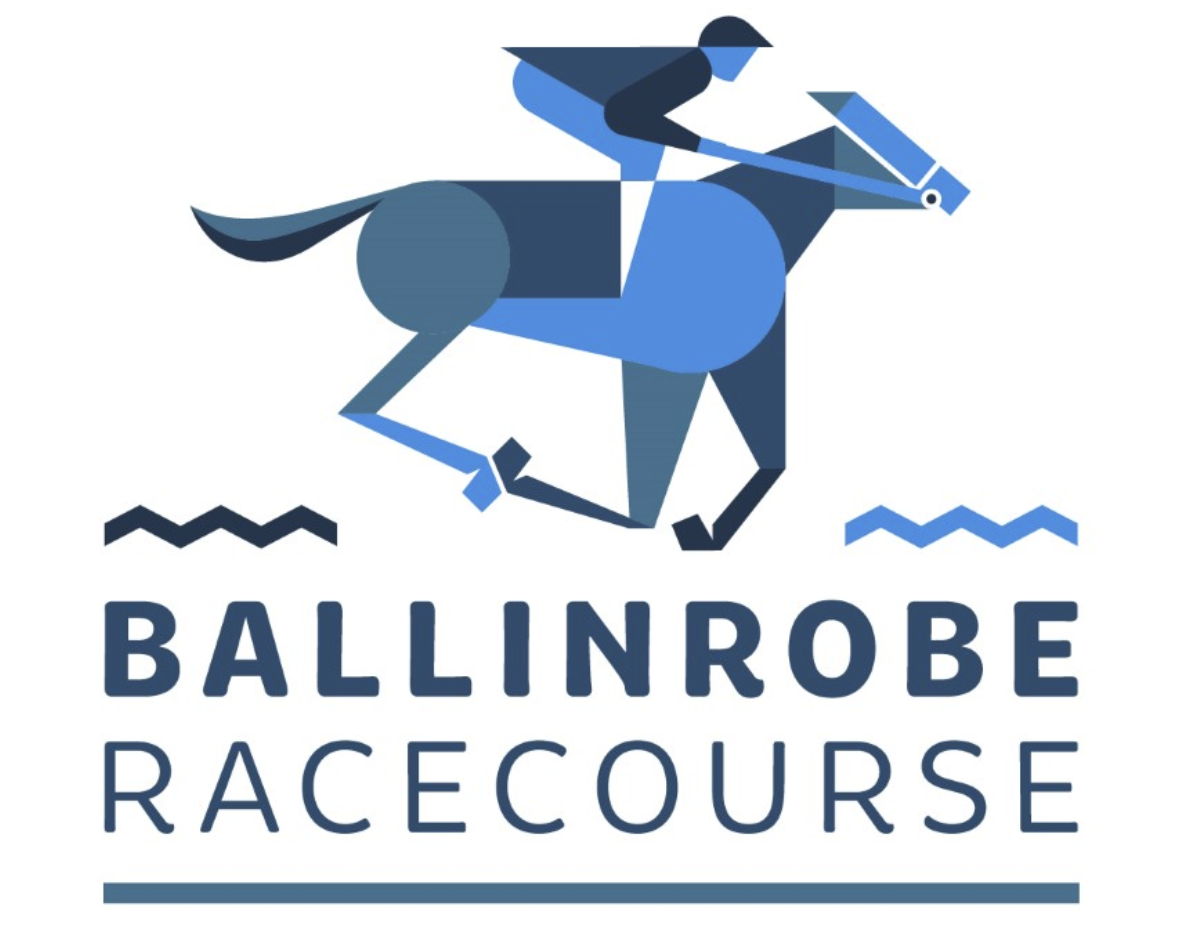
Newbury Racecourse
 Newbury Racecourse is located in Berkshire, England.
It is one of the premier racecourses in England with top-class flat meetings and also National Hunt fixtures. The track is a left-handed oval circuit of about 1 mile and 7 furlongs.
Newbury Racecourse is located in Berkshire, England.
It is one of the premier racecourses in England with top-class flat meetings and also National Hunt fixtures. The track is a left-handed oval circuit of about 1 mile and 7 furlongs.
It hosts one of Great Britain's 36 annual Group 1 flat races, the Lockinge Stakes, and the main race during the National Hunt season is the Hennessy Cognac Gold Cup, which takes place in November. The racecourse held its first race meeting in September 1905 at its current location. The very first winner of the Whatcombe Handicap was Copper King, who was ridden by Charlie Trigg and trained by Charles Marnes. They were presented with a Silver Cup and a gold-mounted whip.
Subsequently, National Hunt racing was also added to Newbury racecourse.
Did you know... Queen Elizabeth II was a regular at Newbury and spent her 86th birthday at the races here?
Beverley Racecourse
 Beverley Racecourse is located in the town of Beverley in East Yorkshire. It is a right-handed track with a distance of 1 mile 3 furlongs.
Beverley Racecourse is located in the town of Beverley in East Yorkshire. It is a right-handed track with a distance of 1 mile 3 furlongs.
Beverley Racecourse first opened its doors in 1690, which is over 300 years ago. The racecourse is located on the Westwood pastureland and is frequently home to local cattle. Today thousands of spectators enjoy a day at the races at this unique racecourse. There are 19 fixtures scheduled for 2022, featuring the prestigious Beverley Bullet Sprint Stakes and 2YO Trophy, and Hilary Needler Stakes. There's also the famous Ladies Day in August where the great and the good of Yorkshire dress to impress.
Did you know... The racecourse was an airfield during the 2nd World War, when the famous uphill straight was used as a runway.
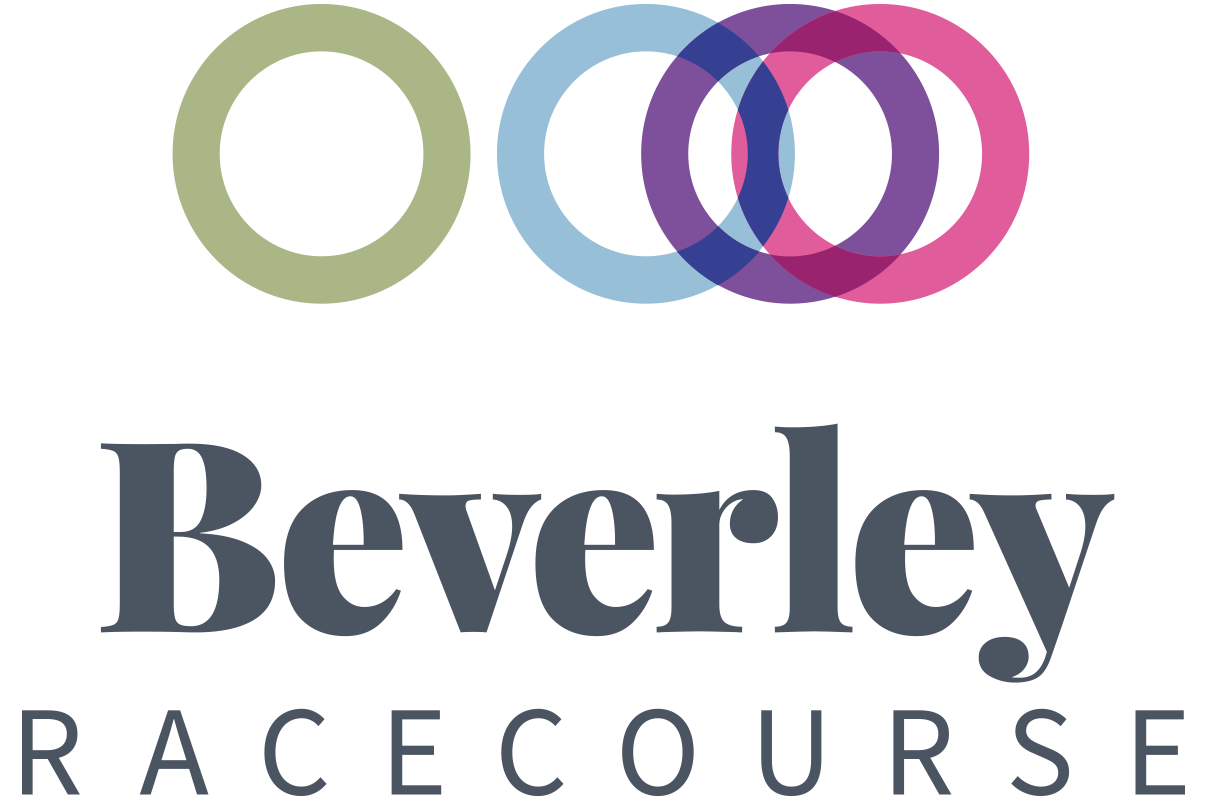
Ayr Racecourse
 Ayr Racecourse is used for flat and National Hunt racing. It has a left-handed track with a length of 1.5 miles.
Ayr Racecourse is used for flat and National Hunt racing. It has a left-handed track with a length of 1.5 miles.
Horseracing in Ayr dates to 1576, however, the first official meeting did not take place until 1771. This original racecourse was a small oval track with sharp bends. Due to its size and lack of space, a new site for the racecourse was eventually found in 1907. Today in its current location the course has been voted to be one of the best-mixed racecourses in Scotland. Ayr Racecourse is not only home to Scotland’s two biggest festivals – the Coral Scottish Grand National Festival and the Ayr Gold Cup Festival, additionally Ayr racecourse hosts all of Scotland’s top races including its only Group race and several listed races. The meeting's feature race, the Ayr Gold Cup, became a handicap race in 1855 and is now one of the richest sprint handicaps in Europe. Even though Ayr Racecourse hosts numerous race meets throughout the year, the two primary ones are over jumps in April and on the flat in September.
Did you know... Scotland's biggest and best jumps racing extravaganza the Coral Scottish Grand National Festival is held at Ayr Racecourse each year.
Windsor Racecourse
 Windsor Racecourse, also known as Royal Windsor. The course is located in over 160 acres of attractive countryside within reach of London.
Windsor Racecourse, also known as Royal Windsor. The course is located in over 160 acres of attractive countryside within reach of London.
This is a flat racing course with a distance of 1 mile 3 furlongs. It is also the only course in England with a figure of 8 circuit, due to this it has both left and right hand bends. Windsor is a busy race track and holds about 28 meetings every year.
The local area has links to horse racing that dates back to the time of Henry VIII, however, the first recorded meeting at Royal Windsor only took place in 1866. In December 1998, there were some changes made and the course was switched entirely to Flat racing. There is a major link between the royal family and Windsor, as her Majesty the Queen Mother, was always keen to look in if a fixture coincided with a stay at the castle, especially if one of her horses was running. Additionally, Winston Churchill, in his later years, became a racing fan, and his best horse Colonist II raced and won at Windsor in 1949. In more recent years, Windsor made the headlines again when champion jockey Richard Hughes rode seven winners in one afternoon back in 2012.
Did you know... Windsor was one of the few courses allowed to stage race meetings during both wars.
Sandown Park Racecourse
 Sandown Park Racecourse is a right-handed track, where there is National Hunt and flat meetings, and top-class horses appear for both codes of racing.
Sandown Park Racecourse is a right-handed track, where there is National Hunt and flat meetings, and top-class horses appear for both codes of racing.
Sandown Park also hosts about 26 high-grade meetings throughout the year, with 5 Grade 1 National Hunt races and one Group 1 Flat race, the Eclipse Stakes. Additionally, this course is also owned by the Jockey Club. The first meeting was over three days, starting on Thursday 22 April, and included the Grand National Hunt Chase, now staged at the Cheltenham Festival. The main attraction on opening weekend was the Grand International Steeple Chase, worth a surprisingly high purse of £2,130, not bad for 1875. There was an admission fee of about 12.5 pence per person.
Did you know... the first meeting included the Grand National Hunt Chase, which is now staged at the Cheltenham Festival.

Newmarket Racecourse
 Newmarket Racecourse has two individual racecourses: the Rowley Mile and the July Course which are both used for flat racing. The Rowley Mile Course has a 1 mile 2 furlong (2 km) in Spring and Autumn.
Newmarket Racecourse has two individual racecourses: the Rowley Mile and the July Course which are both used for flat racing. The Rowley Mile Course has a 1 mile 2 furlong (2 km) in Spring and Autumn.
This course hosts the majority of the Group 1 races staged at Newmarket, including the 2000 & 1000 Guineas. The July Course, also sometimes called the Summer Course, has a 1 mile (1600 m) straight. The July Cup and the Falmouth Stakes are run at the July Festival. Newmarket Racecourses holds 39 annual fixtures including 9 of the 32 British Group 1 races. Newmarket also has the largest fields for races in the UK after the Grand National, and there are more trainers around the Newmarket area than any other training centre in England. Racing in Newmarket was recorded in the time of James I and the racecourse was founded in 1636. Additionally, Charles II inaugurated the Newmarket Town Plate and in 1671 became the first and only reigning monarch to ride a winner. Newmarket is still famous for racing, and even during the first and second World Wars, it was one of the only tracks allowed to race throughout those 2 conflicts.
Did you know... Newmarket was the first racecourse in Britain to introduce starting stalls in 1965?

Lingfield Park Racecourse
 Lingfield Park Racecourse is a left-handed track with three courses: the Turf track, the All-Weather track, and the National Hunt track. Lingfield Park racecourse is located in a 450-acre (1.8 km2) estate.
Lingfield Park Racecourse is a left-handed track with three courses: the Turf track, the All-Weather track, and the National Hunt track. Lingfield Park racecourse is located in a 450-acre (1.8 km2) estate.
The course was first opened in 1890 by the Prince of Wales. Initially, it was purely for jump racing. However, in 1894 it was granted permission to also operate as a flat racing venue. It is a rather busy course with 80 fixtures across the year. Additionally, Lingfield Park hosts the prestigious Derby and Oaks Trial races. There is also onsite accommodation with a 4-star hotel, leisure club, and golf academy overlooking the racecourse.
Did you know... Lingfield Park is the only track in England that races with 3 surface conditions - all-weather flat, grass flat, and grass National Hunt?
Leicester Racecourse
 Leicester Racecourse is a right-handed course, in an oval shape. There is a flat and a National Hunt course. The flat course is about 1 mile 6 furlongs, whereas, the steeplechase course is about 1 mile 5 furlongs and there are ten fences.
Leicester Racecourse is a right-handed course, in an oval shape. There is a flat and a National Hunt course. The flat course is about 1 mile 6 furlongs, whereas, the steeplechase course is about 1 mile 5 furlongs and there are ten fences.
Leicester Racecourse was established in 1773 at Victoria Park in Leicester. It moved to Oadby in 1883. The first official meeting at the present racecourse at Oadby took place on 24 July 1883. There is racing 30 days a year at Leicester: 19 Flat, 11 National Hunt, plus, there are 106 stables on the racecourse. The most famous race is the King Richard III Stakes. On the 31st of March 1921, a young apprentice jockey, Gordon Richards, rode the first winner of his career at Leicester: Gay Lord, trained by Martin Hartigan. He went on to ride a total of 4,870 winners. Another exciting fact is that on Friday 20th of January 1931, Golden Miller won his first race, the Gopsall Maiden Hurdle, over 2 miles at Leicester.
Did you know... Golden Miller went on to win five consecutive Cheltenham Gold Cups between 1932 and 1936, and the Grand National in 1934. The Golden Miller Handicap Hurdle is run at Leicester in his memory.
Kempton Park Racecourse
 Kempton Park Racecourse is a right-handed track and stages National Hunt racing and flat racing.
Kempton Park Racecourse is a right-handed track and stages National Hunt racing and flat racing.
Kempton Park is one of the fourteen racecourses owned by The Jockey Club and is also the nearest racecourse to London. There are two tracks, a polytrack surface for all-weather flat racing, and a turf course for National Hunt fixtures. The flat racing circuit is 1.25 miles, and the National Hunt course a little longer. Kempton Park was opened in July 1878 by S. H. Hyde. Today, the most famous races at Kempton Park are the King George VI Chase and the Kauto Star Novices' Chase.
Did you know...fifteen horses have won King George VI Chase more than once! Desert Orchid won four times and Kauto Star broke the record by winning five times.
Goodwood Racecourse
 Goodwood Racecourse is a right-handed track with a length of 1.4 furlongs. There has been racing at Goodwood since 1802 when Charles Lennox, 3rd Duke of Richmond, first established it as a racing venue.
Goodwood Racecourse is a right-handed track with a length of 1.4 furlongs. There has been racing at Goodwood since 1802 when Charles Lennox, 3rd Duke of Richmond, first established it as a racing venue.
Goodwood is just for flat racing, with about 20 meetings every year. This racecourse hosts the annual Glorious Goodwood meeting in late July and early August, which is one of the highlights of the British flat racing calendar and is home to three of the UK's 36 annual Group 1 flat races, the Sussex Stakes, the Goodwood Cup, and the Nassau Stakes. In the late 18th century, Goodwood racecourse became the location for the first flag start on a British racecourse. Additionally, the very first Glorious Goodwood Festival dates back to 1814.
Did you know... top jockey Frankie Dettori rode his very first winner at Goodwood in 1987 on Lizzy Hare.
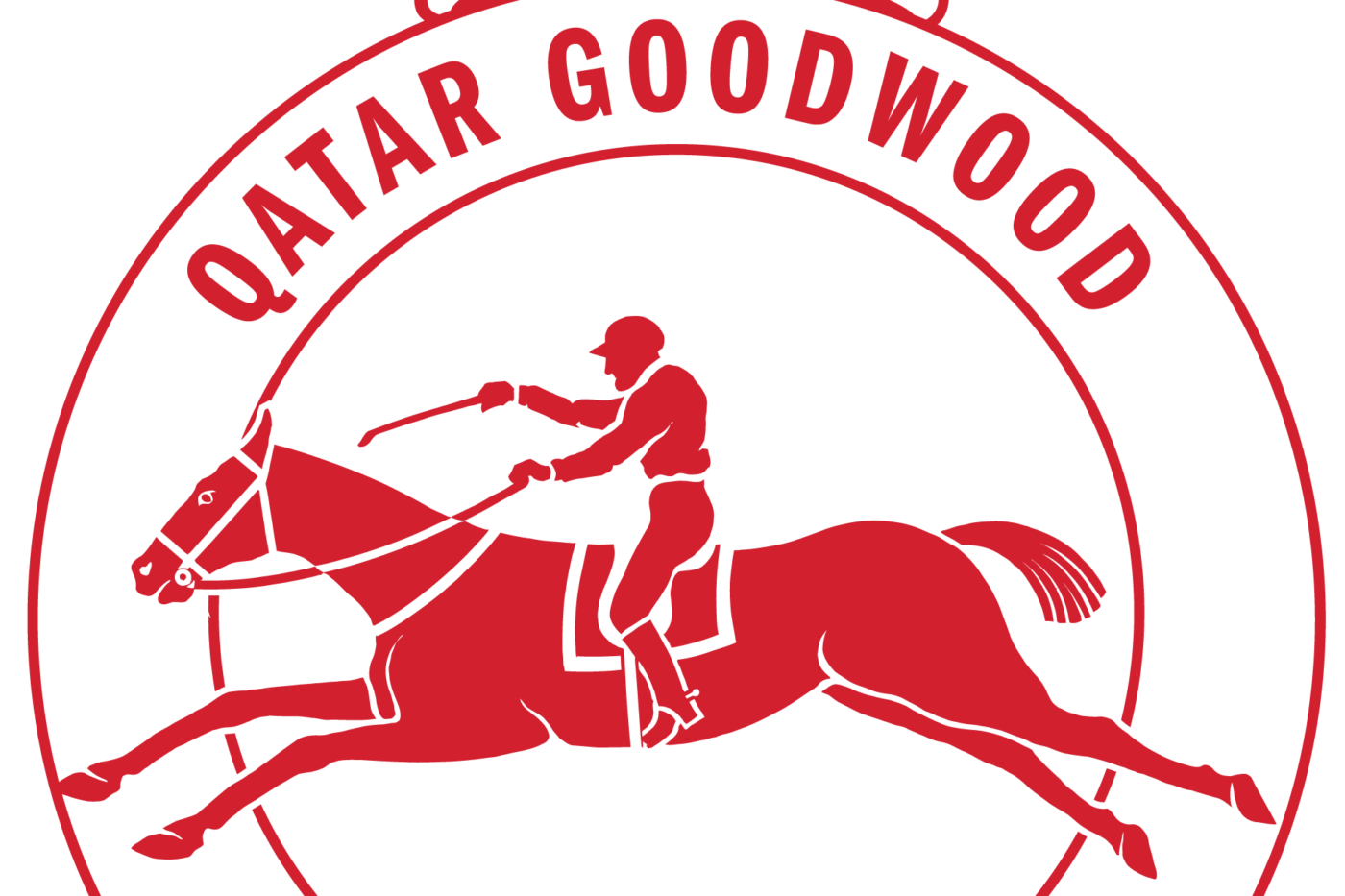
Epsom Downs Racecourse
 Epsom Downs Racecourse is very historical with a Grade 1 racecourse. It is shaped like a horseshoe and measures 1 mile 4 furlongs in circumference. Epsom hosts flat racing only.
Epsom Downs Racecourse is very historical with a Grade 1 racecourse. It is shaped like a horseshoe and measures 1 mile 4 furlongs in circumference. Epsom hosts flat racing only.
The first recorded race was held on the Downs in 1661. It is a large course with a capacity of over 130,000 per meeting. Epsom is best known for hosting the Derby Stakes which has come to be widely referred to as The Derby. It also hosts the Oaks Stakes for three-year-old fillies, and the Coronation Cup for horses aged four years and upwards. All three races are Group 1 races and run over the same course and distance. Additionally, Epsom racecourse has enjoyed a long association with the British Royal Family, with the Queen attending most years for the Derby.
Did you know... in 1779 Edward Smith-Stanley, 12th Earl of Derby, organised a race for himself and his friends to race their three-year-old fillies. He named it the Oaks after his nearby estate. The race became so successful that in the following year 1780 a new race was added for three-year-old colts and fillies.
Doncaster Racecourse
 Doncaster Racecourse is located in South Yorkshire. It is a left-handed, pear-shaped track of around 1 mile 7½ furlongs. There is both flat racing and National Hunt racing.
Doncaster Racecourse is located in South Yorkshire. It is a left-handed, pear-shaped track of around 1 mile 7½ furlongs. There is both flat racing and National Hunt racing.
Doncaster is one of the oldest (and the largest in physical capacity) established centres for horse racing in Britain, with records of regular race meetings going back to the 16th century. Doncaster is a busy racecourse with 36 meetings throughout the year. It hosts two of Great Britain's 36 annual Group 1 flat races, the St. Leger Stakes and the Racing Post Trophy. Additionally, Doncaster has a massive five-story grandstand! Today, Doncaster is home to two of the world's oldest horseraces, the Doncaster Cup and the St. Leger Stake. It has been recorded that the very first horse to win the St. Leger Stakes was Allabuculia in 1776.
Did you know... in 1992 the first-ever Sunday meeting took place at Doncaster. A crowd of 23,000 turned up despite there being no betting.
Chester Racecourse
 Chester Racecourse is a left-handed track with a full circuit of 1 mile and one furlong. The course was first established in 1539. Today, it is one of the oldest racecourses still in operation.
Chester Racecourse is a left-handed track with a full circuit of 1 mile and one furlong. The course was first established in 1539. Today, it is one of the oldest racecourses still in operation.
There are 15 fixtures each year running between May to September, beginning with the Boodles May Festival. The most popular races at Chester racecourse are the Chester Cup, the Chester Vase, the Ormonde Stakes, the Cheshire Oaks, and the Dee Stakes. Additionally, each year the first day of Chester's racing season also serves as trials days for both the Epsom Derby and Epsom Oak.
The first recorded prize given to the winner of a horserace dates back to 1512. The winner received a beautiful hand-painted wooden bowl at the Chester fair. It was a grand event that followed fifteen days of competitive and quality racing at Chester Racecourse.
Did you know... there is also polo at Chester Racecourse.
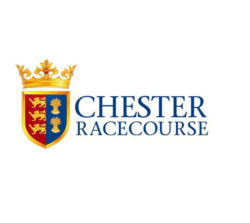
Cheltenham Racecourse
 Cheltenham Racecourse is at Prestbury Park, near Cheltenham, Gloucestershire, and hosts National Hunt horseracing. The main racecourse has two separate courses alongside each other.
Cheltenham Racecourse is at Prestbury Park, near Cheltenham, Gloucestershire, and hosts National Hunt horseracing. The main racecourse has two separate courses alongside each other.
The first organised flat race meeting in Cheltenham took place in 1815 on Nottingham Hill, with the first races on Cleeve Hill in August 1818. After that in 1931, the racecourse was moved to Prestbury Park which is its current venue. However, steeplechasing only became established in nearby Andoversford in 1834 and then moved to the present course in 1898.
Today Cheltenham Racecourse has a capacity of 67,500 spectators. The most famous meeting is the Cheltenham Festival, held in March, which features several Group 1 races including the Cheltenham Gold Cup, Champion Hurdle, Queen Mother Champion Chase, Ryanair Chase, and the Stayers' Hurdle. The Gold Cup was introduced in 1924 and was first won by Red Splash, ridden by Dick Rees.
Did you know that... the average attendance at the Cheltenham Festival is 62,000 people a day. In 1934, Golden Miller became the first horse to win both the Cheltenham Gold Cup and the Grand National in a single season.
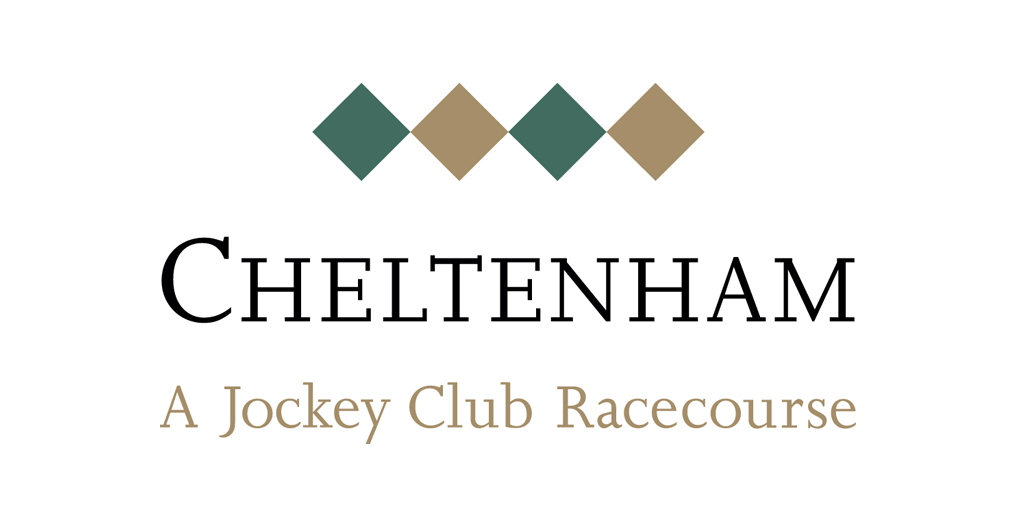
Chelmsford City Racecourse
 Chelmsford City is a flat racecourse, originally known as the Great Leighs Racecourse. The course is laid out as a left-handed polytrack oval with 8.5 furlongs, and a 2 furlong home straight.
Chelmsford City is a flat racecourse, originally known as the Great Leighs Racecourse. The course is laid out as a left-handed polytrack oval with 8.5 furlongs, and a 2 furlong home straight.
It has a highly acclaimed all weather polytrack surface that allows the course to host over 53 fixtures. Including two listed races and the main racing events are the Cardinal Stakes, Chelmer Fillies' Stakes, Queen Charlotte Fillies' Stakes and the Chelmsford City Cup Handicap. There is also a 10,000-capacity grandstand for guests to watch the races.
It opened in 2008, making Chelmsford the first entirely new racecourse in the UK since Taunton which only opened in 1927. On 20th of April 2008, the racecourse staged its first race meeting before an invited audience, with the opening race being won by Temple of Thebes. However, the first meeting with full public admission only took place on 28 May 2008.
Did you know... Chelmsford City is the newest racecourse in England.
Brighton Racecourse
 Brighton is a flat horseracing venue located near Brighton, Sussex. The track is one and a half miles in length with a horseshoe shape, and it is only used for flat racing.
Brighton is a flat horseracing venue located near Brighton, Sussex. The track is one and a half miles in length with a horseshoe shape, and it is only used for flat racing.
Brighton Racecourse is one of the few British courses not to form a complete circuit, subsequently, it has been compared to Epsom. The Duke of Cumberland organised the first public racing at the current site in 1783, although racing had been taking place in Brighton from before 1713. In the 1960s, the course held a Derby Trial. However, no runners went on to win the Derby, but two won the St. Leger. Brighton Racecourse hosts about 22 meetings each year with fixtures from April until October. However, the season's highlight is the three-day Brighton Festival in early August.
Did you know... the current course is a mile and a half long, but it used to extend a further half mile. Additionally, Brighton racecourse is also considered to be one of the fastest sprint courses in UK.
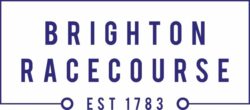
Bath Racecourse
 Bath Racecourse is a flat racing venue on Lansdown Hill. It is standing at 238 metres above sea level, which makes Bath one of Britain’s highest flat racecourses.
Bath Racecourse is a flat racing venue on Lansdown Hill. It is standing at 238 metres above sea level, which makes Bath one of Britain’s highest flat racecourses.
Racing was first recorded at Bath in 1728. The racecourse is a left-handed oval track of 1 mile 4 furlongs and 25 yards, with a run-in of nearly half a mile. Bath Racecourse hosts around 20 flat races between March and October. The two main events at Bath Racecourse are the Lansdown Fillies’ Stakes and the Beckford Stakes. Even though it’s already up a hill, the finish is uphill too – so this isn’t a course to be taken lightly.
Did you know... During World War II, the racecourse was used as a landing field by the Royal Air Force and named RAF North Stoke.
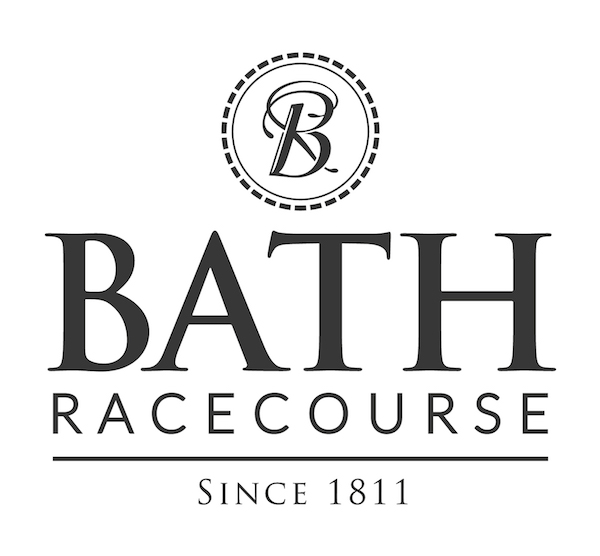
York Racecourse
 York is one of the premier tracks in Europe having recently won the Flat Racecourse of the Year Award, for the fourth year, and it also came out top in The Times Newspaper survey of all Britain's racecourses.
York is one of the premier tracks in Europe having recently won the Flat Racecourse of the Year Award, for the fourth year, and it also came out top in The Times Newspaper survey of all Britain's racecourses.
Horses raced at York during the days of Emperor Severus in Roman times. York is a massive racecourse with 360,000 annual racegoers who are unlikely to realise they are taking part in a spectacle that first took place over 2,000 years ago. Today York holds three Group 1 races, Juddmonte International Stakes, the Nunthorpe Stakes and the Yorkshire Oaks. Additionally, York has a large capacity and can seat 60,000 people at a time, and there are over 180 stables.
Did you know... York is the third largest racecourse in Britain in terms of total prize money offered, and second behind Ascot in prize money offered per meeting.
Ascot Racecourse
 Ascot Racecourse was founded by Queen Anne in 1711, and it covers over 179 acres. There are 26 days of racing over the course of the year, comprising 18 flat meetings and 8 jump meetings.
Ascot Racecourse was founded by Queen Anne in 1711, and it covers over 179 acres. There are 26 days of racing over the course of the year, comprising 18 flat meetings and 8 jump meetings.
This course is especially famous for the Royal Ascot Meetings, which are held each year in June. Traditionally, the highlight of this event is the Gold Cup, although the most prestigious races are the King George VI and Queen Elizabeth Stakes. Each year, there are approximately 500 horses that race across the five days of Royal Ascot, with eighteen Group races. Additionally, eight of those races are classed as Group 1. Ascot is very popular and the venue is visited by approximately 600,000 people a year.
Did you know...Yeats is the only horse who has won four Gold Cups. Additionally, Lester Piggott himself has ridden eleven winners of the Gold Cup.
Aintree Racecourse
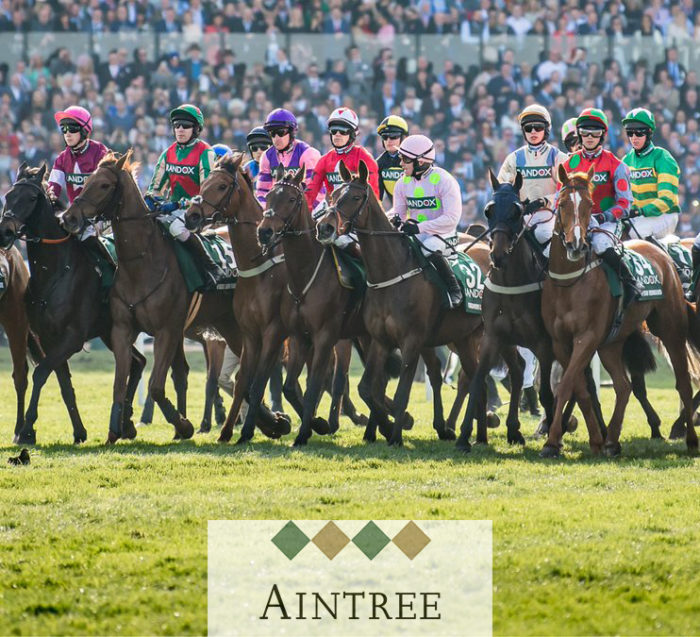
Aintree Racecourse was opened in 1829. It is located in Aintree bordering Liverpool. This is a huge jump racecourse with a triangular shape and 2.25 miles in circumference.
There are three courses: the Grand National course, the Mildmay steeplechase course, and the Hurdles' course. However, the most famous of these is The Grand National meeting which takes place in April over three days. Additionally, the Grand National is the world's biggest horserace, with forty runners and sixteen fences, fourteen of which are jumped twice along the four mile, two and half furlong distance.Did you know... Red Rum won the Grand National three times and finished second on two occasions.
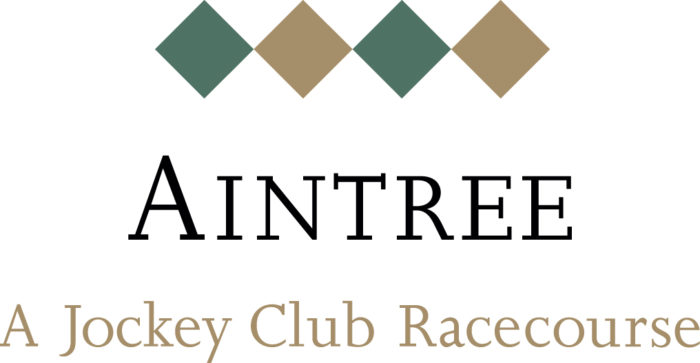
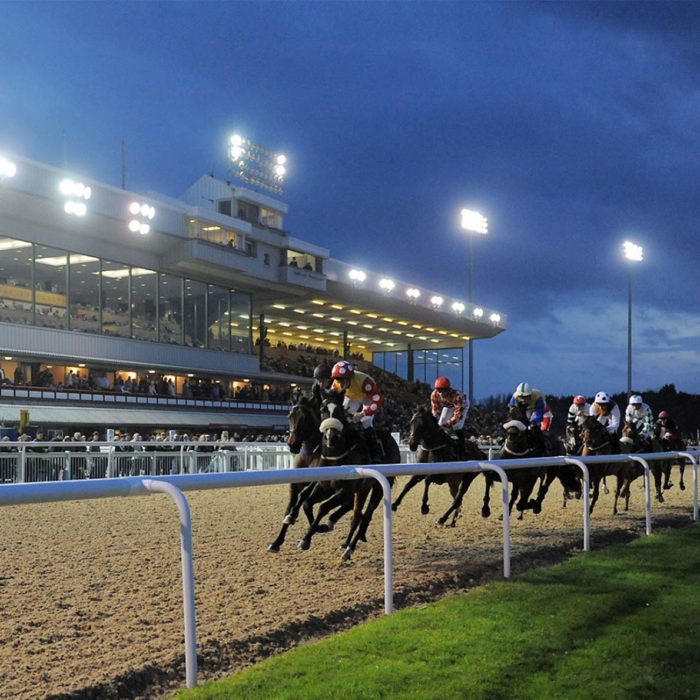 Wolverhampton racecourse has a left-hand track with a circuit of one mile in circumference.
Wolverhampton racecourse has a left-hand track with a circuit of one mile in circumference.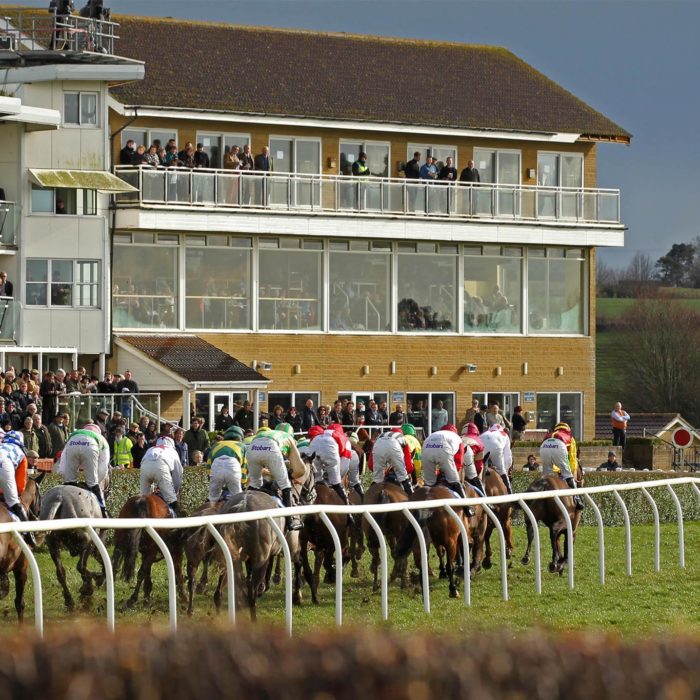 Wincanton racecourse has a right-handed track with a circumference of one mile and three furlongs.
Wincanton racecourse has a right-handed track with a circumference of one mile and three furlongs.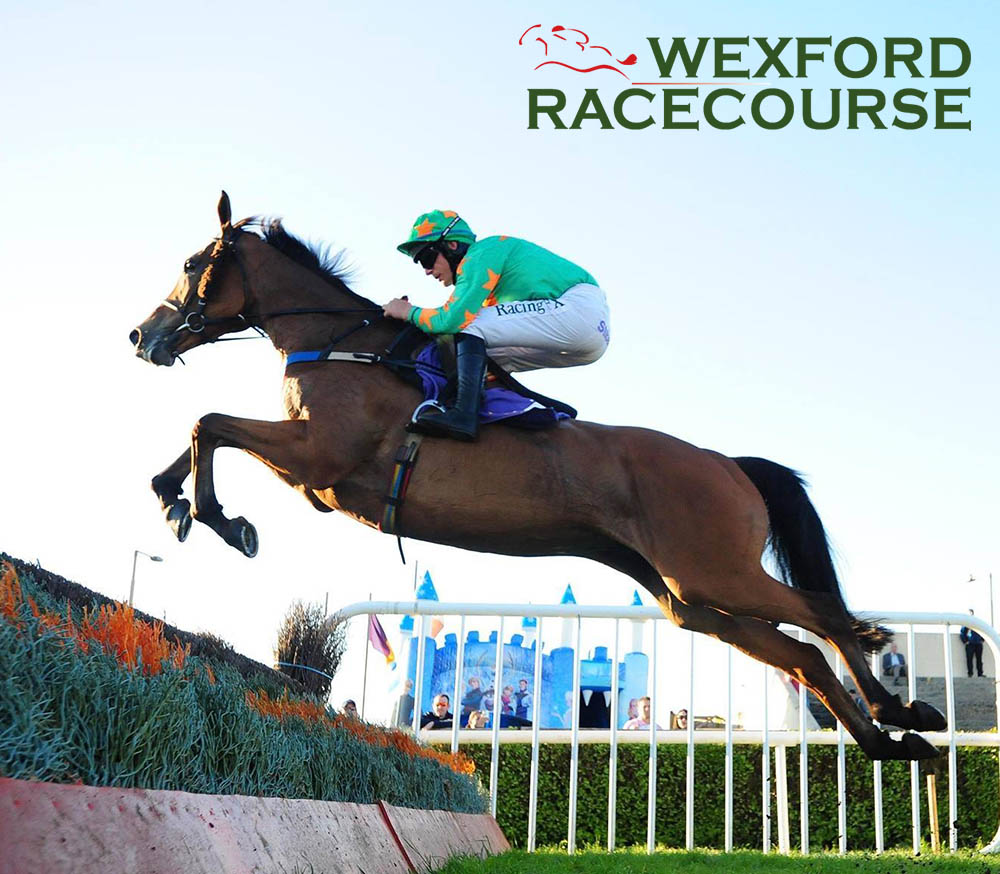 Wexford Racecourse has a left-handed course of one mile and four furlongs which features National Hunt racing.
Wexford Racecourse has a left-handed course of one mile and four furlongs which features National Hunt racing.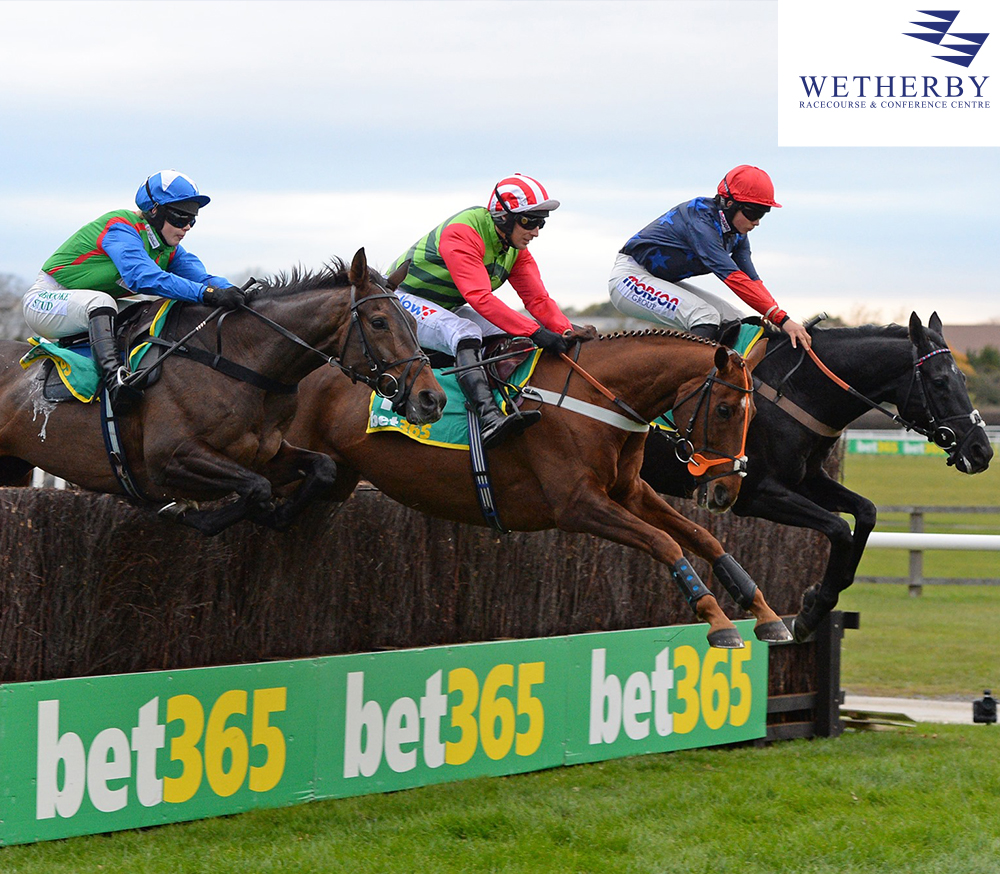 Wetherby racecourse has a left-handed track that is used for National Hunt and Flat racing.
Wetherby racecourse has a left-handed track that is used for National Hunt and Flat racing.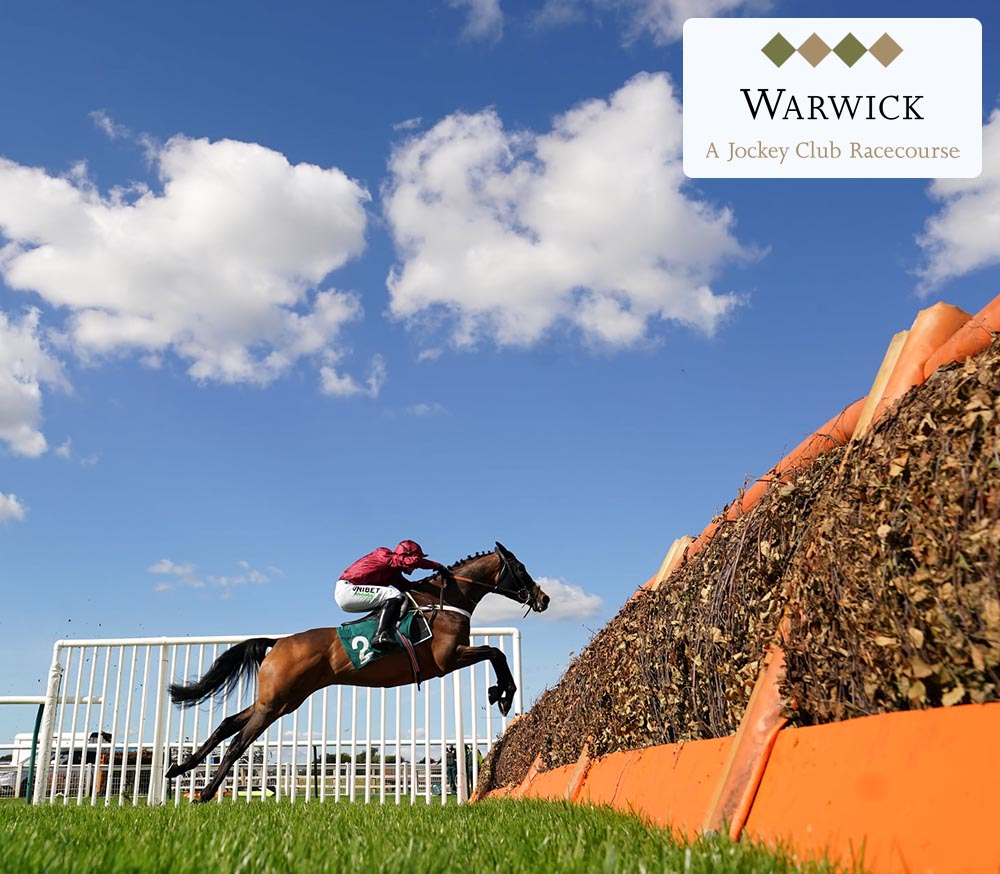 Warwick racecourse has a left-handed track that is used for National Hunt racing.
Warwick racecourse has a left-handed track that is used for National Hunt racing.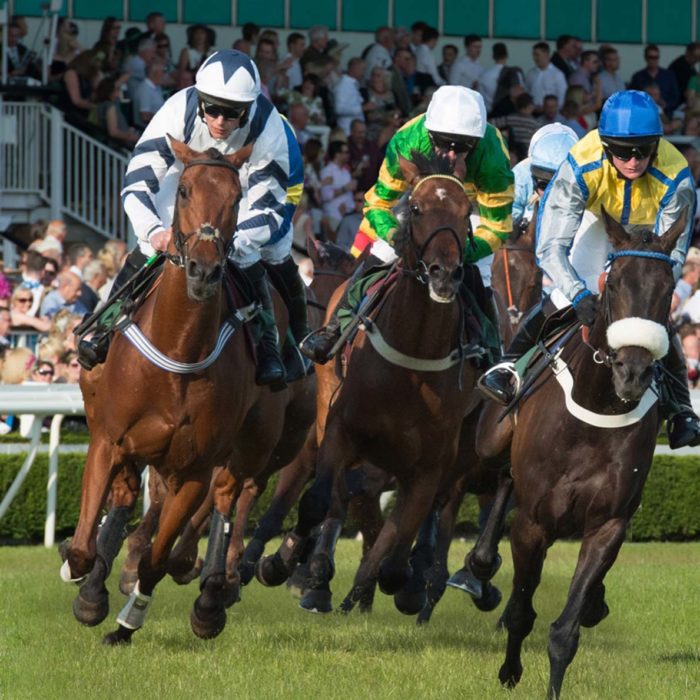 Uttoxeter Racecourse has a track that is 1 mile and a quarter in circumference with 8 fences. This course is only used for National Hunt racing.
Uttoxeter Racecourse has a track that is 1 mile and a quarter in circumference with 8 fences. This course is only used for National Hunt racing.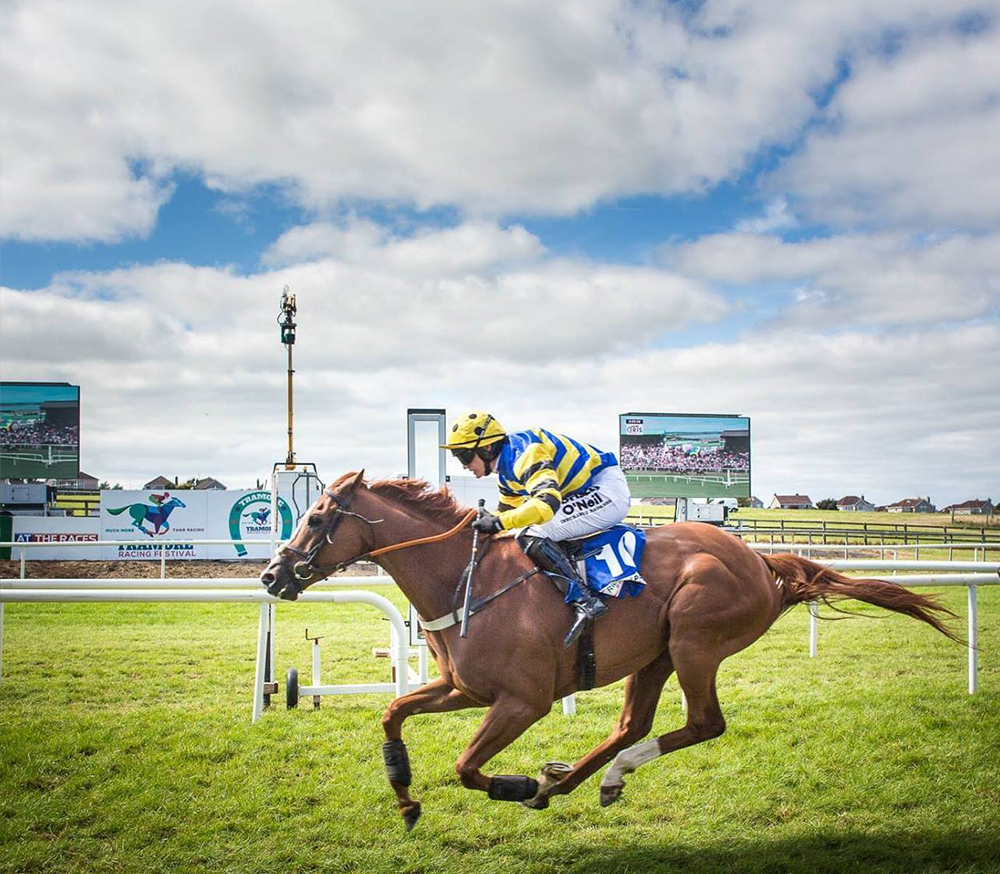 Tramore Racecourse has a right-handed square which is seven furlongs in length. The course is used for National Hunt and flat racing.
Tramore Racecourse has a right-handed square which is seven furlongs in length. The course is used for National Hunt and flat racing.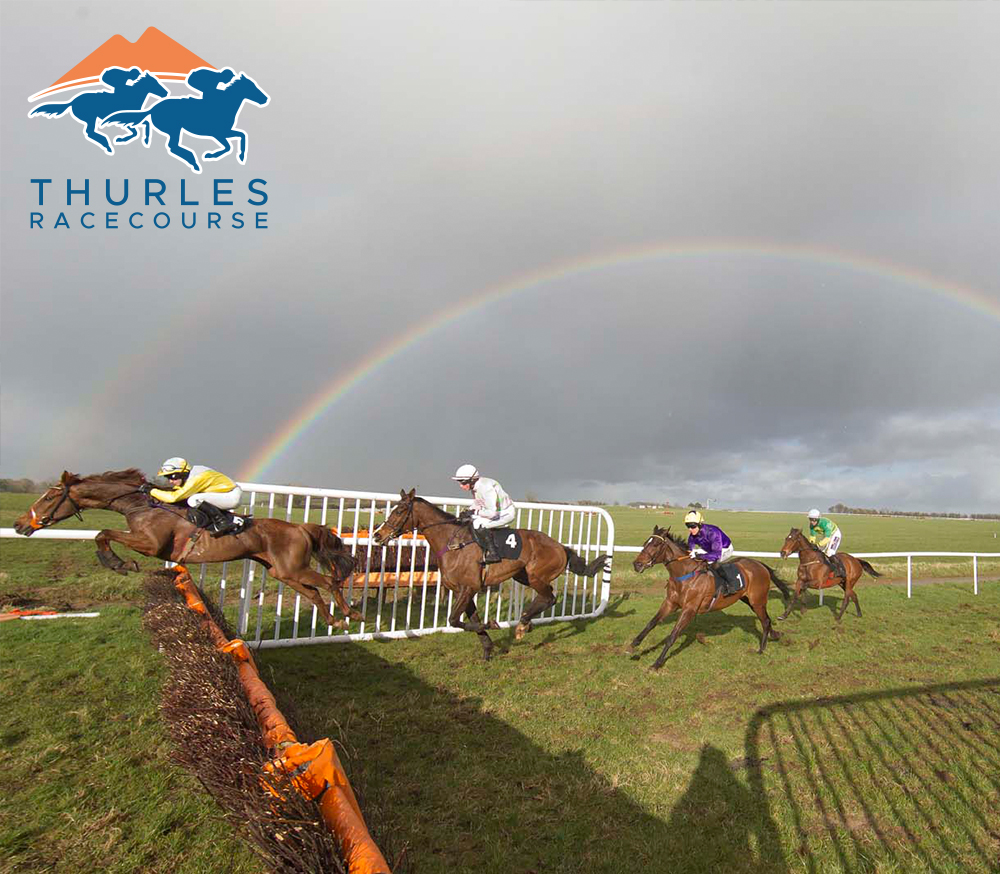 Thurles Racecourse has a right-handed track of one mile and two furlongs. The course is used for National Hunt and flat racing.
Thurles Racecourse has a right-handed track of one mile and two furlongs. The course is used for National Hunt and flat racing.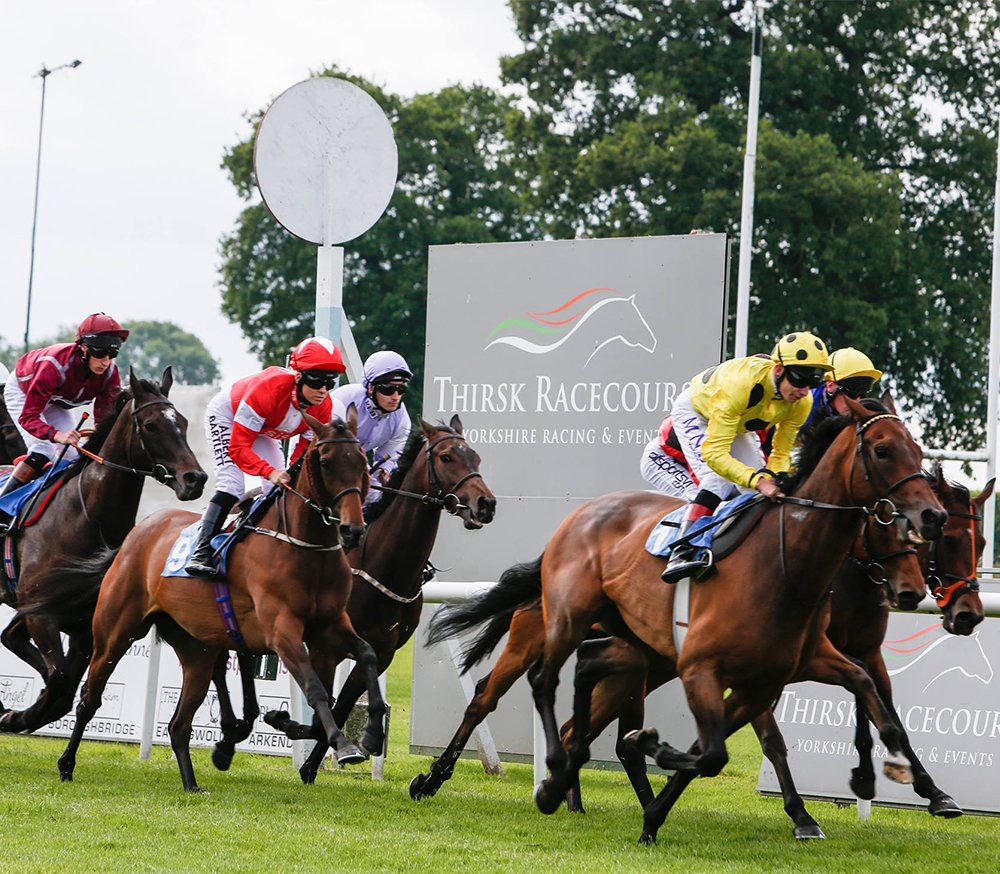 Thirsk Racecourse has a left-handed oval track with a ten furlongs circuit. The course is only used for flat racing.
Thirsk Racecourse has a left-handed oval track with a ten furlongs circuit. The course is only used for flat racing.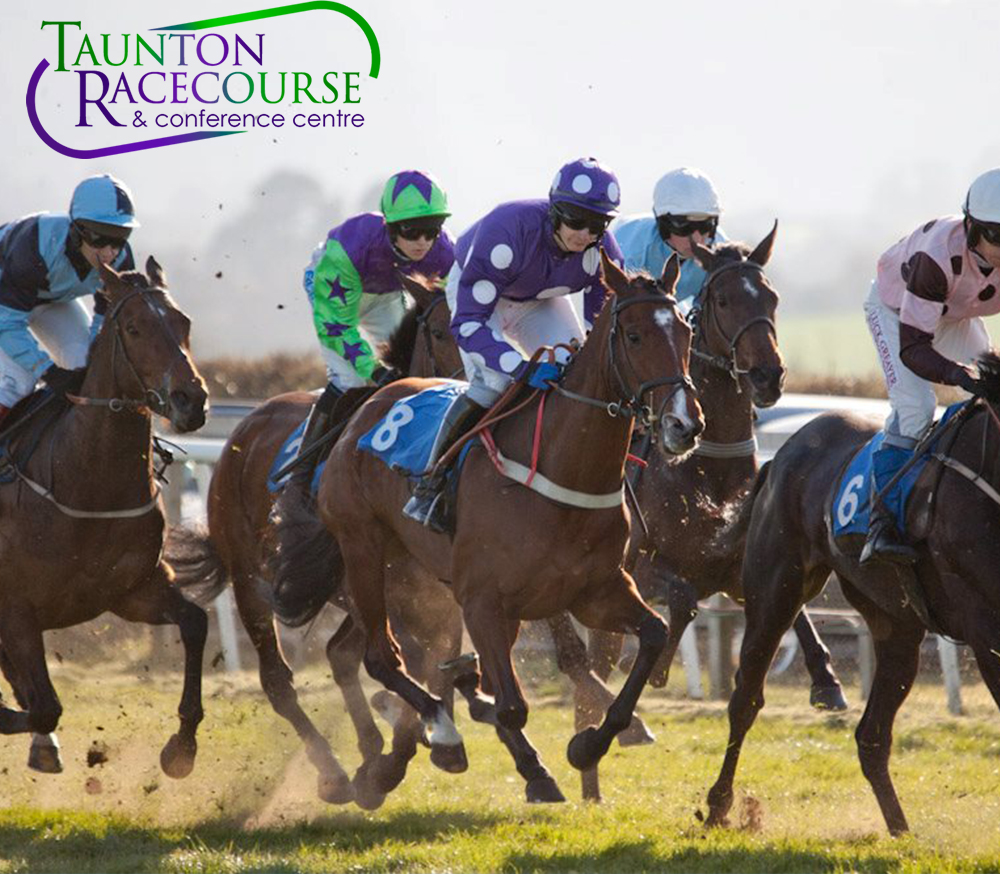 Taunton Racecourse is used for National Hunt racing. The course has a right-handed track with a full circuit of one mile and a quarter.
Taunton Racecourse is used for National Hunt racing. The course has a right-handed track with a full circuit of one mile and a quarter.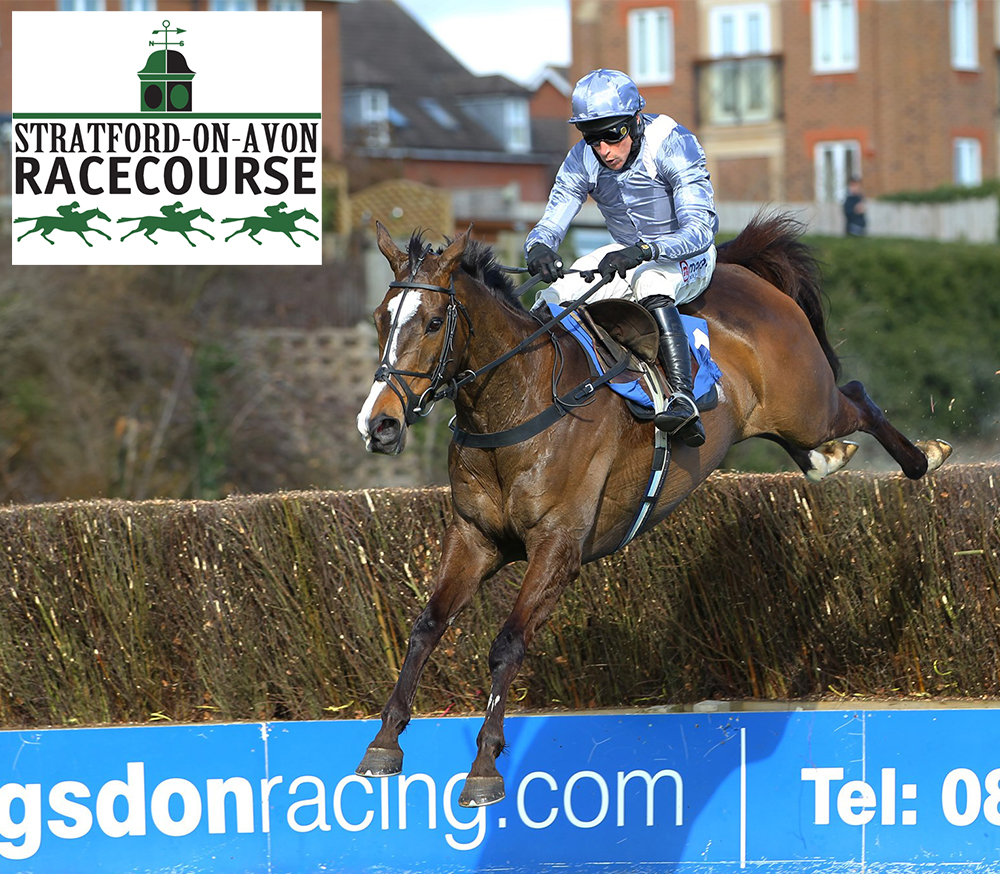 Stratford-Upon-Avon racecourse has a left-handed track that is used for National Hunt racing.
Stratford-Upon-Avon racecourse has a left-handed track that is used for National Hunt racing.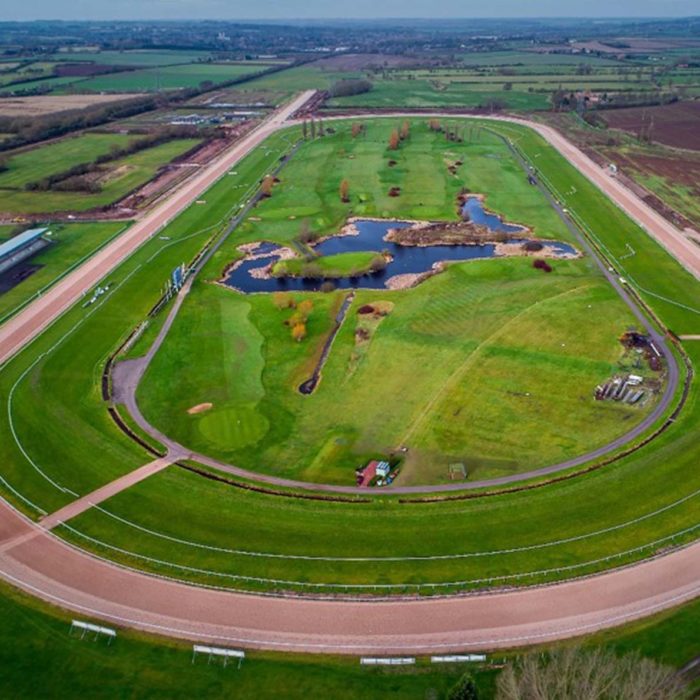 Southwell Racecourse has two tracks with an All-Weather and a Turf course.
Southwell Racecourse has two tracks with an All-Weather and a Turf course.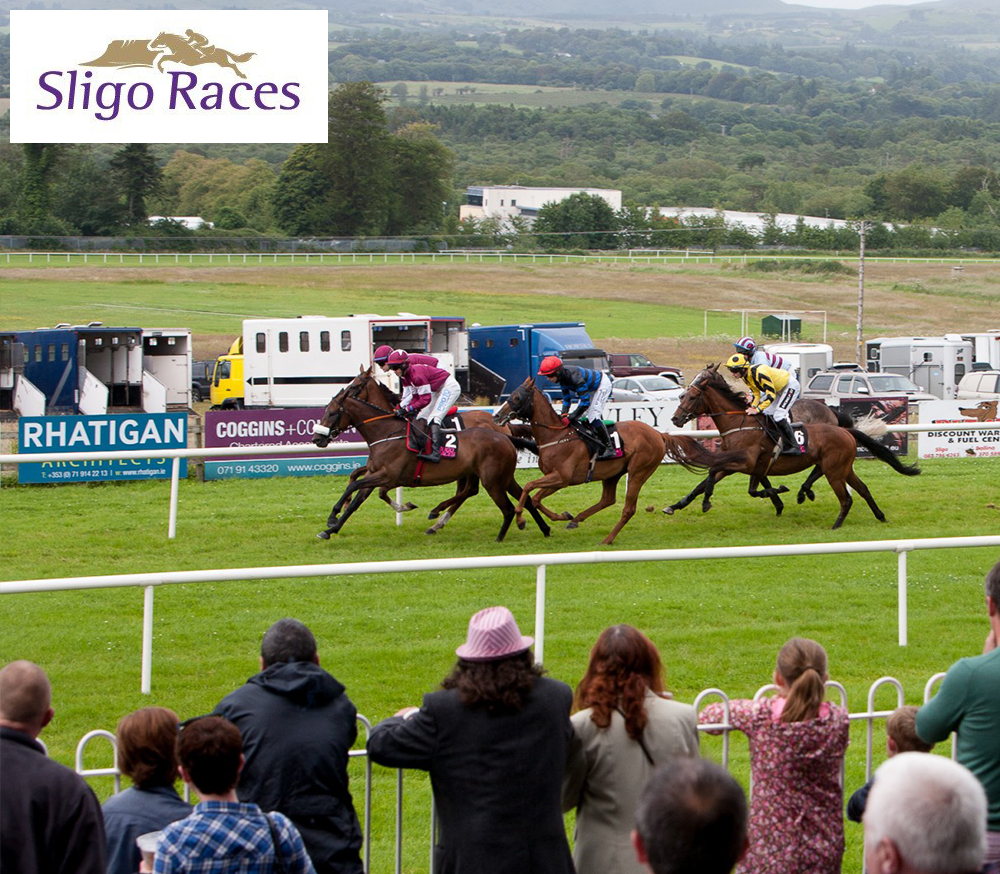
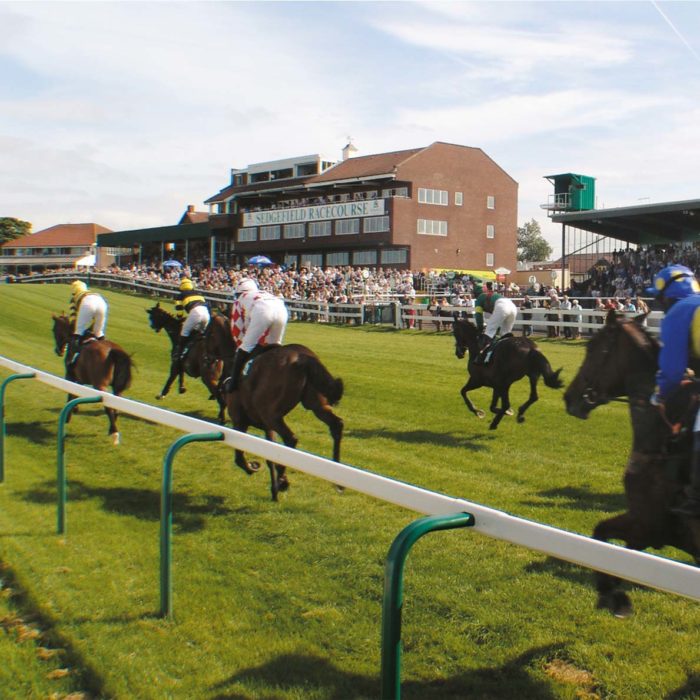 Sedgefield Racecourse is a left-handed racecourse that is used for National Hunt racing.
Sedgefield Racecourse is a left-handed racecourse that is used for National Hunt racing.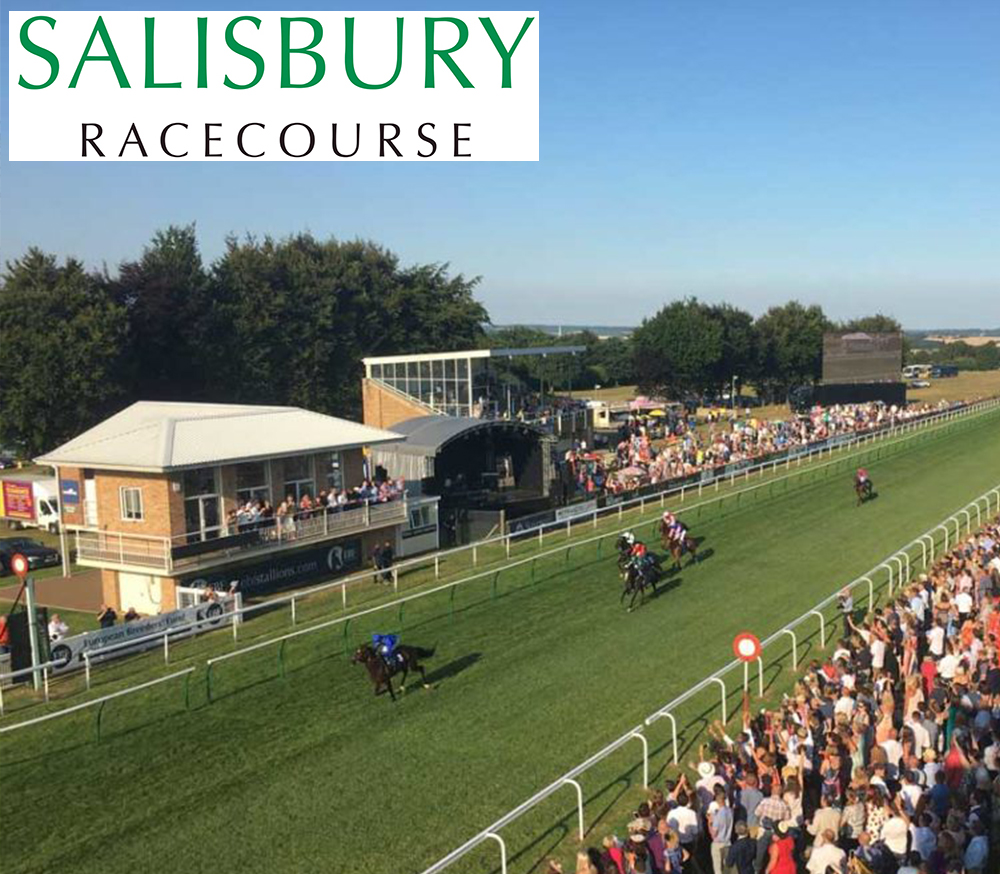 Salisbury Racecourse has a right-handed track that is used for flat racing.
Salisbury Racecourse has a right-handed track that is used for flat racing.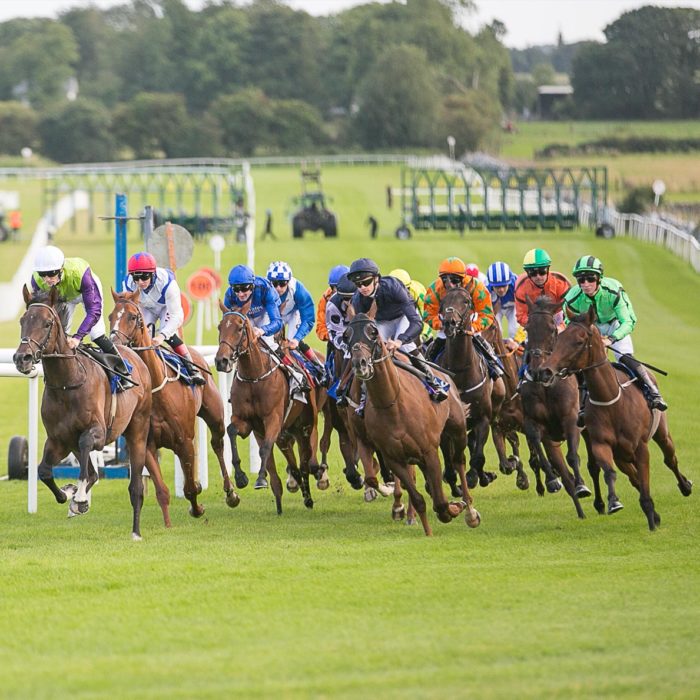
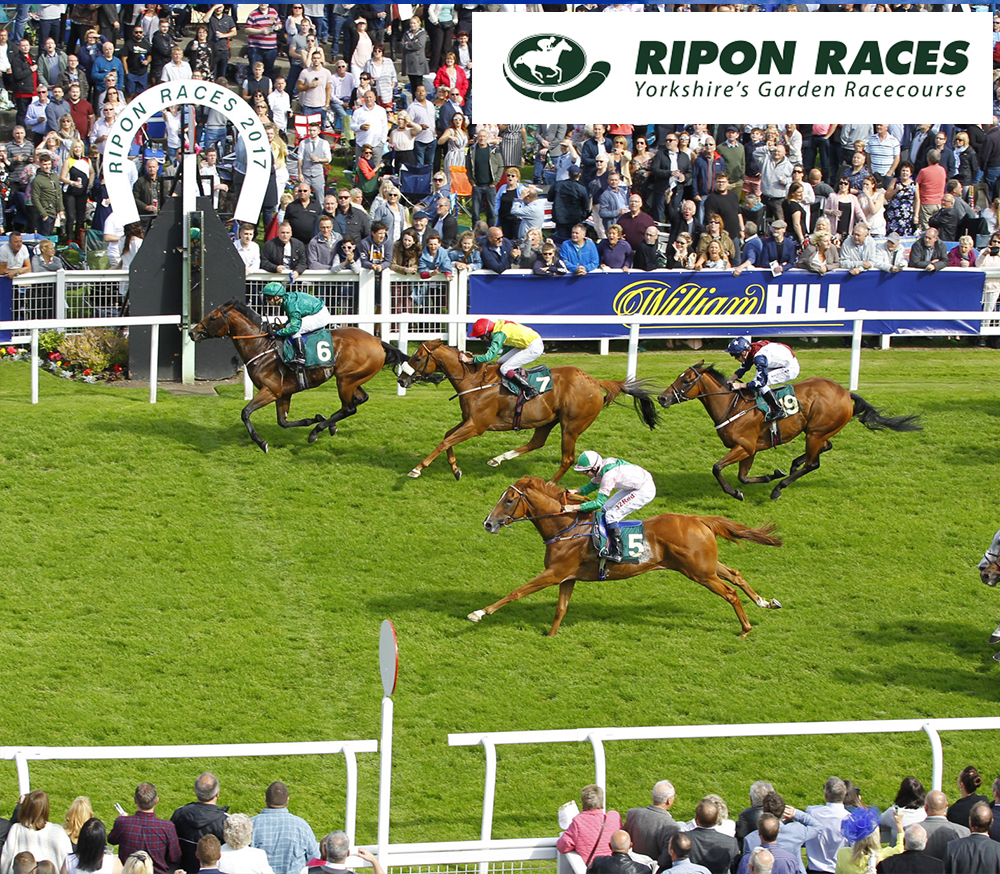 Ripon Racecourse is used for flat racing with a right-handed oval track of 1 mile 5 furlongs.
Ripon Racecourse is used for flat racing with a right-handed oval track of 1 mile 5 furlongs.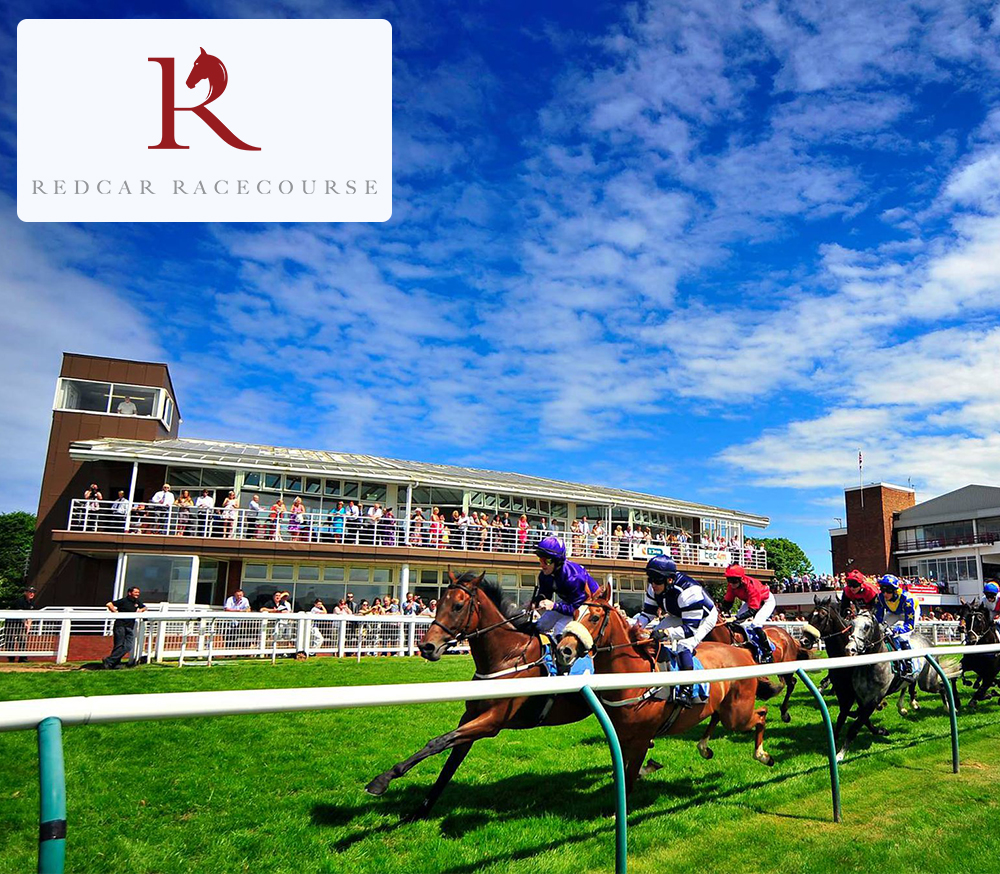 Redcar Racecourse is a flat racing venue with a left-handed track and a distance of one mile and three quarters.
Redcar Racecourse is a flat racing venue with a left-handed track and a distance of one mile and three quarters.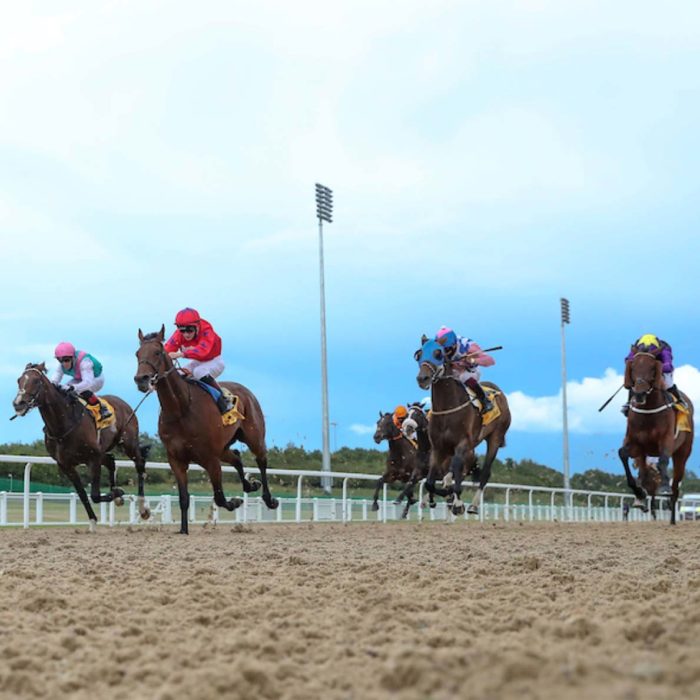 Newcastle Racecourse is used for flat and National Hunt racing. The track is a left-handed circuit of 1 mile 6 furlongs.
Newcastle Racecourse is used for flat and National Hunt racing. The track is a left-handed circuit of 1 mile 6 furlongs.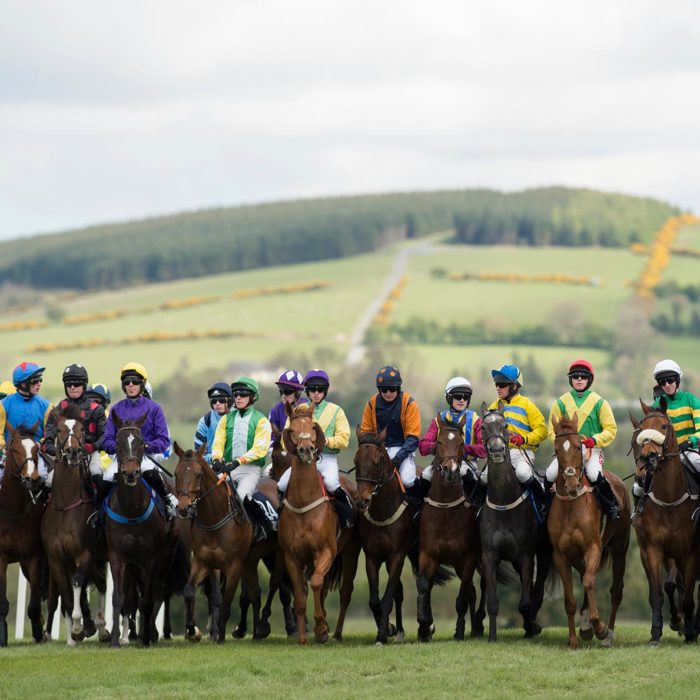 Punchestown Racecourse has two courses, the hurdle course which is one mile six furlongs in distance and the chase course which is 2 miles.
Punchestown Racecourse has two courses, the hurdle course which is one mile six furlongs in distance and the chase course which is 2 miles.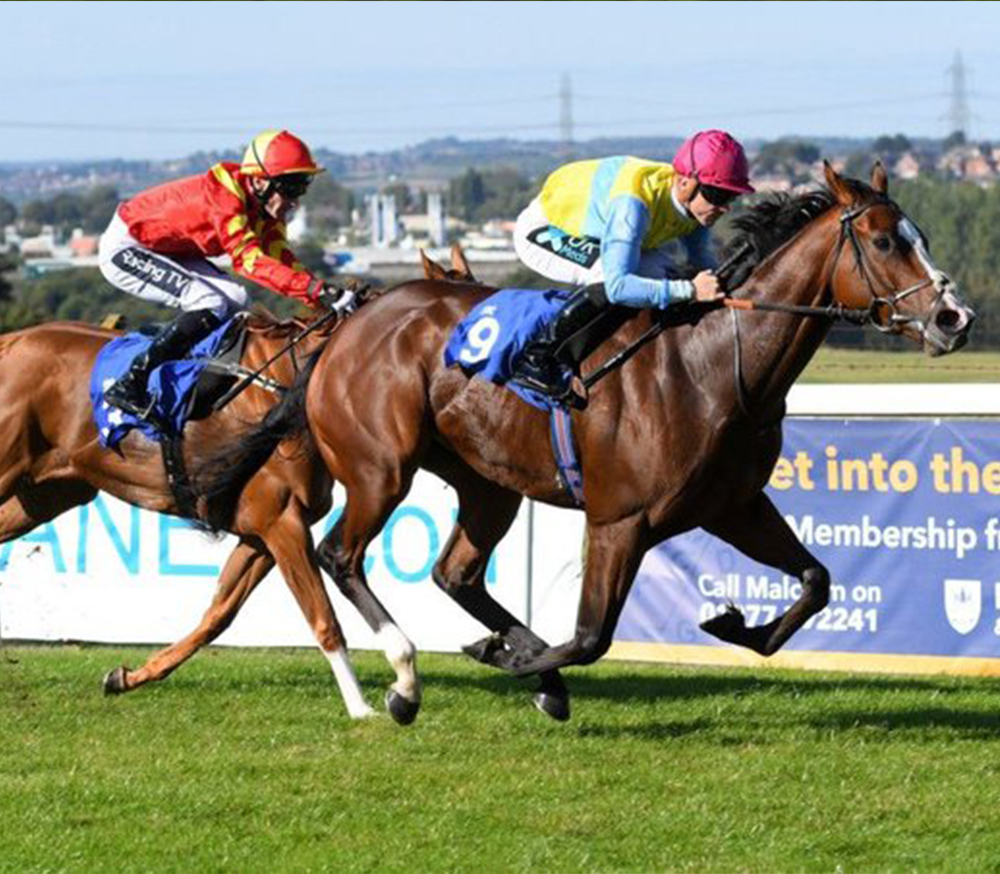 Pontefract Racecourse has a left-handed track with a full circuit of about 2 miles
Pontefract Racecourse has a left-handed track with a full circuit of about 2 miles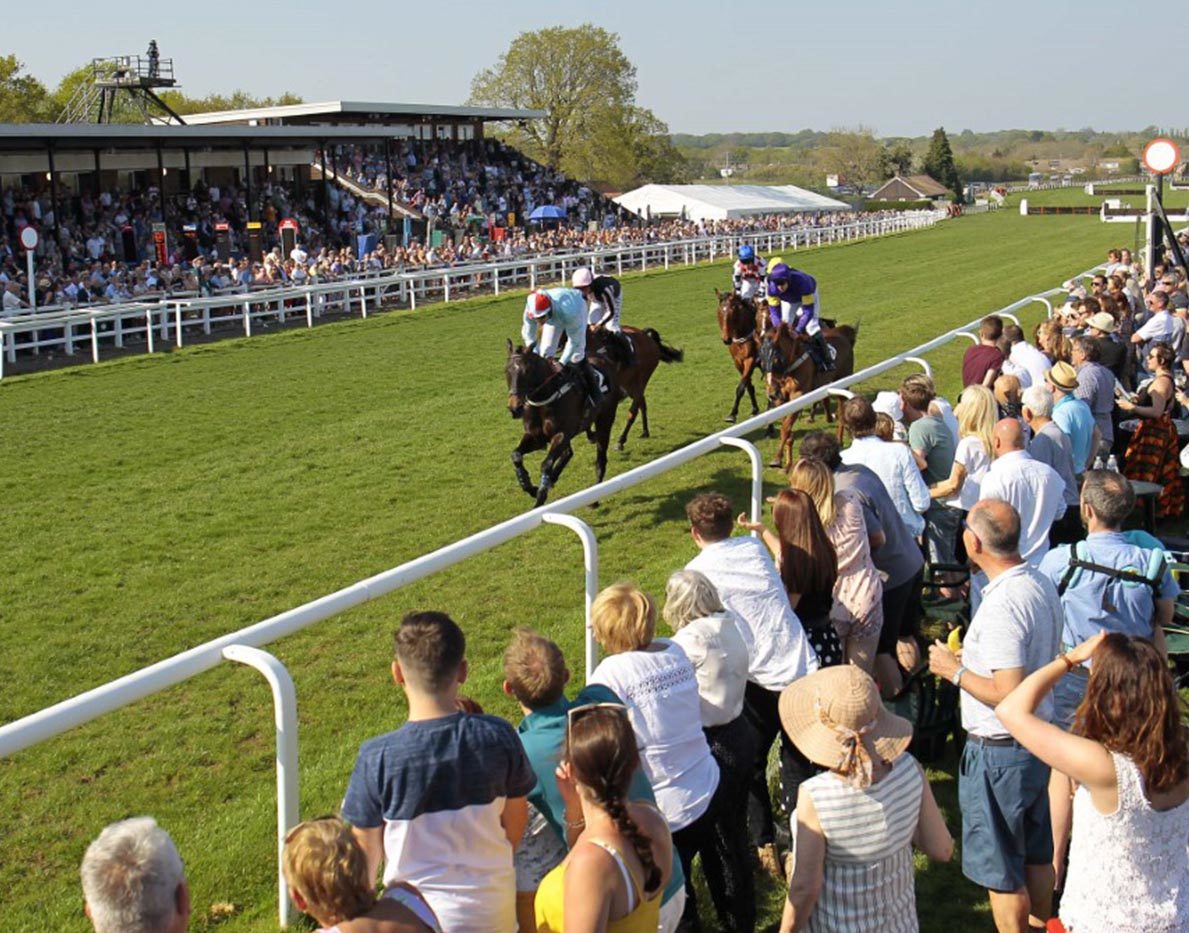 Plumpton Racecourse has a left-handed track with a circuit of just over 1 mile.
Plumpton Racecourse has a left-handed track with a circuit of just over 1 mile.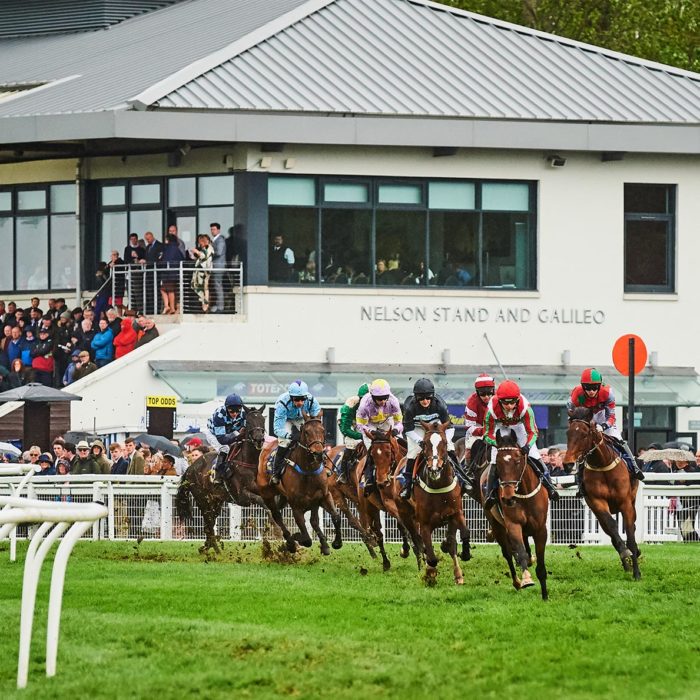
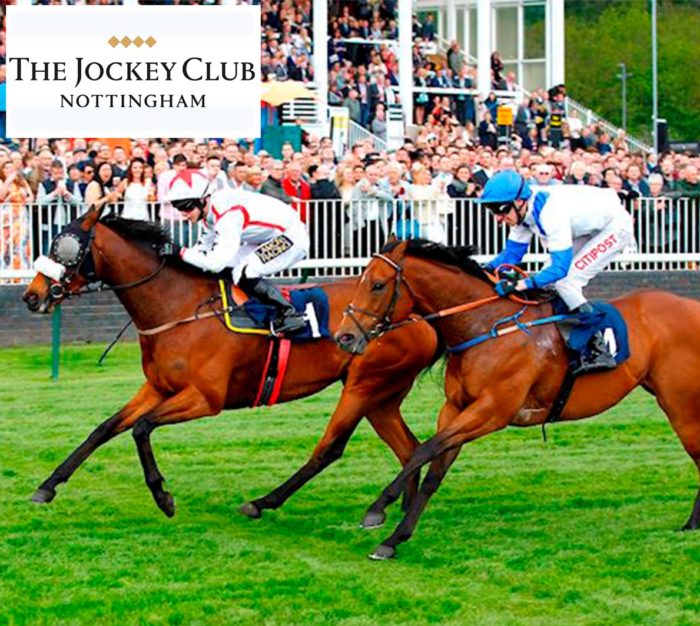 Nottingham Racecourse is used for Flat racing, with a left-handed circuit of 1 mile 4 furlongs.
Nottingham Racecourse is used for Flat racing, with a left-handed circuit of 1 mile 4 furlongs.
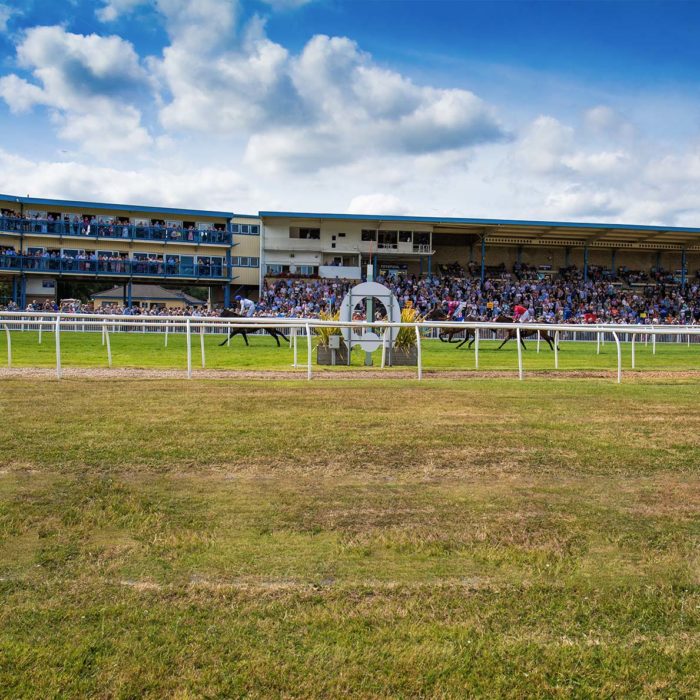 Newton Abbot Racecourse is used for National Hunt, with a left-handed circuit of 1 mile.
Newton Abbot Racecourse is used for National Hunt, with a left-handed circuit of 1 mile.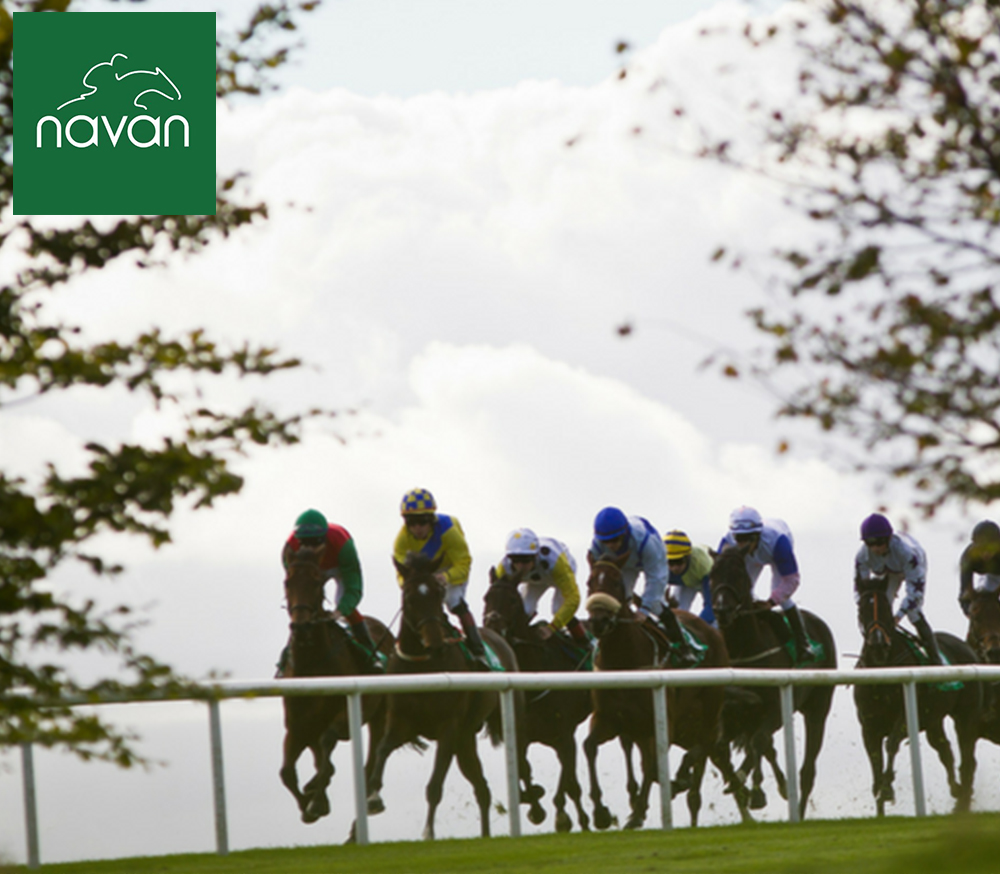 Navan Racecourse has a left-handed oval track of one and a half miles.
Navan Racecourse has a left-handed oval track of one and a half miles.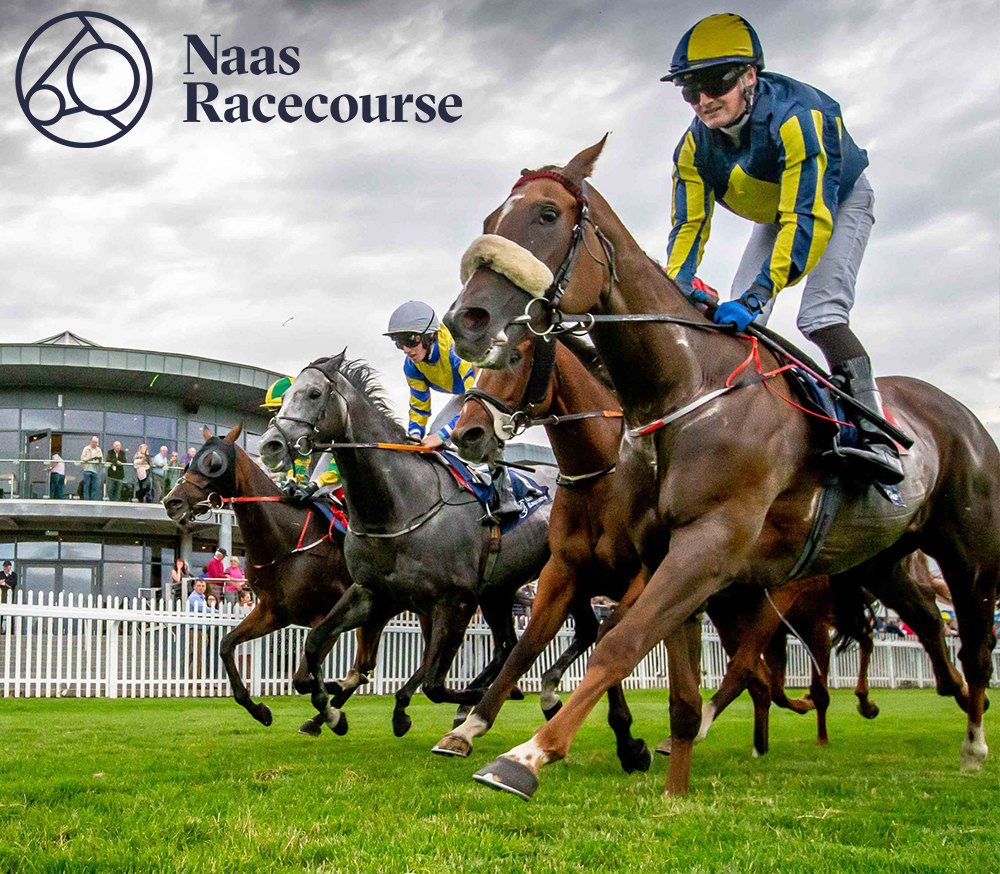 Naas Racecourse has a left-handed course with a distance of one mile and four furlongs in length.
Naas Racecourse has a left-handed course with a distance of one mile and four furlongs in length.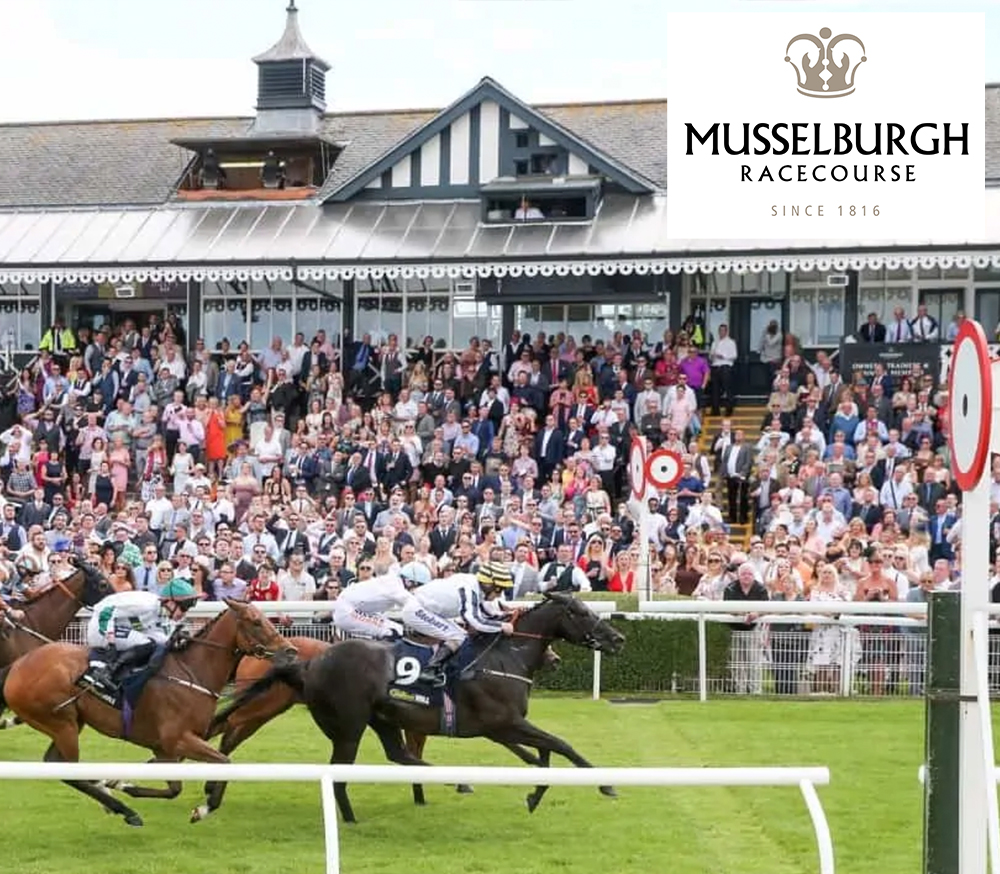 Musselburgh Racecourse is used for Flat and National Hunt racing. It has a right-handed course of 1 mile 2 furlongs.
Musselburgh Racecourse is used for Flat and National Hunt racing. It has a right-handed course of 1 mile 2 furlongs.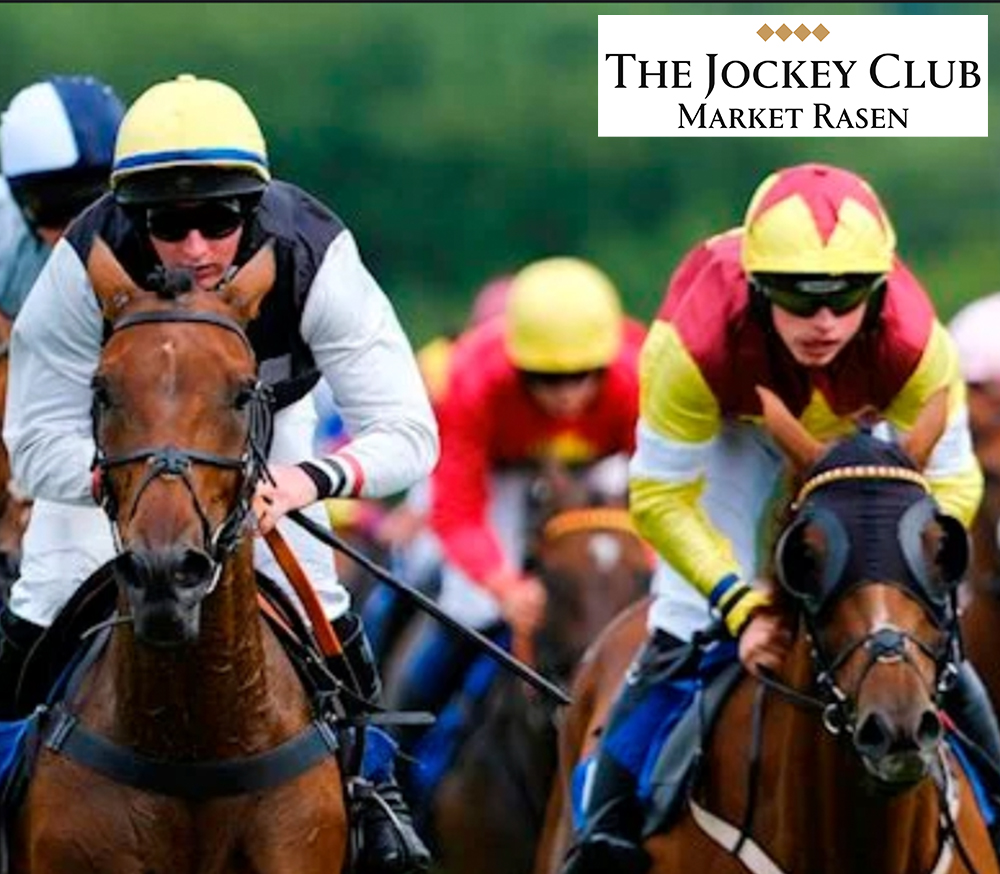 Market Rasen racecourse is used for National Hunt, with a right-handed circuit of 1 mile 2 furlongs.
Market Rasen racecourse is used for National Hunt, with a right-handed circuit of 1 mile 2 furlongs.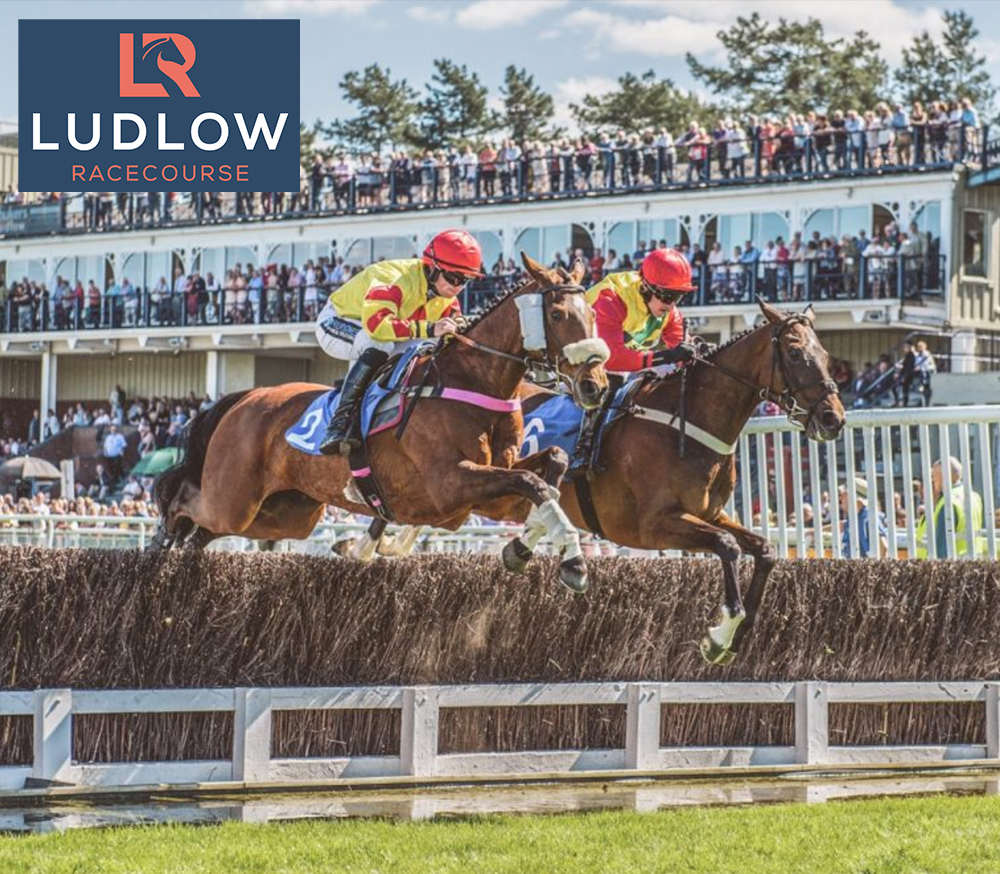 Ludlow Racecourse is used for National Hunt. It has a right-handed circuit of 1 mile 4 furlongs.
Ludlow Racecourse is used for National Hunt. It has a right-handed circuit of 1 mile 4 furlongs.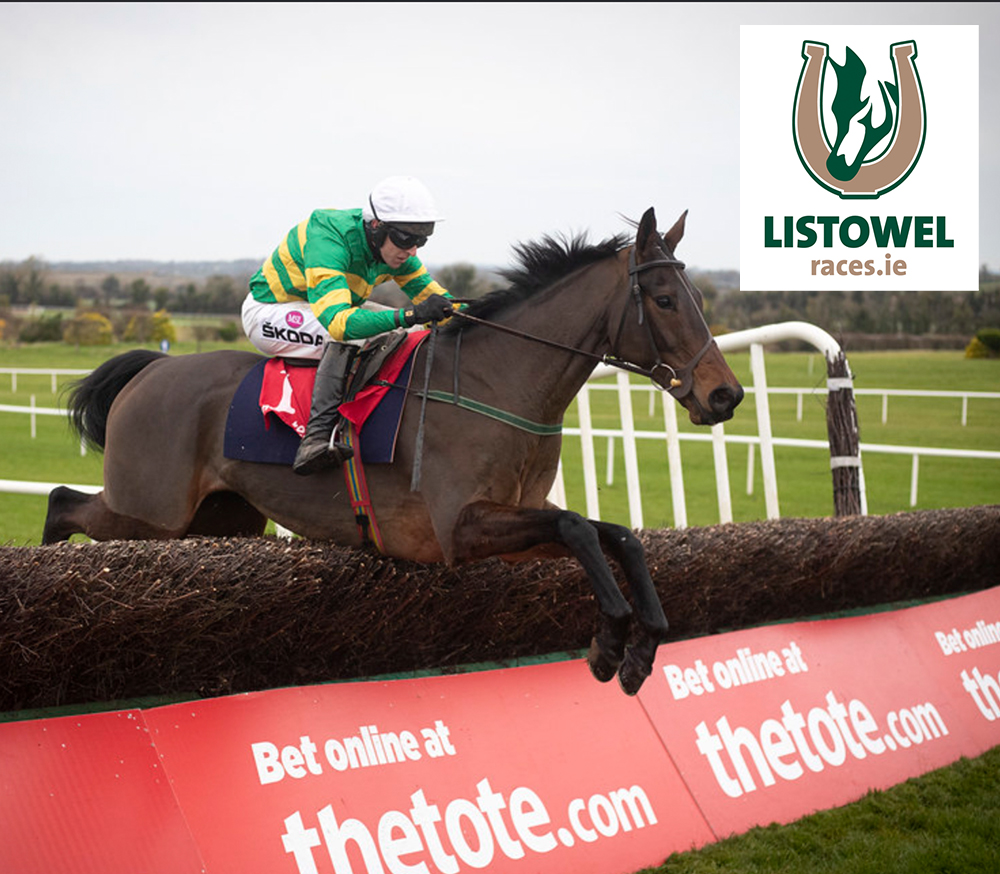 Listowel Racecourse in County Kerry has a left-handed track in an oval shape with a distance of just over one mile in length.
Listowel Racecourse in County Kerry has a left-handed track in an oval shape with a distance of just over one mile in length.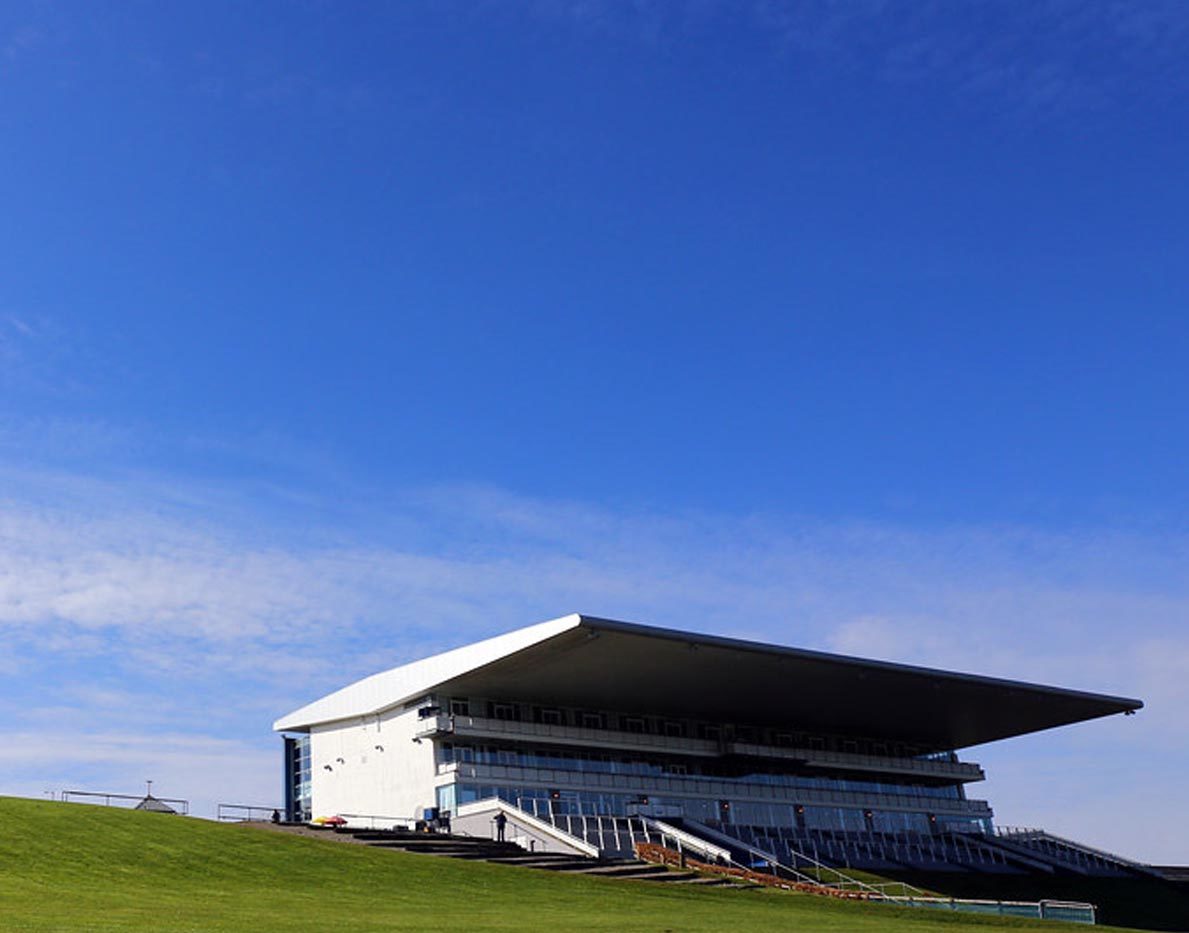 Limerick is a right-handed track in an oval shape with a distance of 11 furlongs.
Limerick is a right-handed track in an oval shape with a distance of 11 furlongs.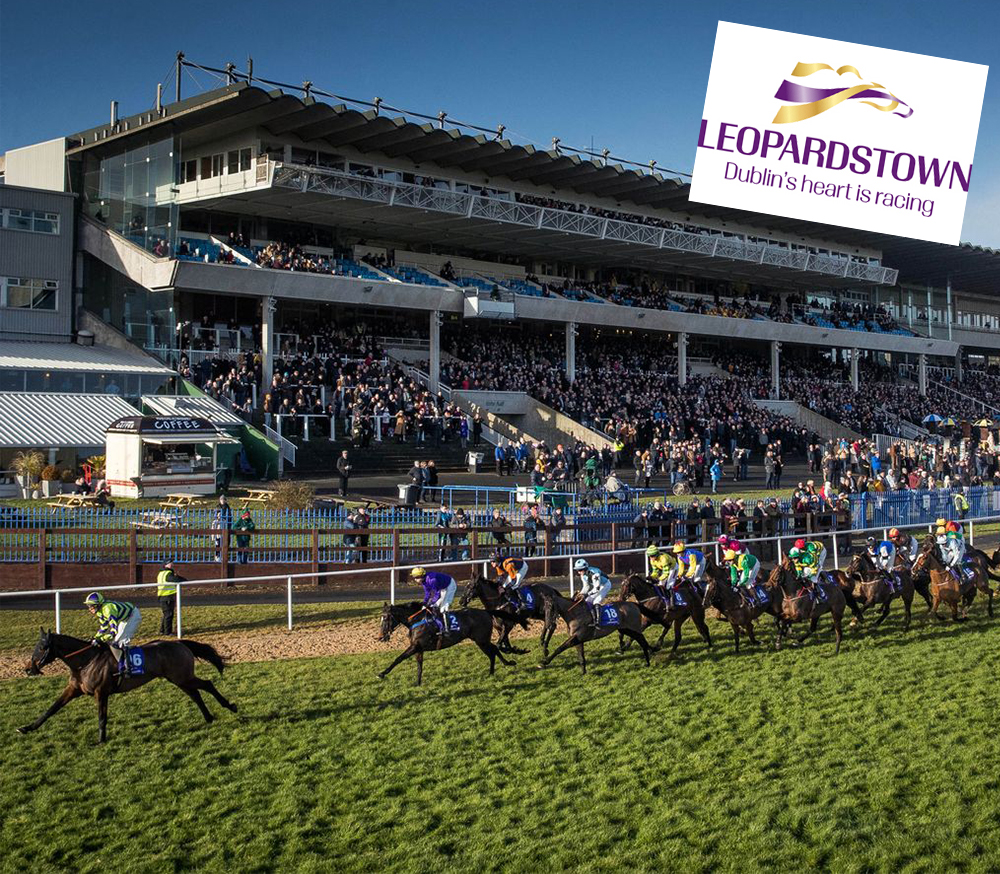 Leopardstown has a left-handed track that is oval in shape with a distance of one mile and six furlongs.
Leopardstown has a left-handed track that is oval in shape with a distance of one mile and six furlongs.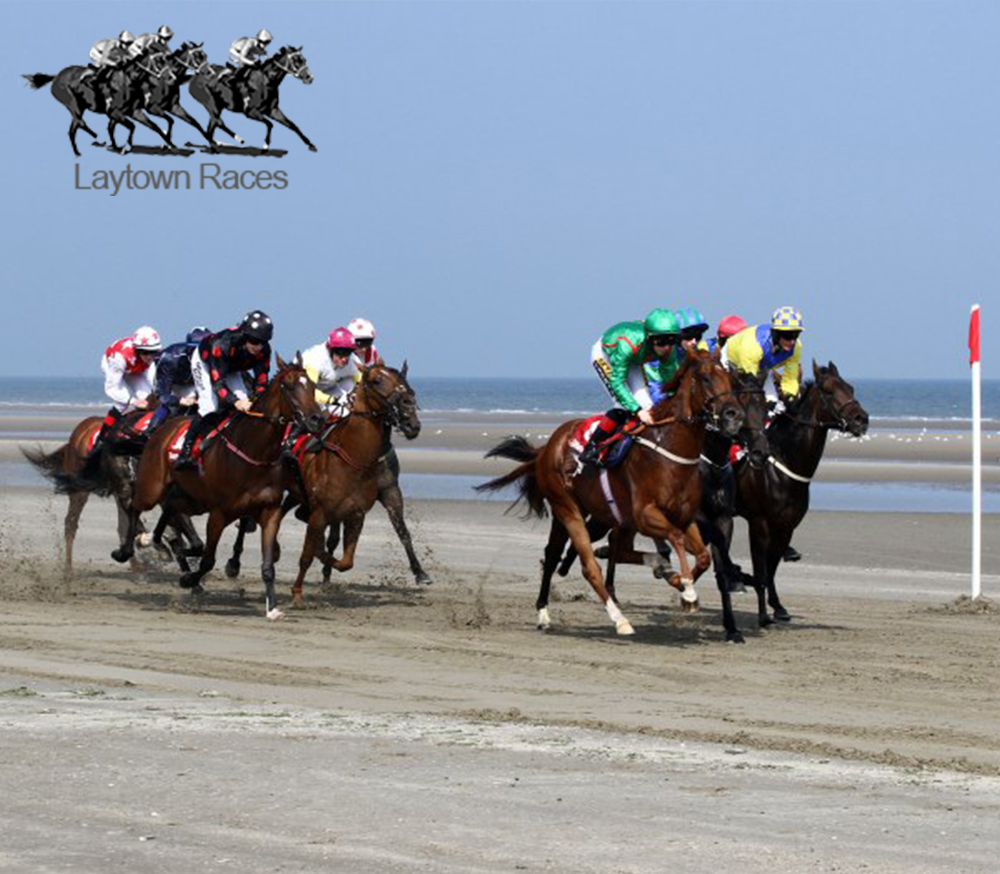 At Laytown, The Strand course is a straight near-level course over seven furlongs in distance.
At Laytown, The Strand course is a straight near-level course over seven furlongs in distance.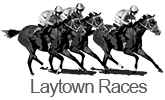
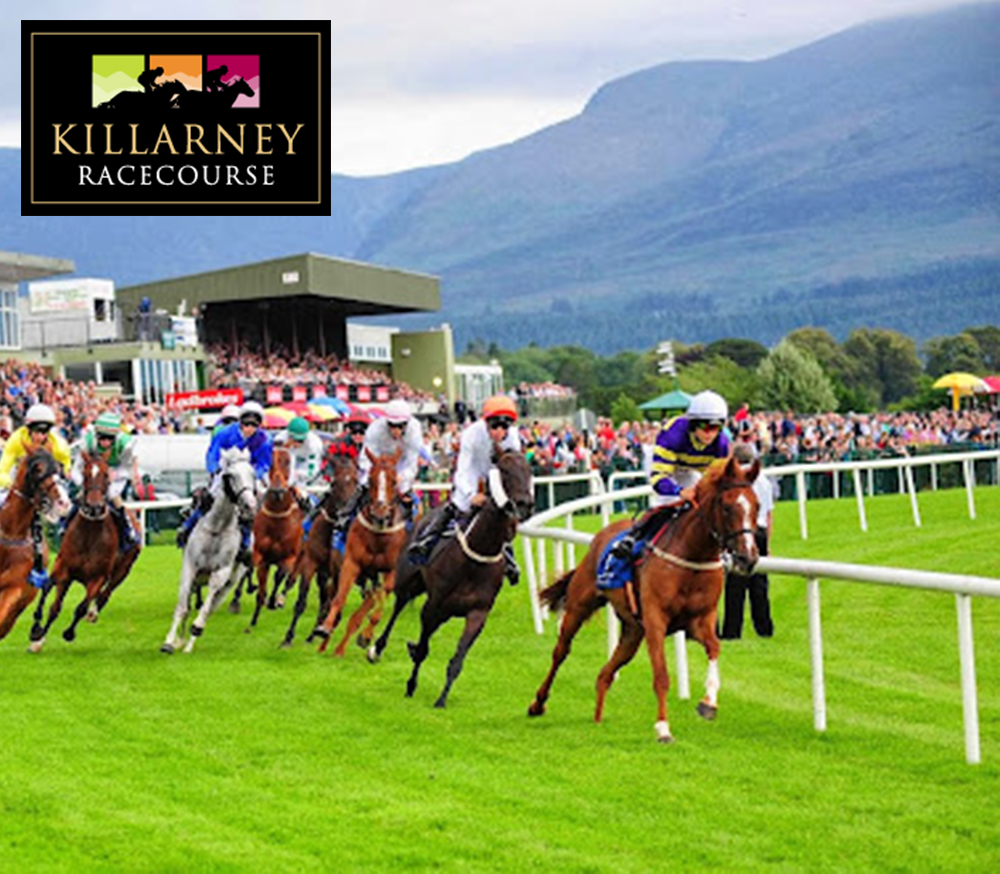
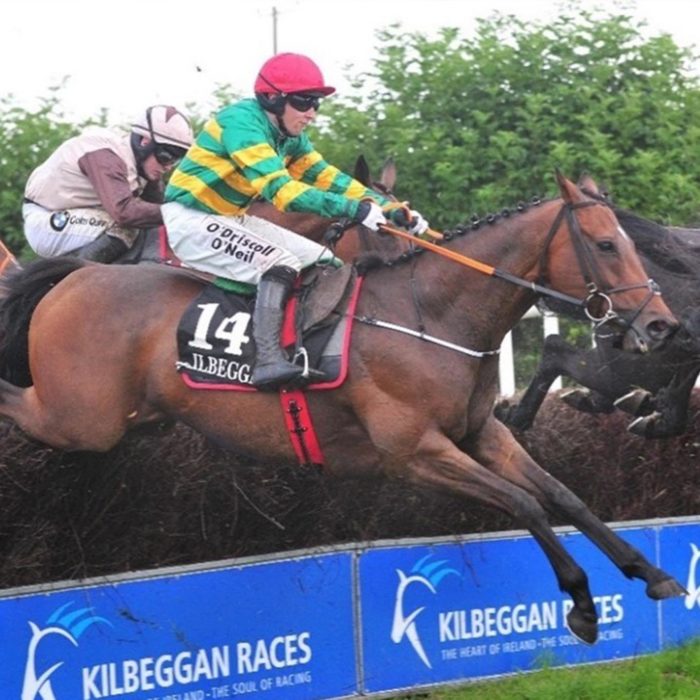
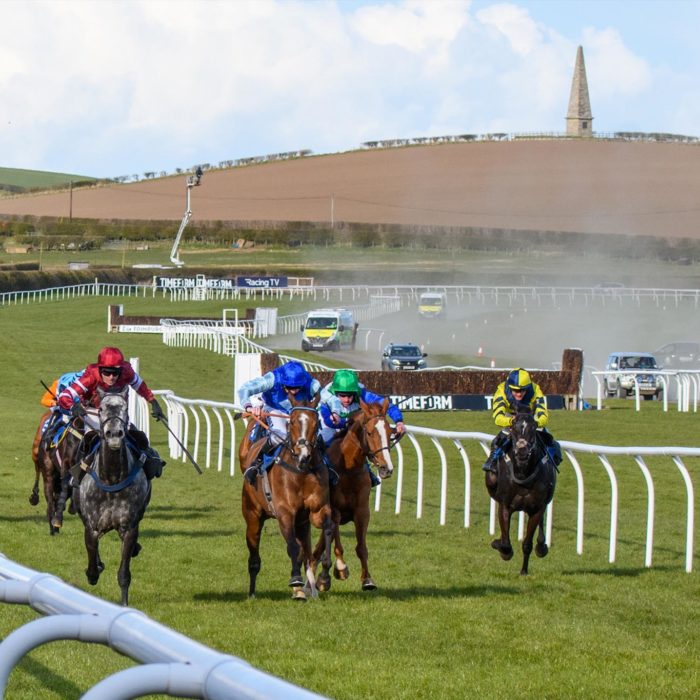
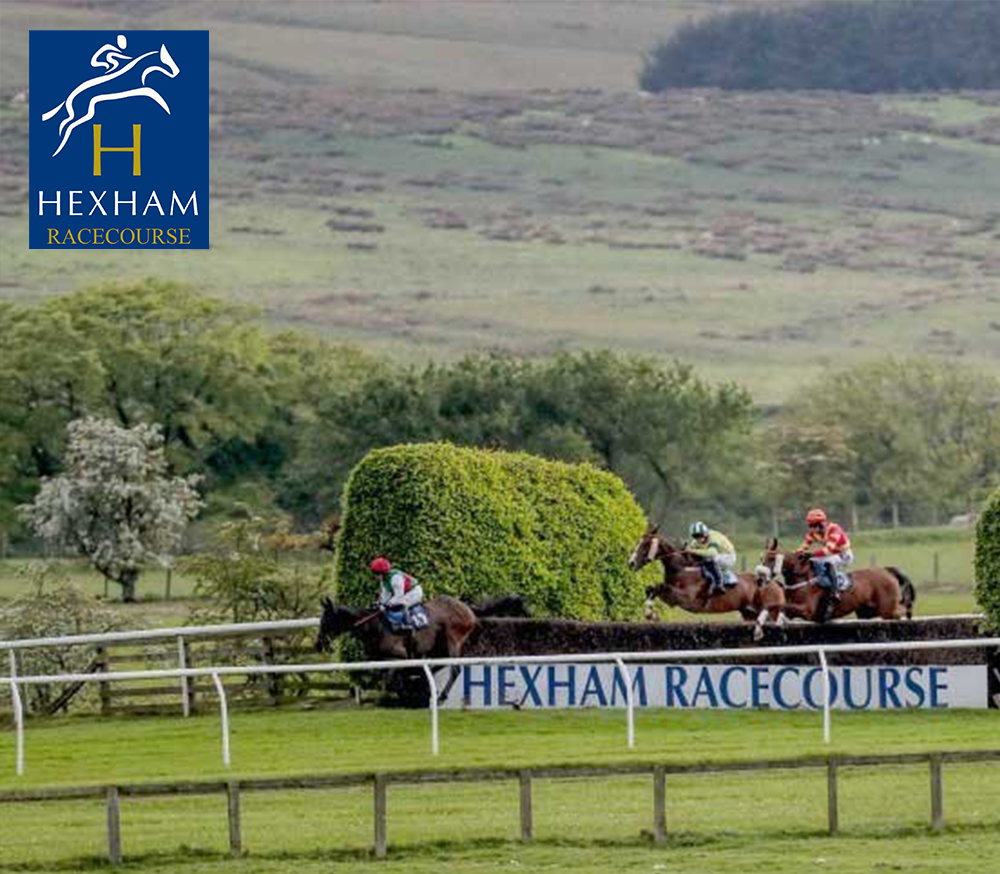
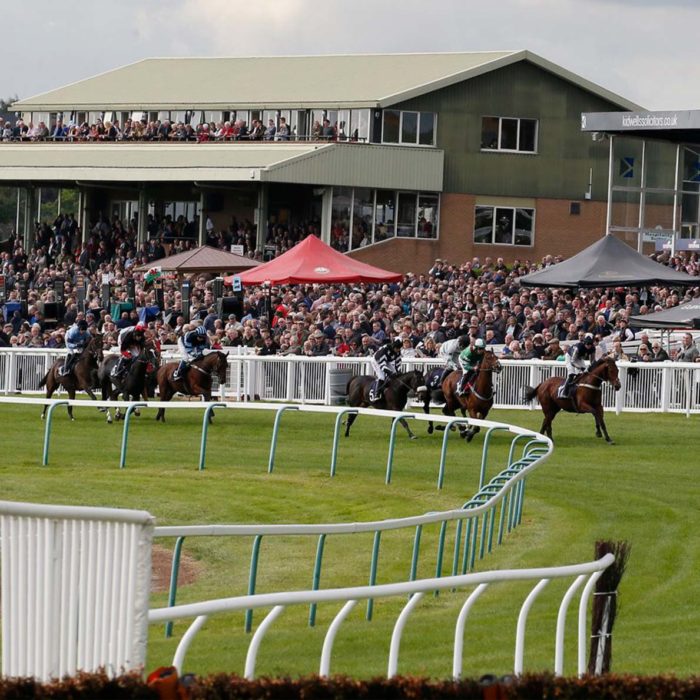 Hereford Racecourse is a right-handed course of about 1.5 miles, used for National Hunt racing.
Hereford Racecourse is a right-handed course of about 1.5 miles, used for National Hunt racing.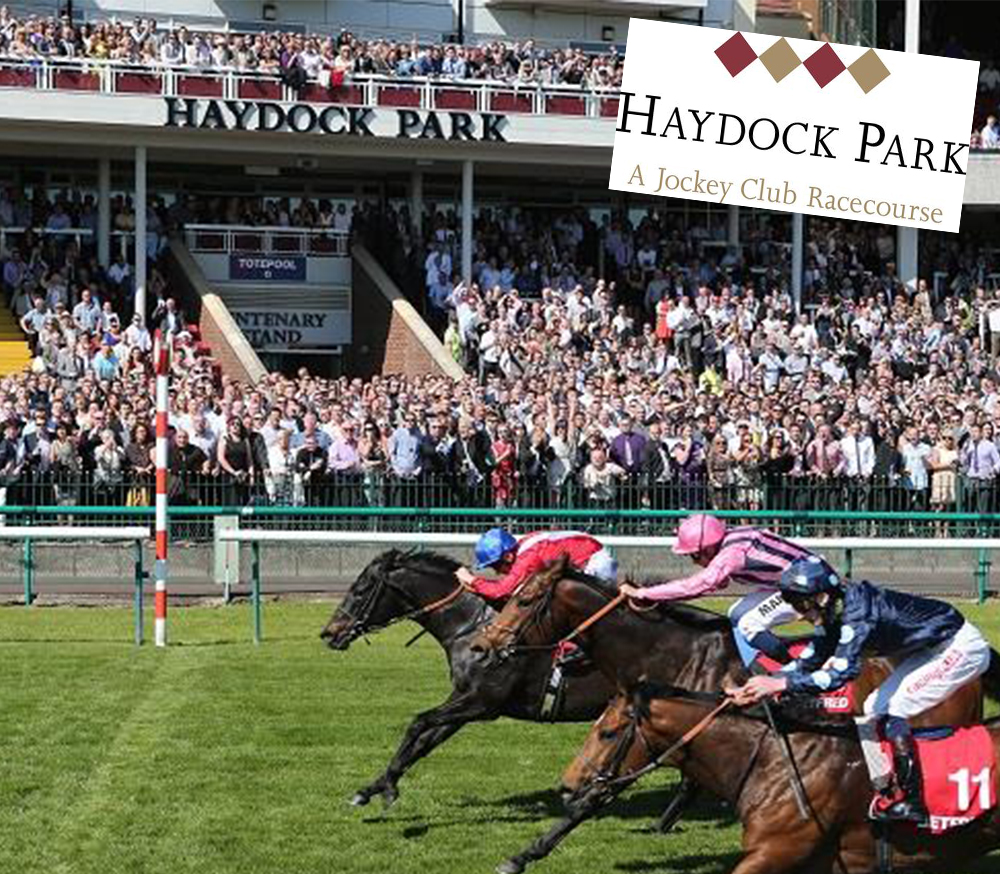 Haydock Park Racecourse is a left-handed circuit of 1 mile and 5 furlongs.
Haydock Park Racecourse is a left-handed circuit of 1 mile and 5 furlongs.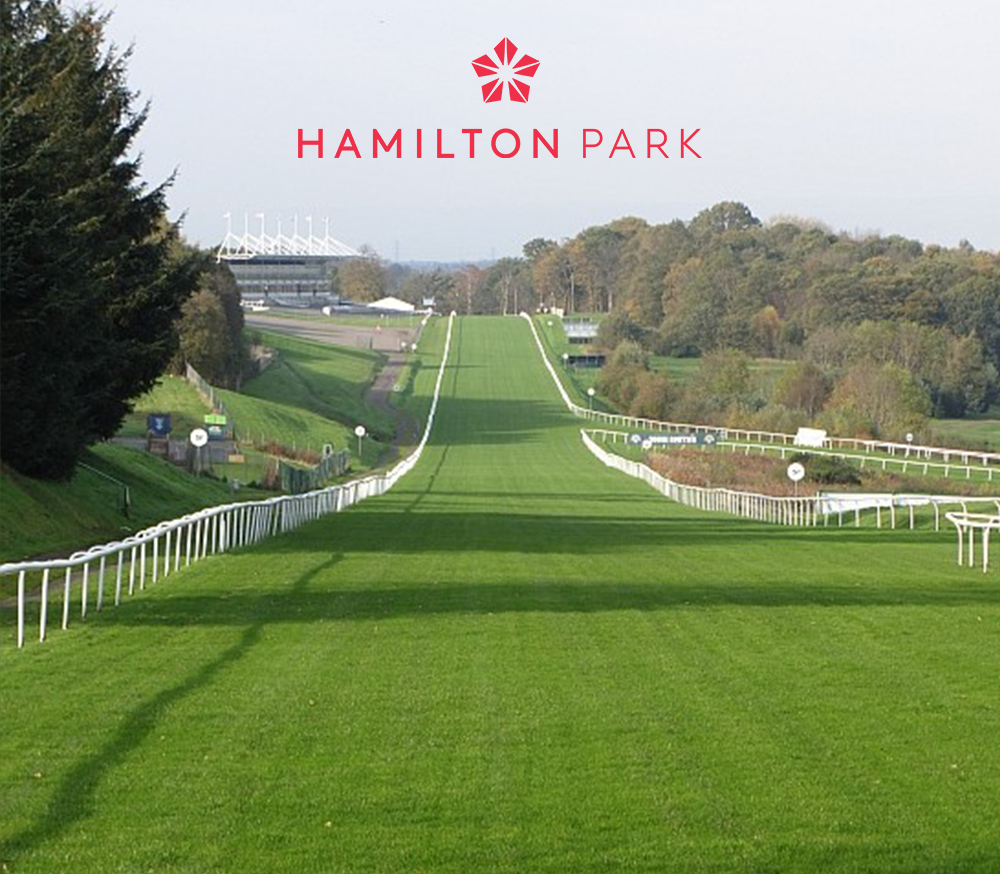
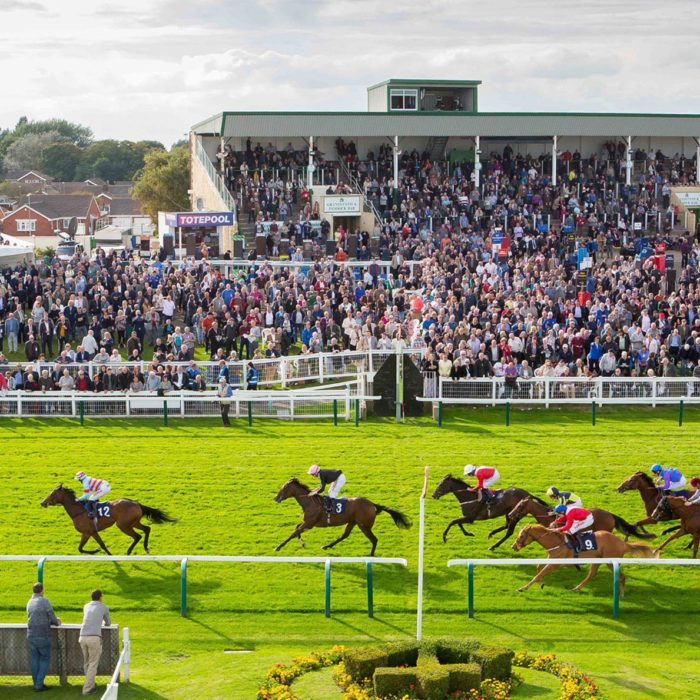 Great Yarmouth Racecourse is proud of its racing heritage, dating back over 300 years.
Great Yarmouth Racecourse is proud of its racing heritage, dating back over 300 years.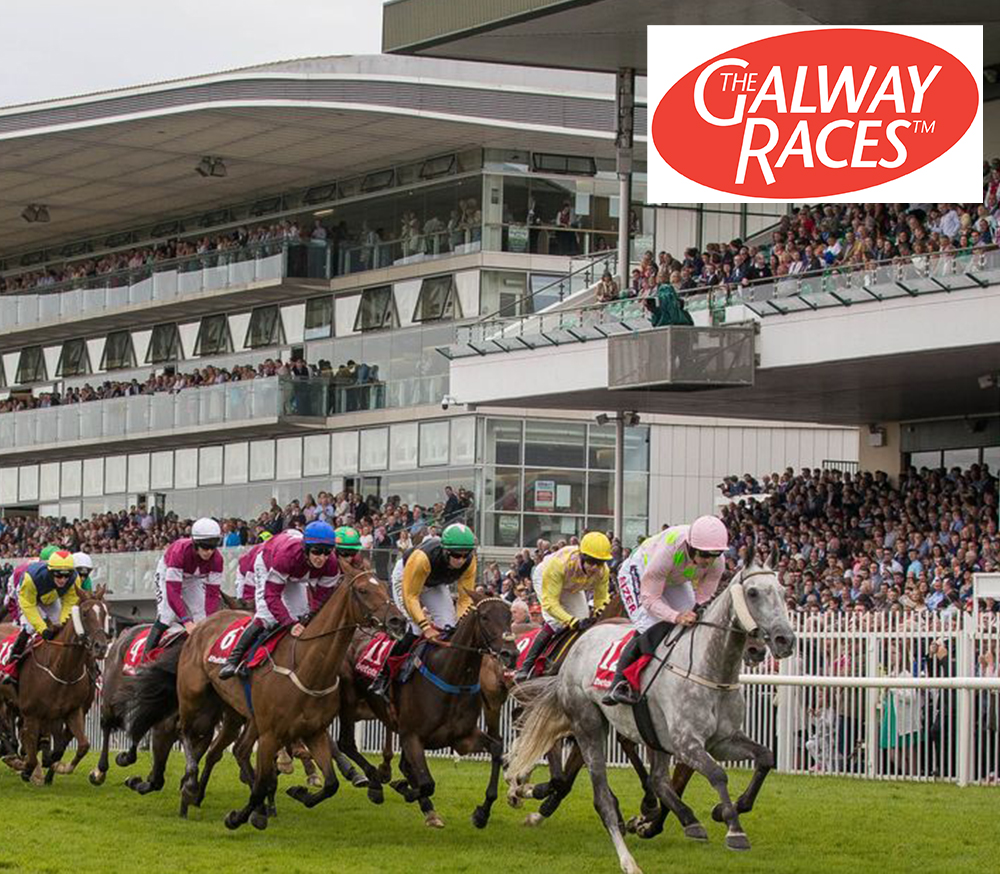
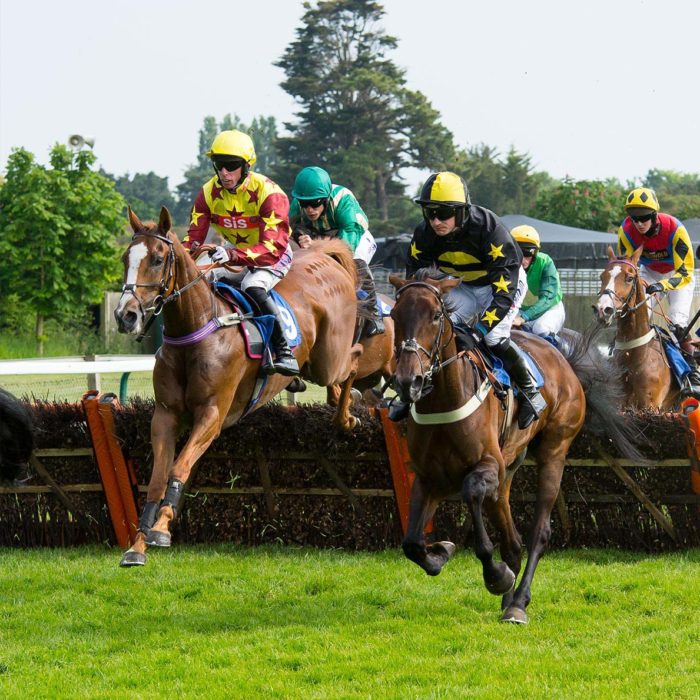 Fontwell Park is located in an impressive setting between Chichester and Arundel.
Fontwell Park is located in an impressive setting between Chichester and Arundel.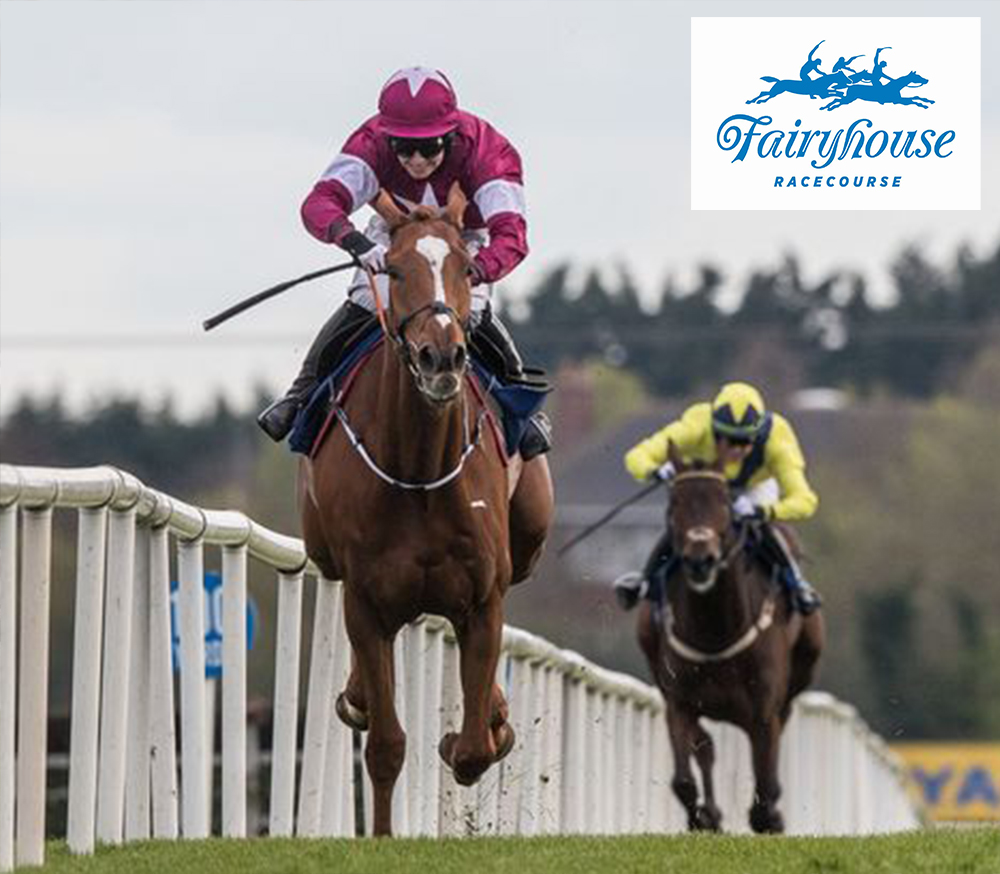 Fairyhouse Racecourse is a right-handed circuit over 1 mile and 6.5 furlongs. It has a 2.5 furlong straight and a slight uphill finish.
Fairyhouse Racecourse is a right-handed circuit over 1 mile and 6.5 furlongs. It has a 2.5 furlong straight and a slight uphill finish.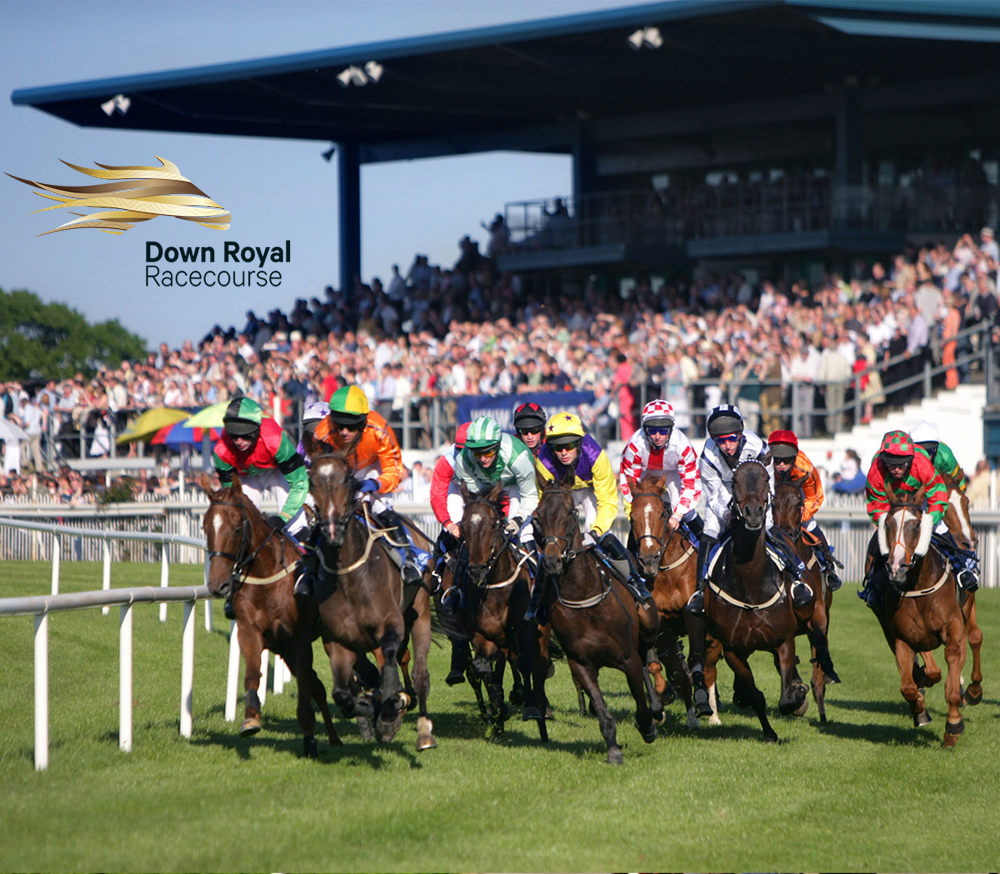 Racing at Down Royal has an extensive and interesting history, but what is of even more interest is the range of high-class racing the course has been staging more recently.
Racing at Down Royal has an extensive and interesting history, but what is of even more interest is the range of high-class racing the course has been staging more recently.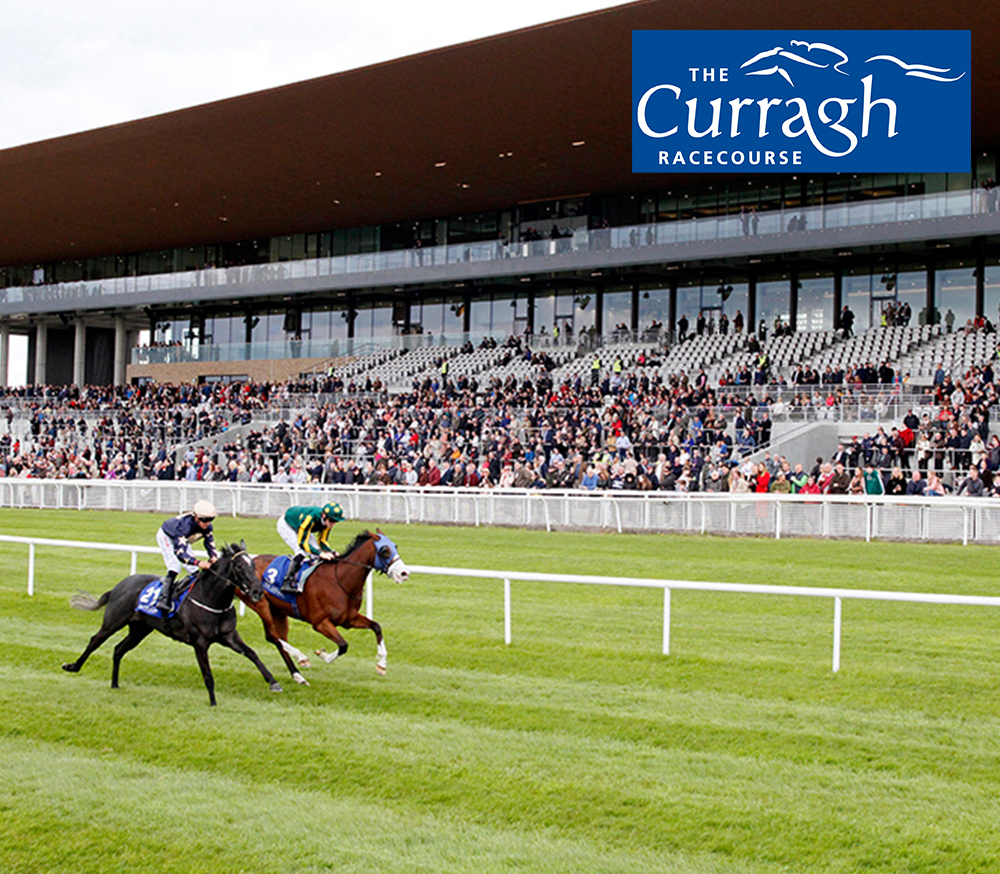
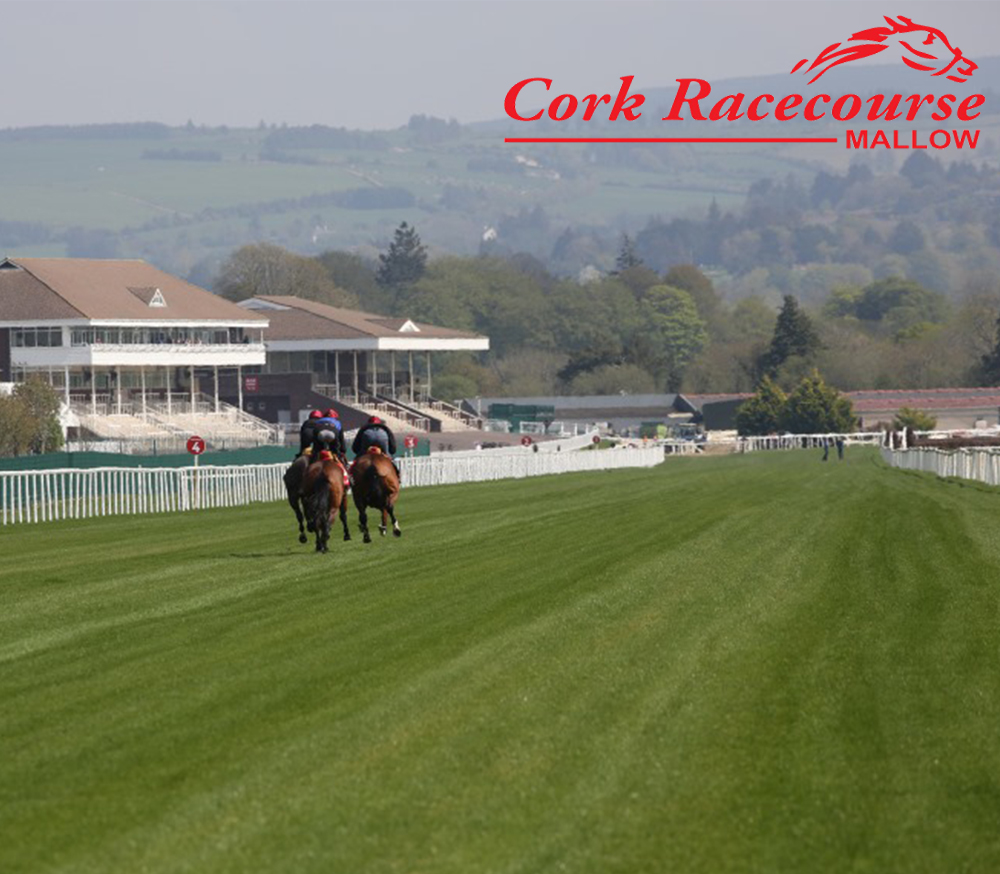 Cork Racecourse, also known as Cork Racecourse Mallow, stages both National Hunt racing and flat racing.
Cork Racecourse, also known as Cork Racecourse Mallow, stages both National Hunt racing and flat racing.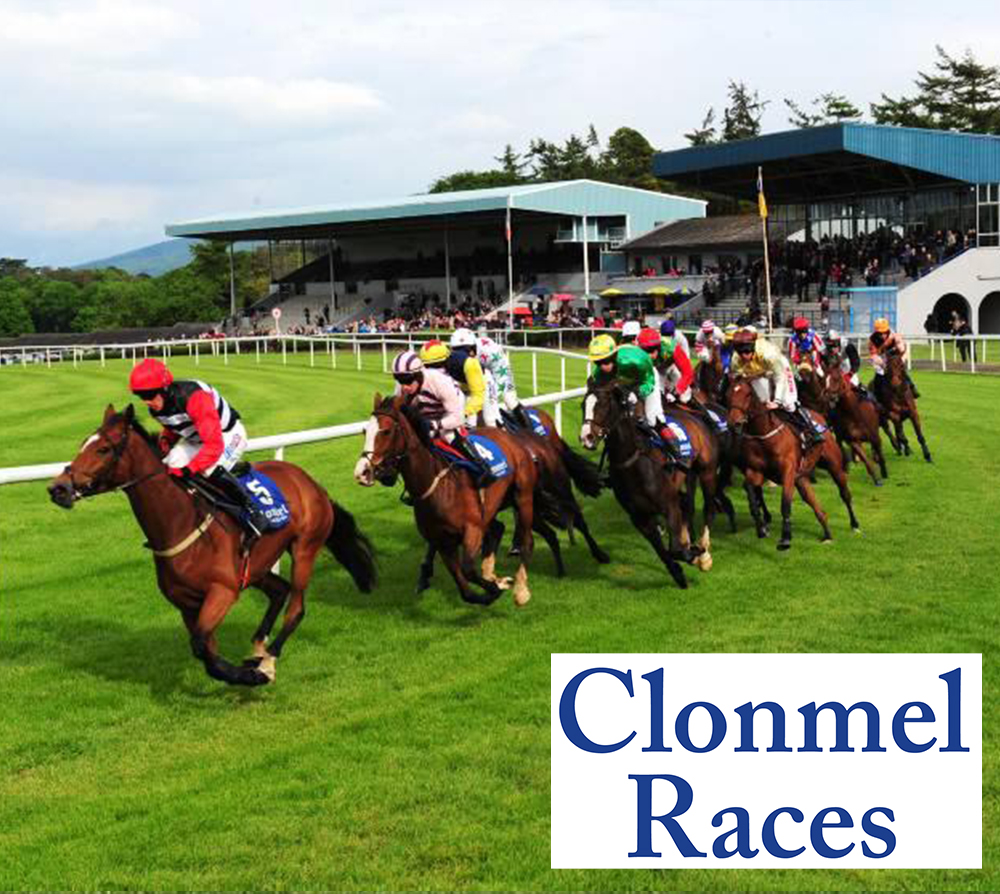 Clonmel Racecourse, formerly Powerstown Park, has been a popular horseracing venue for over 150 years.
Clonmel Racecourse, formerly Powerstown Park, has been a popular horseracing venue for over 150 years.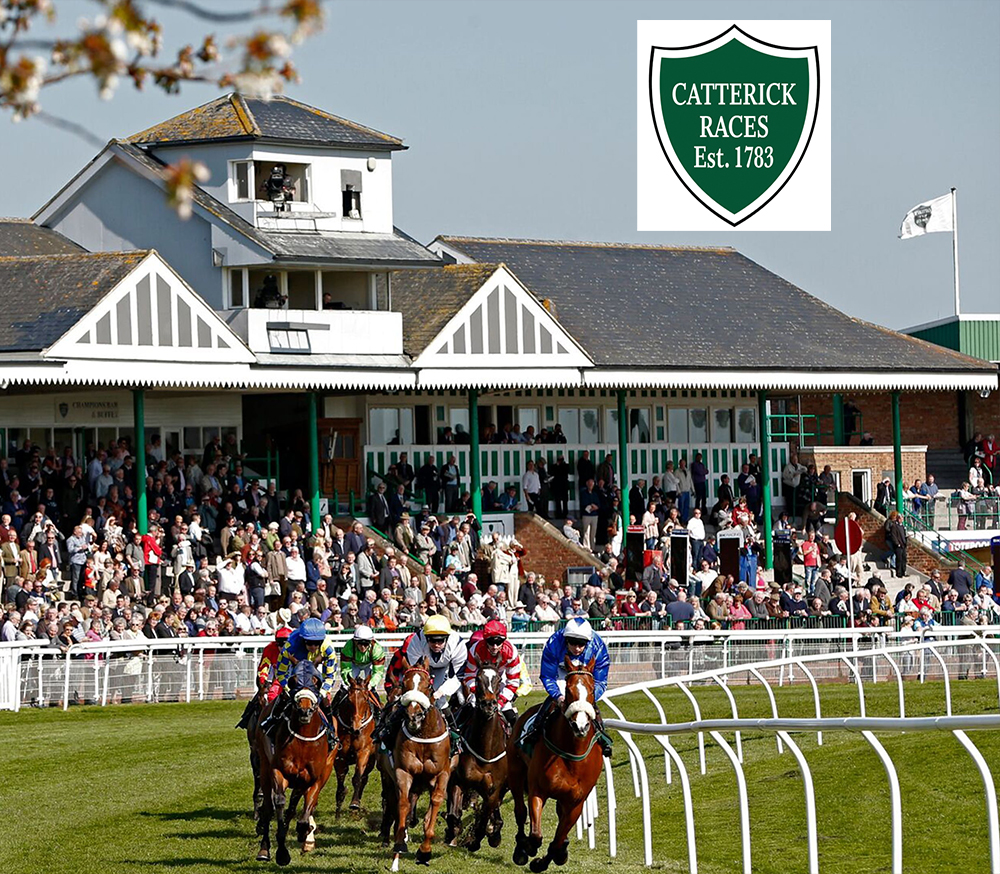
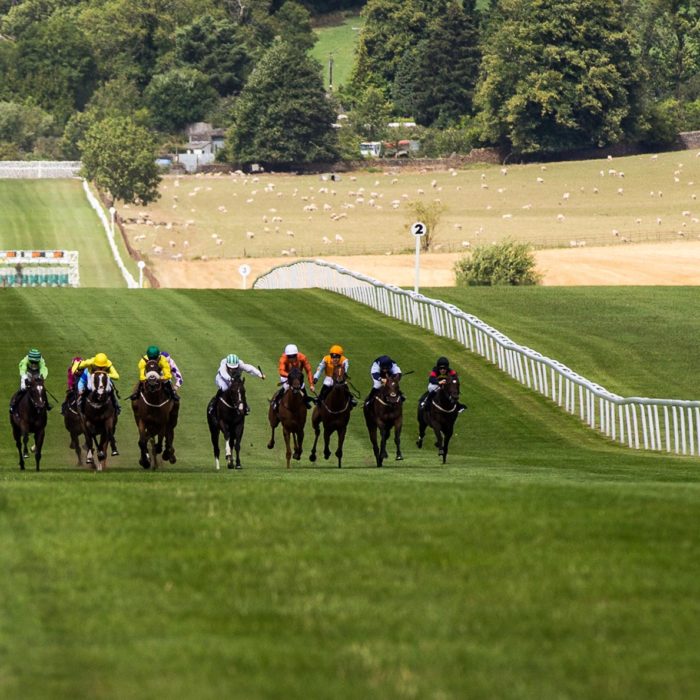 Chepstow Racecourse has an oval circuit of just under 2 miles. It is a left-handed undulating course, used for both flat and jump racing.
Chepstow Racecourse has an oval circuit of just under 2 miles. It is a left-handed undulating course, used for both flat and jump racing.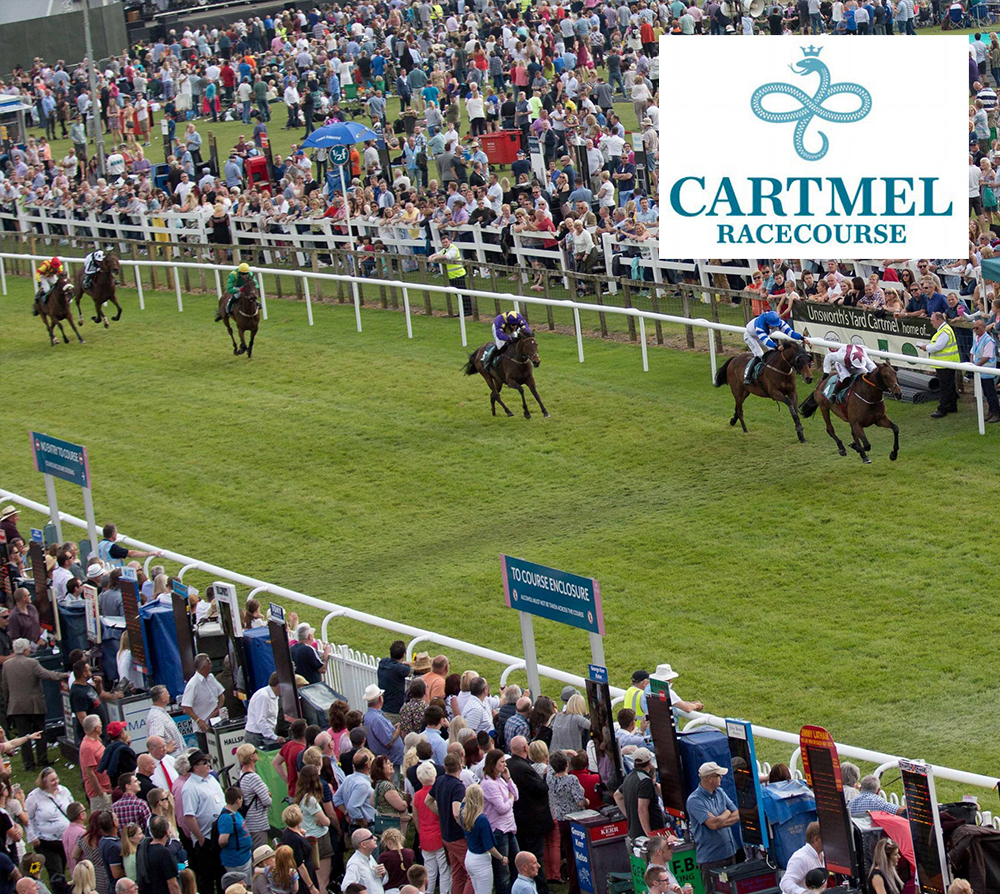 Cartmel Racecourse is a National Hunt racecourse in the village of Cartmel.
Cartmel Racecourse is a National Hunt racecourse in the village of Cartmel.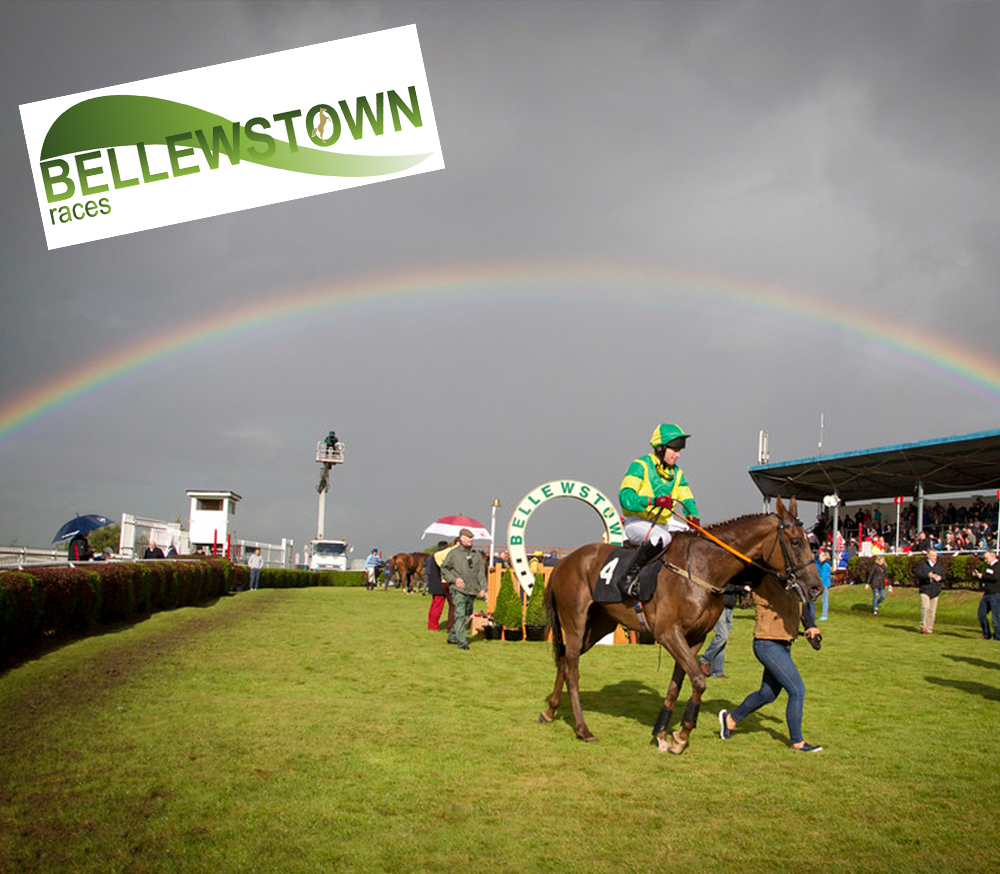 Bellewstown is a mixed racecourse, beautifully situated on a hill-top setting that boasts magnificent views of the Mountains of Mourne.
Bellewstown is a mixed racecourse, beautifully situated on a hill-top setting that boasts magnificent views of the Mountains of Mourne.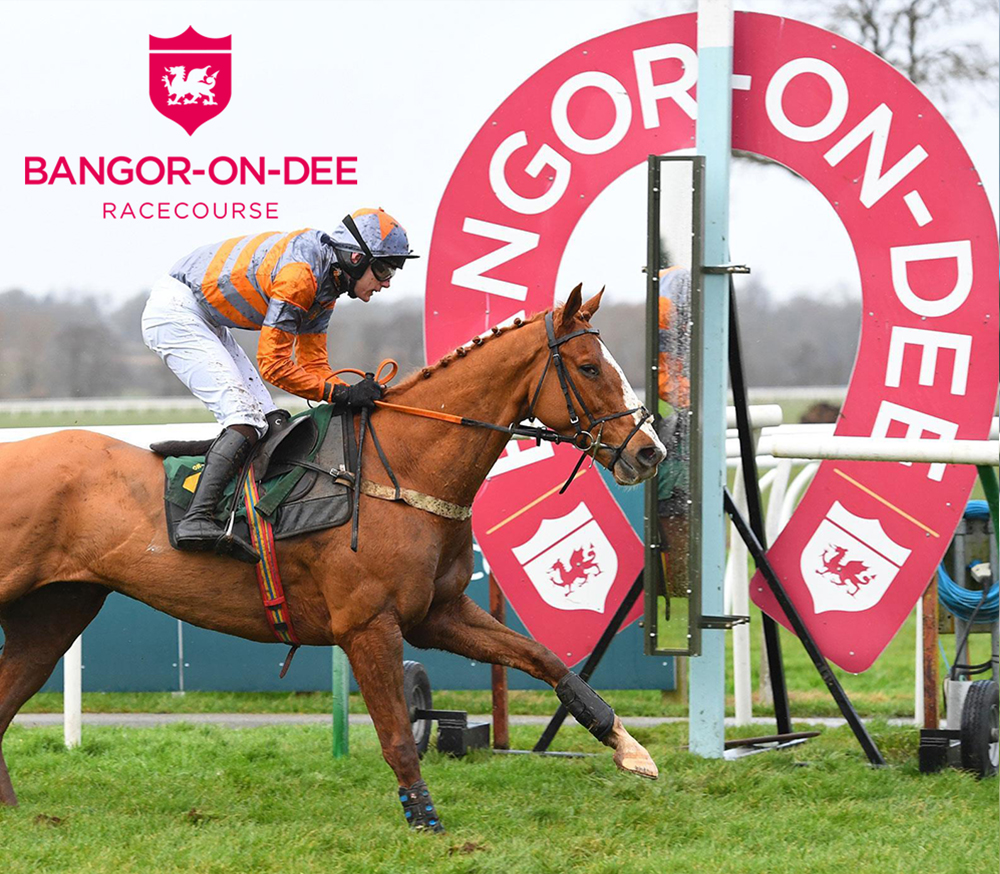 Racing first took place at Bangor-on-Dee Racecourse in February 1859, and has since taken place regularly except during the wars.
Racing first took place at Bangor-on-Dee Racecourse in February 1859, and has since taken place regularly except during the wars.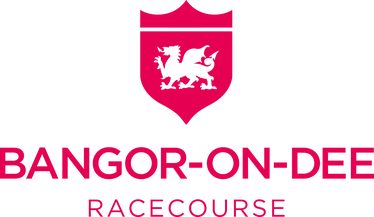
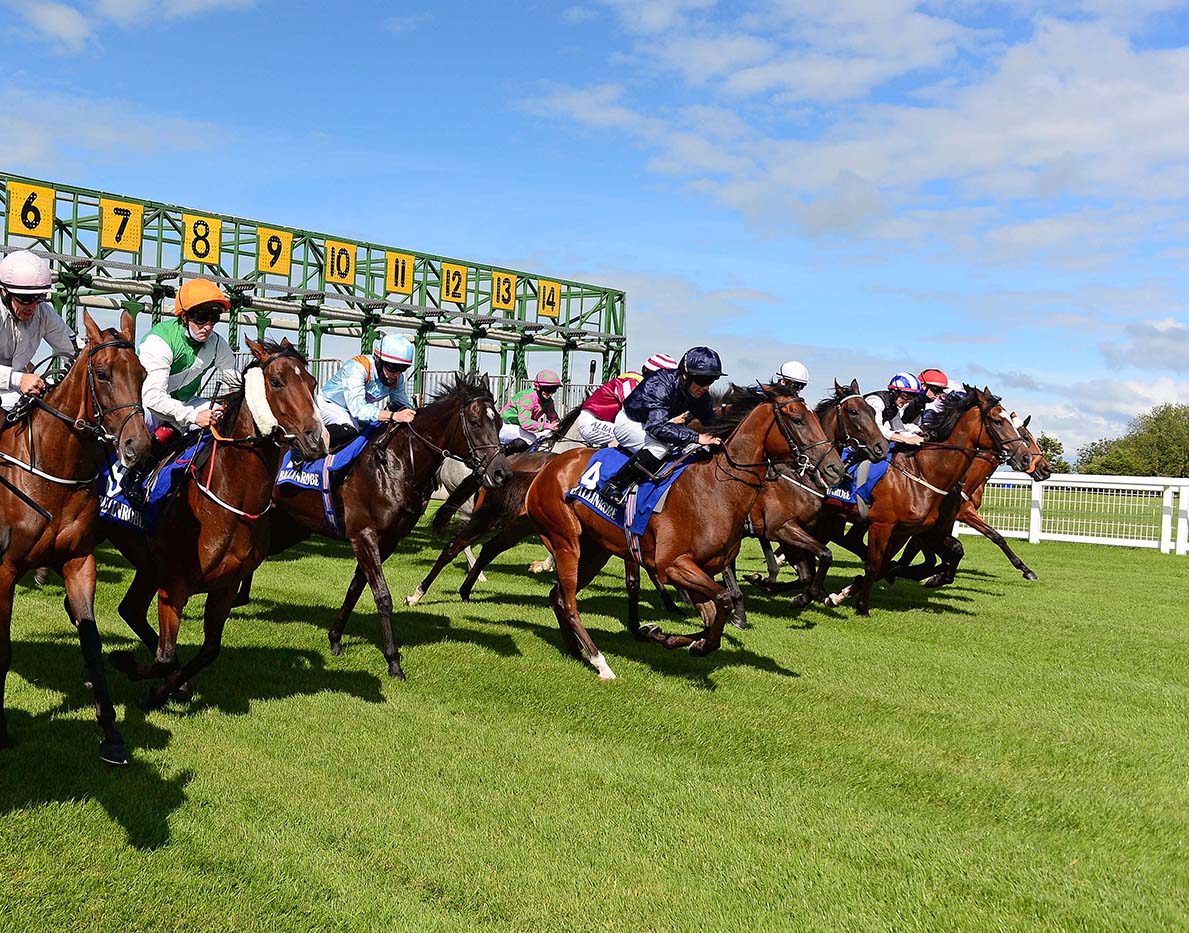 Ballinrobe Racecourse is a mixed racecourse, situated in Ireland.
Ballinrobe Racecourse is a mixed racecourse, situated in Ireland.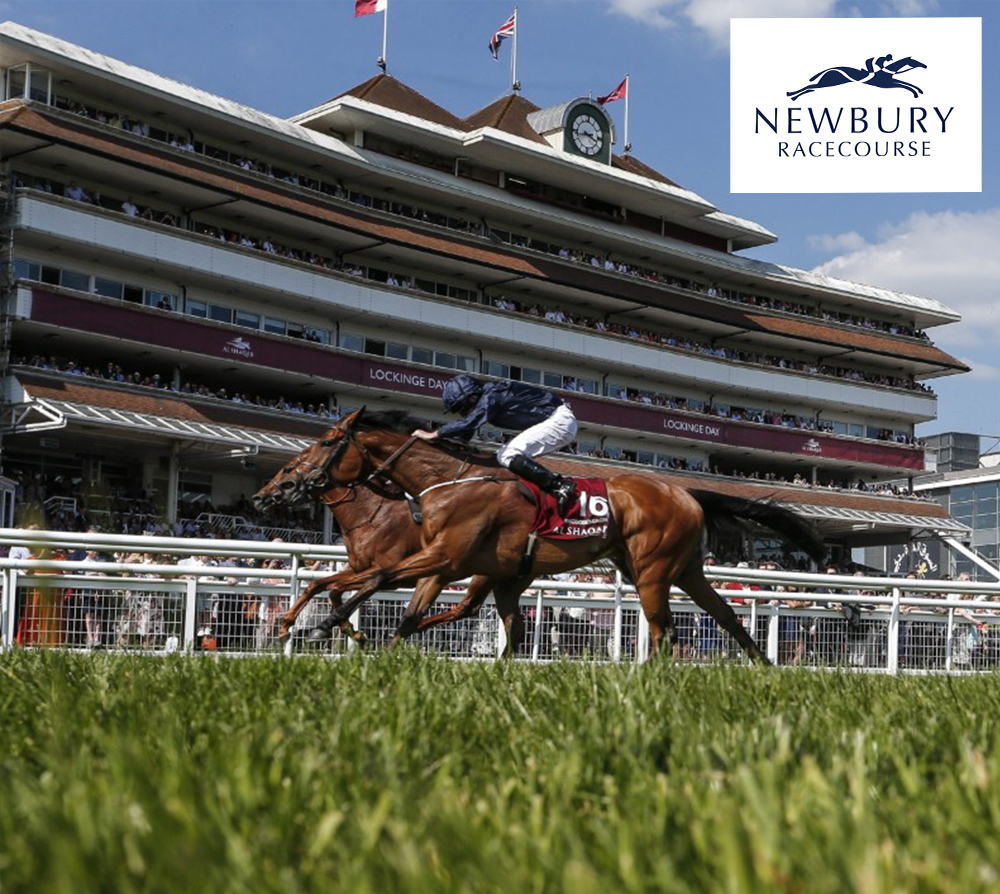 Newbury Racecourse is located in Berkshire, England.
It is one of the premier racecourses in England with top-class flat meetings and also National Hunt fixtures. The track is a left-handed oval circuit of about 1 mile and 7 furlongs.
Newbury Racecourse is located in Berkshire, England.
It is one of the premier racecourses in England with top-class flat meetings and also National Hunt fixtures. The track is a left-handed oval circuit of about 1 mile and 7 furlongs.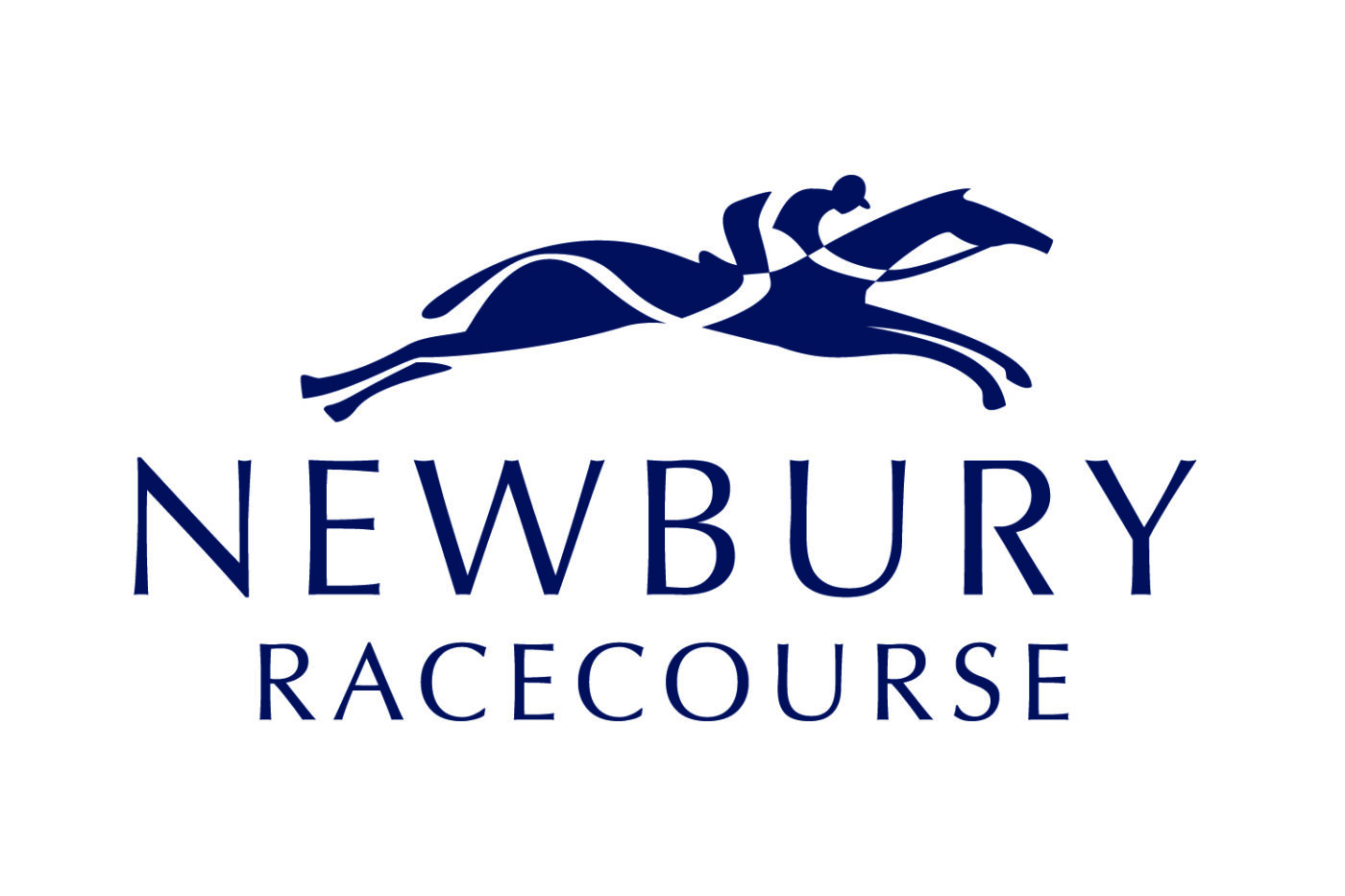
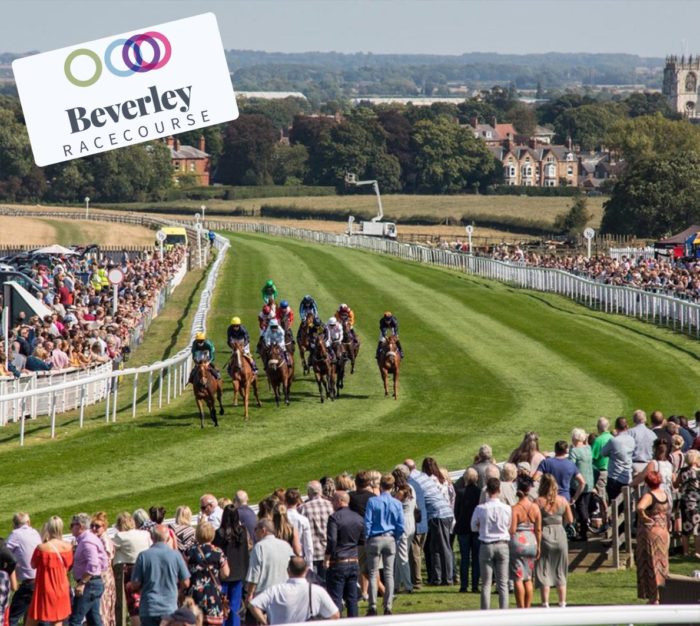 Beverley Racecourse is located in the town of Beverley in East Yorkshire. It is a right-handed track with a distance of 1 mile 3 furlongs.
Beverley Racecourse is located in the town of Beverley in East Yorkshire. It is a right-handed track with a distance of 1 mile 3 furlongs.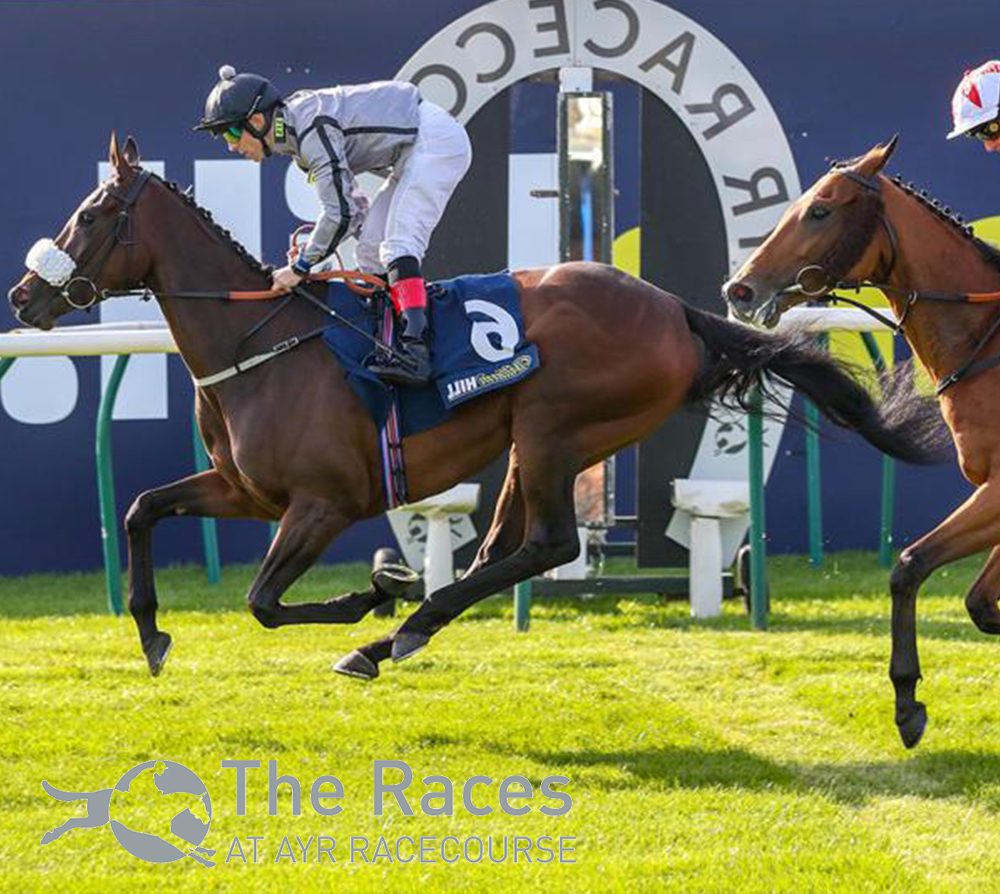 Ayr Racecourse is used for flat and National Hunt racing. It has a left-handed track with a length of 1.5 miles.
Ayr Racecourse is used for flat and National Hunt racing. It has a left-handed track with a length of 1.5 miles.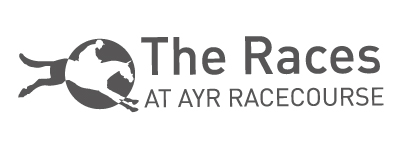
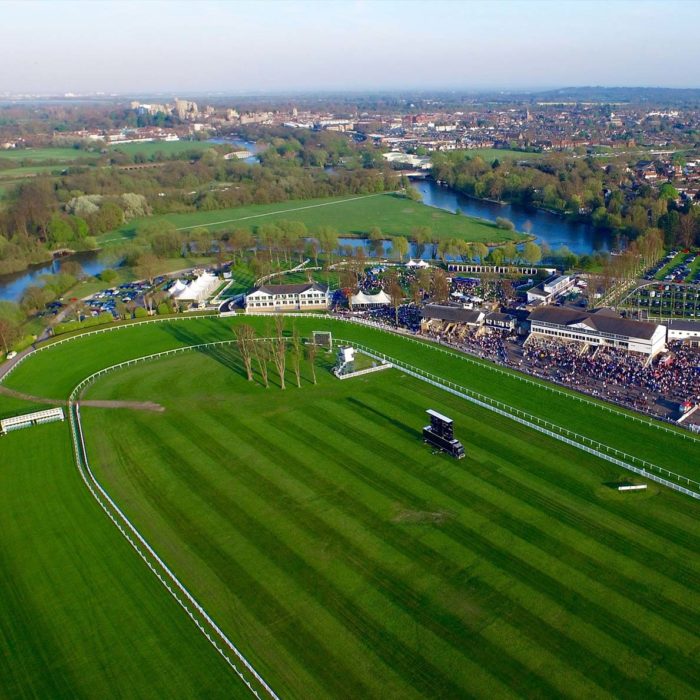 Windsor Racecourse, also known as Royal Windsor. The course is located in over 160 acres of attractive countryside within reach of London.
Windsor Racecourse, also known as Royal Windsor. The course is located in over 160 acres of attractive countryside within reach of London.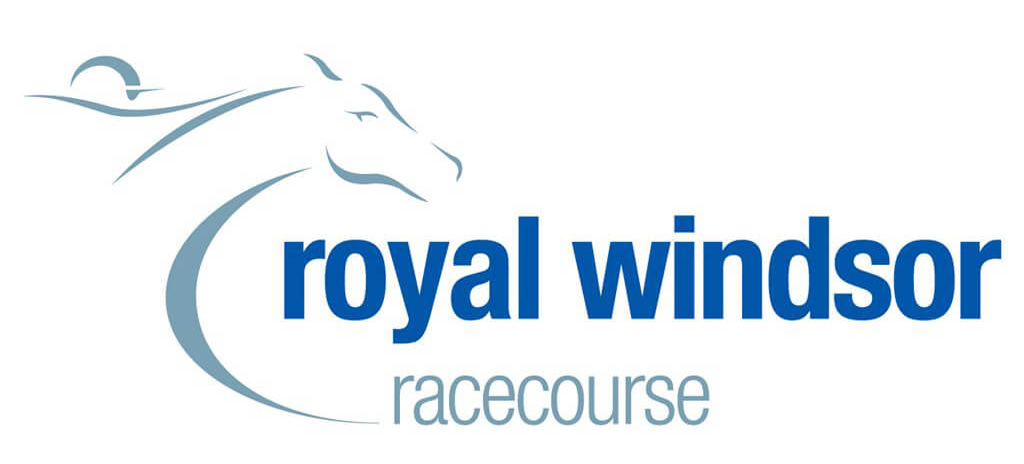
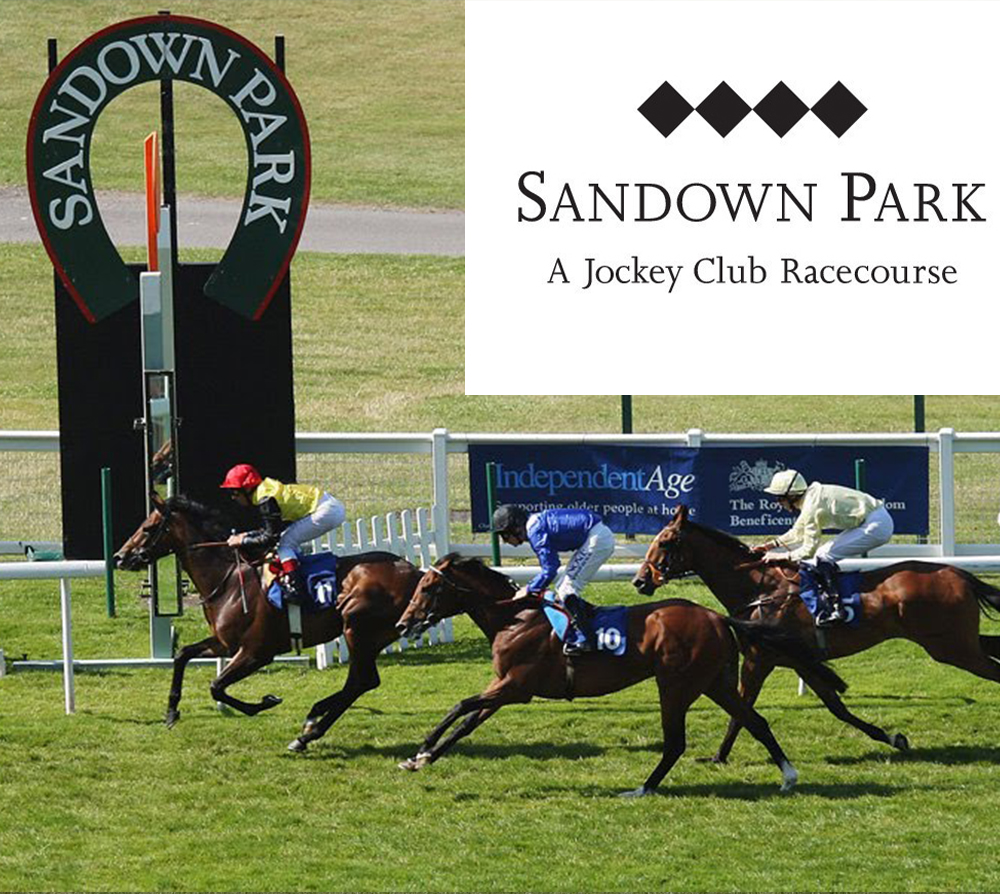 Sandown Park Racecourse is a right-handed track, where there is National Hunt and flat meetings, and top-class horses appear for both codes of racing.
Sandown Park Racecourse is a right-handed track, where there is National Hunt and flat meetings, and top-class horses appear for both codes of racing.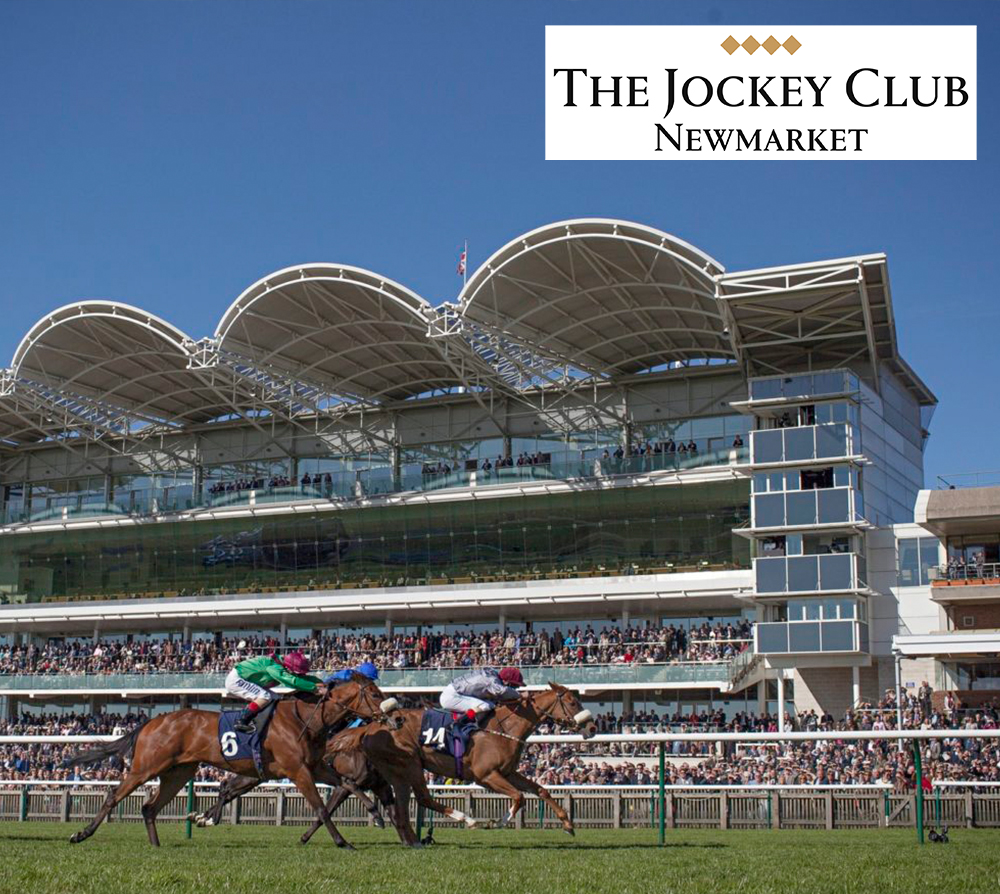 Newmarket Racecourse has two individual racecourses: the Rowley Mile and the July Course which are both used for flat racing. The Rowley Mile Course has a 1 mile 2 furlong (2 km) in Spring and Autumn.
Newmarket Racecourse has two individual racecourses: the Rowley Mile and the July Course which are both used for flat racing. The Rowley Mile Course has a 1 mile 2 furlong (2 km) in Spring and Autumn.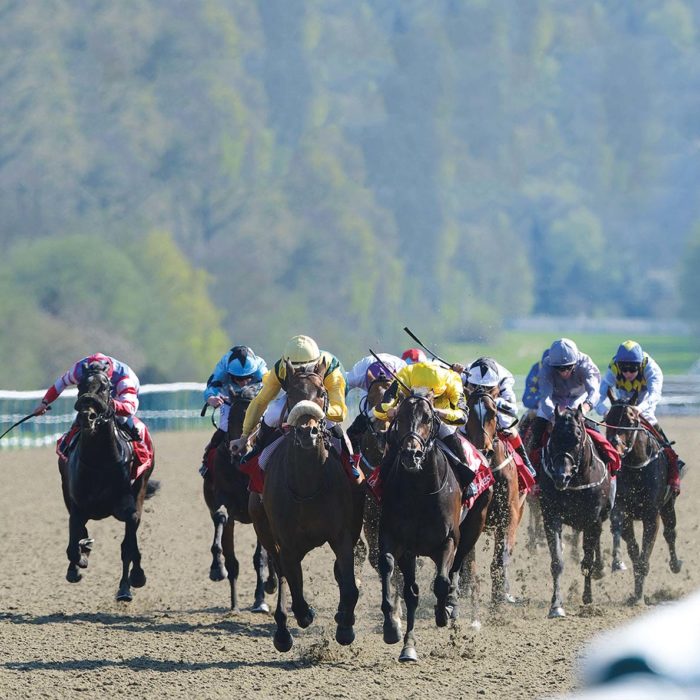 Lingfield Park Racecourse is a left-handed track with three courses: the Turf track, the All-Weather track, and the National Hunt track. Lingfield Park racecourse is located in a 450-acre (1.8 km2) estate.
Lingfield Park Racecourse is a left-handed track with three courses: the Turf track, the All-Weather track, and the National Hunt track. Lingfield Park racecourse is located in a 450-acre (1.8 km2) estate.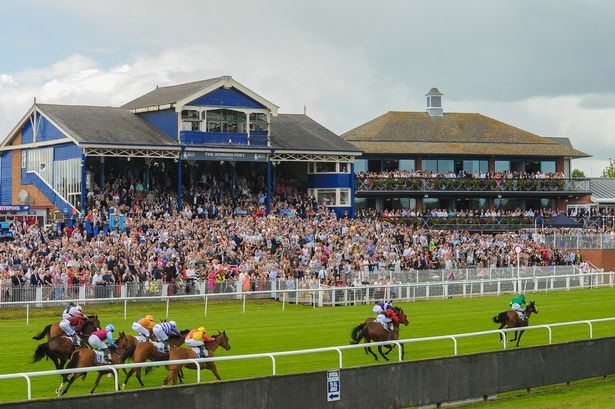 Leicester Racecourse is a right-handed course, in an oval shape. There is a flat and a National Hunt course. The flat course is about 1 mile 6 furlongs, whereas, the steeplechase course is about 1 mile 5 furlongs and there are ten fences.
Leicester Racecourse is a right-handed course, in an oval shape. There is a flat and a National Hunt course. The flat course is about 1 mile 6 furlongs, whereas, the steeplechase course is about 1 mile 5 furlongs and there are ten fences.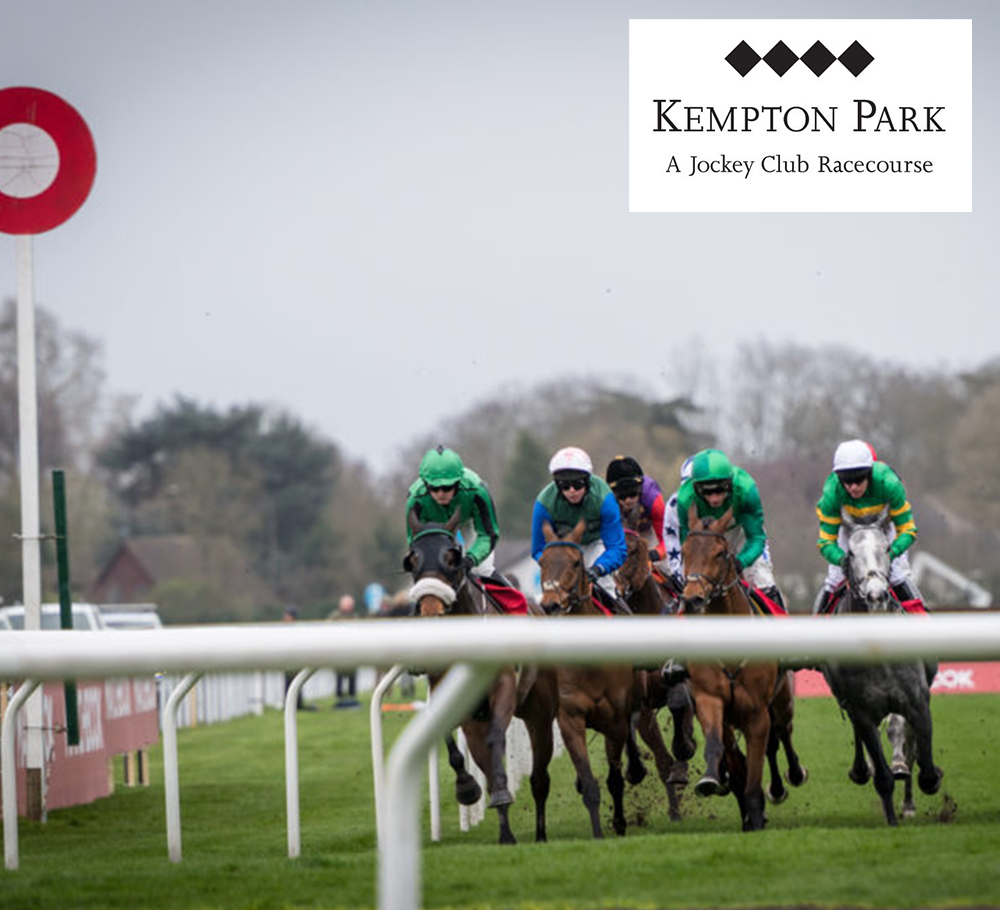 Kempton Park Racecourse is a right-handed track and stages National Hunt racing and flat racing.
Kempton Park Racecourse is a right-handed track and stages National Hunt racing and flat racing.
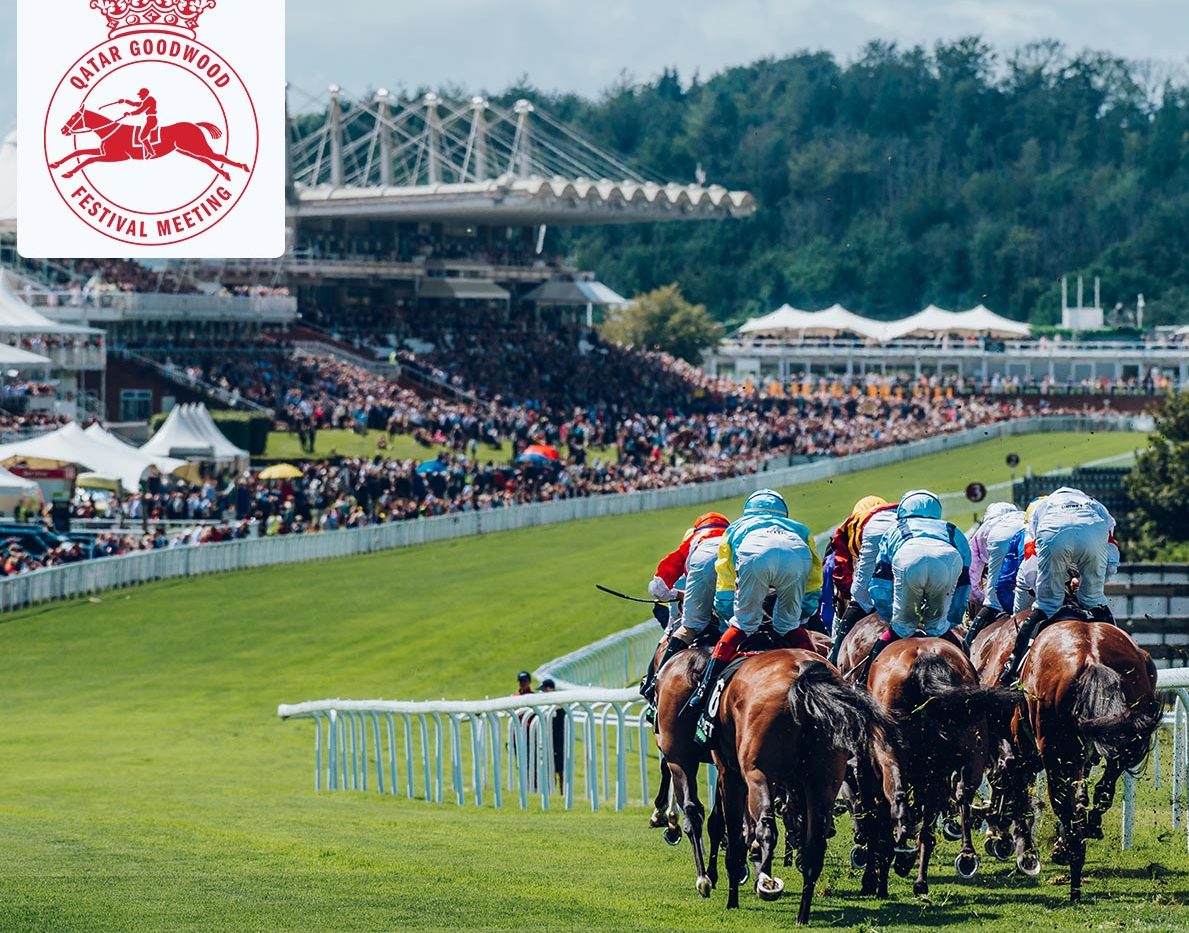 Goodwood Racecourse is a right-handed track with a length of 1.4 furlongs. There has been racing at Goodwood since 1802 when Charles Lennox, 3rd Duke of Richmond, first established it as a racing venue.
Goodwood Racecourse is a right-handed track with a length of 1.4 furlongs. There has been racing at Goodwood since 1802 when Charles Lennox, 3rd Duke of Richmond, first established it as a racing venue.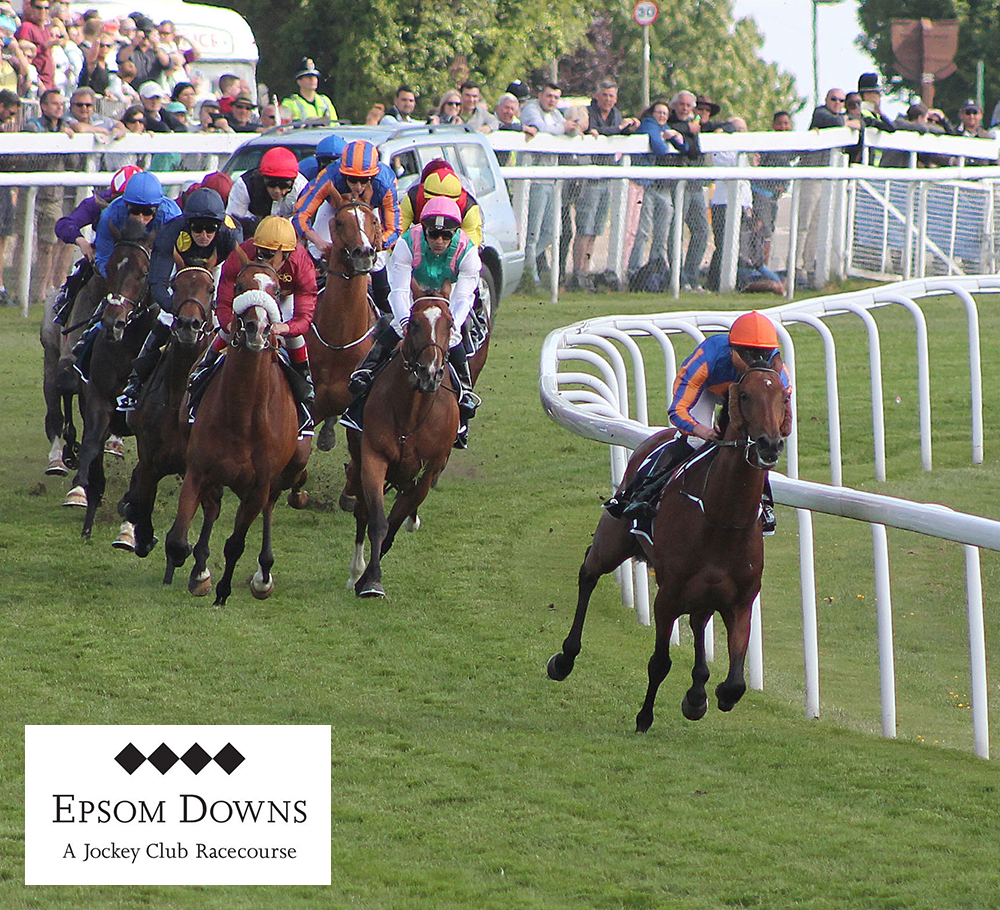 Epsom Downs Racecourse is very historical with a Grade 1 racecourse. It is shaped like a horseshoe and measures 1 mile 4 furlongs in circumference. Epsom hosts flat racing only.
Epsom Downs Racecourse is very historical with a Grade 1 racecourse. It is shaped like a horseshoe and measures 1 mile 4 furlongs in circumference. Epsom hosts flat racing only.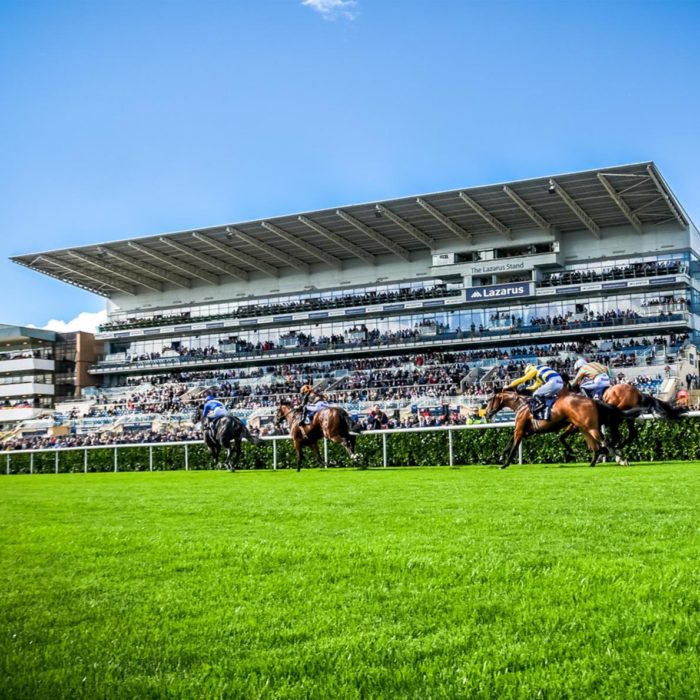 Doncaster Racecourse is located in South Yorkshire. It is a left-handed, pear-shaped track of around 1 mile 7½ furlongs. There is both flat racing and National Hunt racing.
Doncaster Racecourse is located in South Yorkshire. It is a left-handed, pear-shaped track of around 1 mile 7½ furlongs. There is both flat racing and National Hunt racing.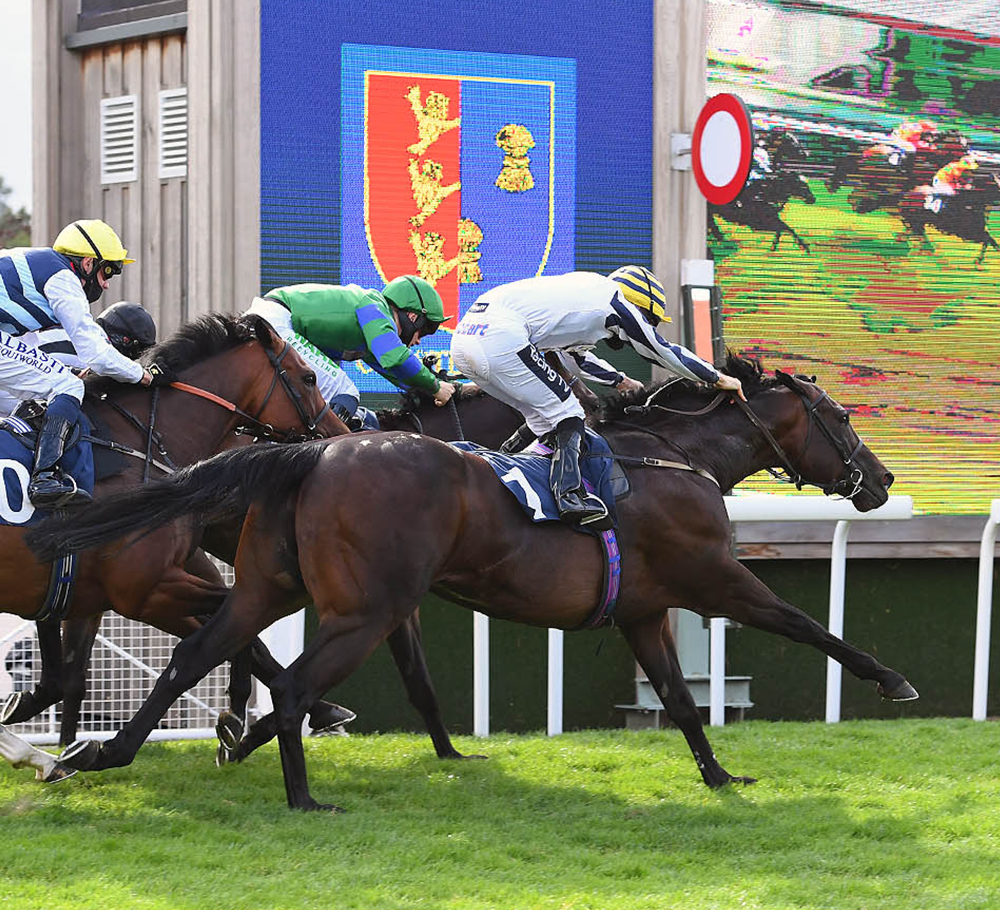 Chester Racecourse is a left-handed track with a full circuit of 1 mile and one furlong. The course was first established in 1539. Today, it is one of the oldest racecourses still in operation.
Chester Racecourse is a left-handed track with a full circuit of 1 mile and one furlong. The course was first established in 1539. Today, it is one of the oldest racecourses still in operation.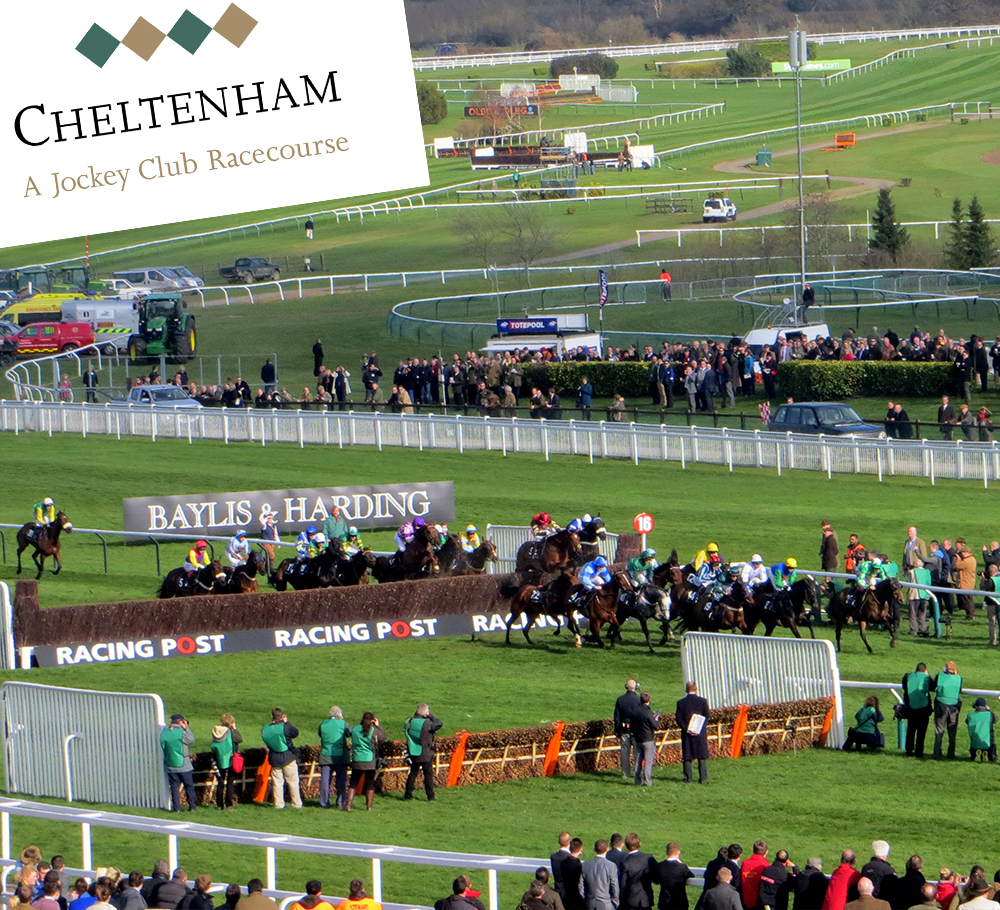 Cheltenham Racecourse is at Prestbury Park, near Cheltenham, Gloucestershire, and hosts National Hunt horseracing. The main racecourse has two separate courses alongside each other.
Cheltenham Racecourse is at Prestbury Park, near Cheltenham, Gloucestershire, and hosts National Hunt horseracing. The main racecourse has two separate courses alongside each other.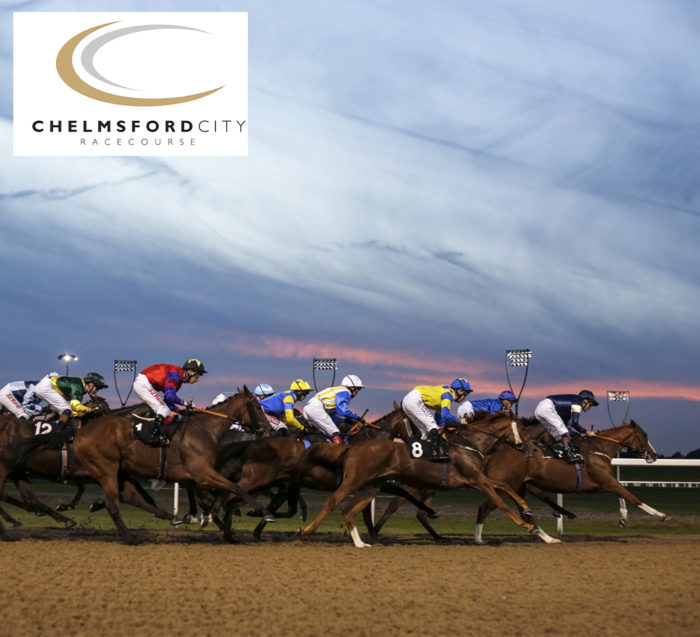 Chelmsford City is a flat racecourse, originally known as the Great Leighs Racecourse. The course is laid out as a left-handed polytrack oval with 8.5 furlongs, and a 2 furlong home straight.
Chelmsford City is a flat racecourse, originally known as the Great Leighs Racecourse. The course is laid out as a left-handed polytrack oval with 8.5 furlongs, and a 2 furlong home straight.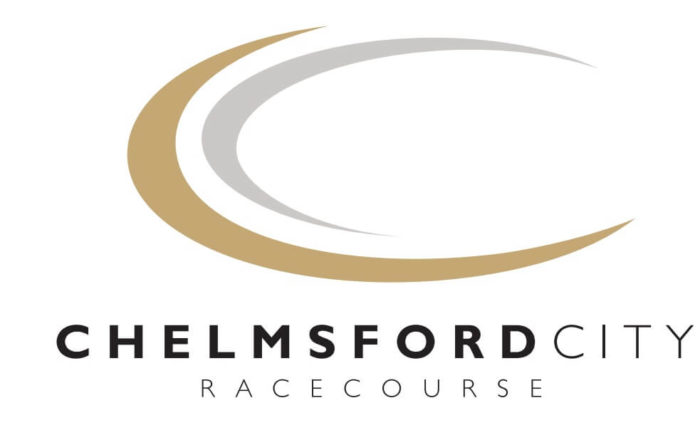
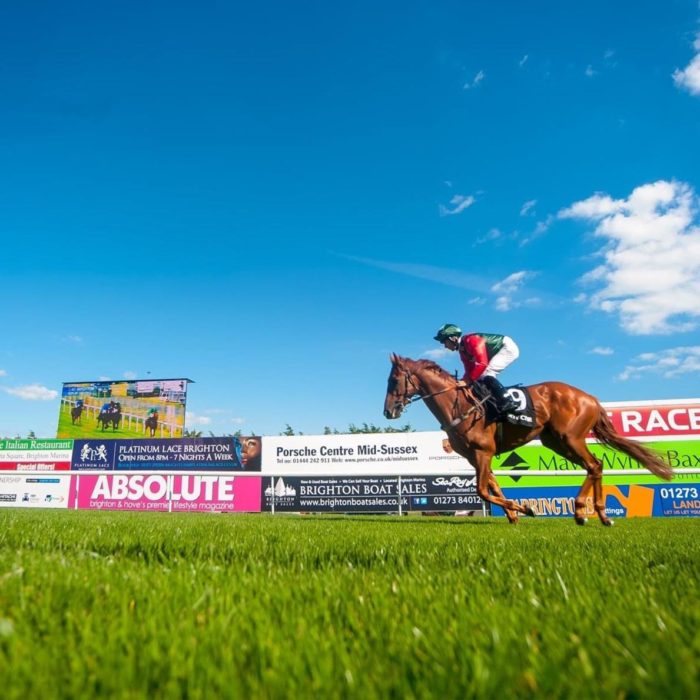 Brighton is a flat horseracing venue located near Brighton, Sussex. The track is one and a half miles in length with a horseshoe shape, and it is only used for flat racing.
Brighton is a flat horseracing venue located near Brighton, Sussex. The track is one and a half miles in length with a horseshoe shape, and it is only used for flat racing.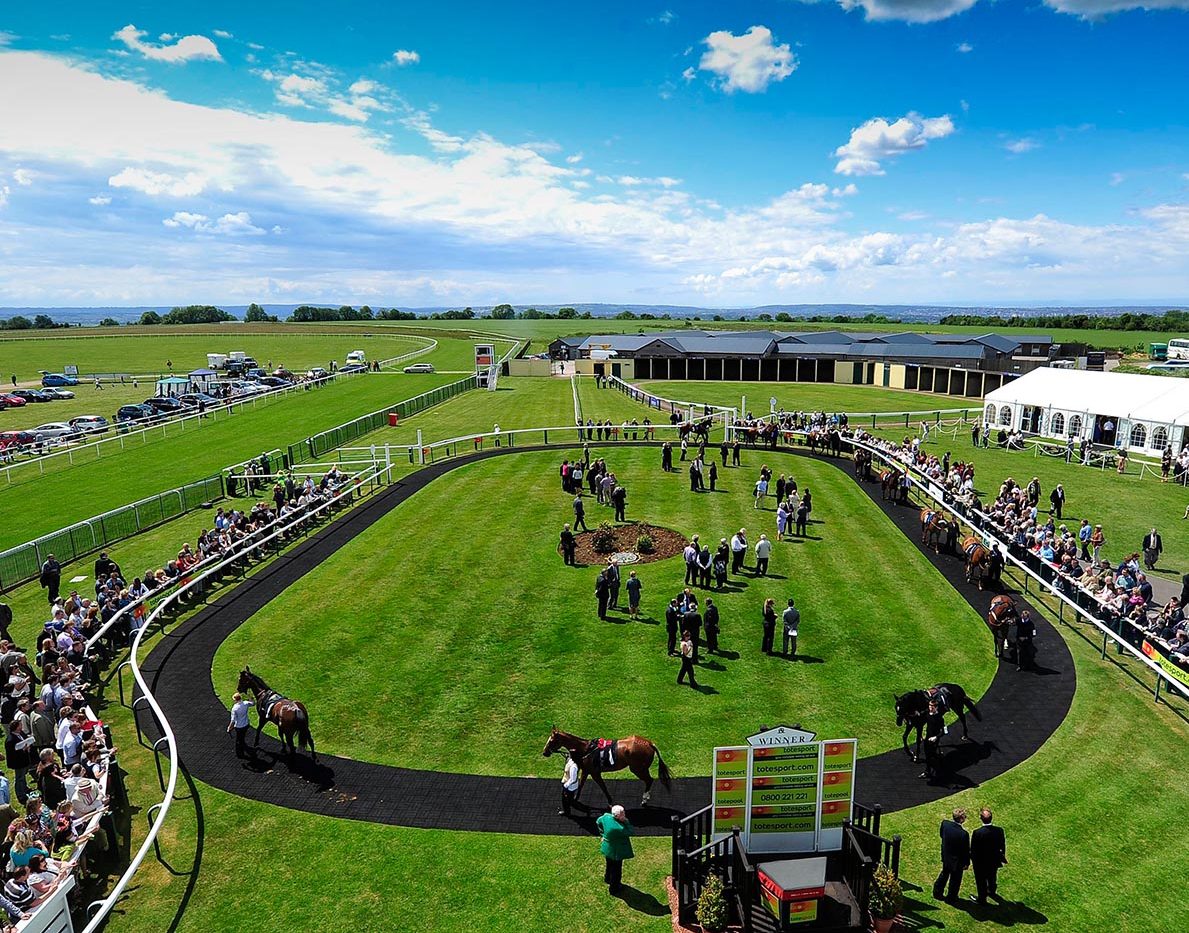 Bath Racecourse is a flat racing venue on Lansdown Hill. It is standing at 238 metres above sea level, which makes Bath one of Britain’s highest flat racecourses.
Bath Racecourse is a flat racing venue on Lansdown Hill. It is standing at 238 metres above sea level, which makes Bath one of Britain’s highest flat racecourses.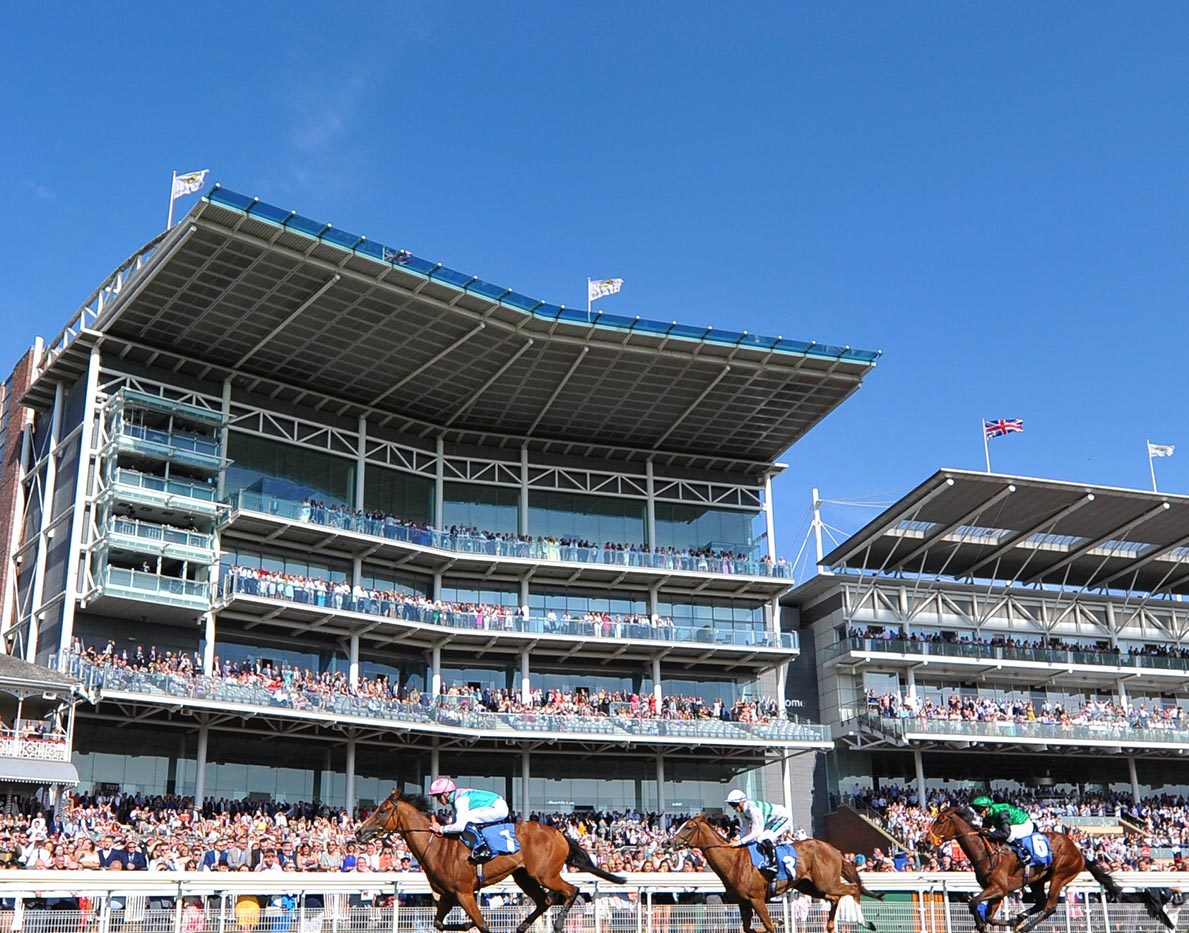 York is one of the premier tracks in Europe having recently won the Flat Racecourse of the Year Award, for the fourth year, and it also came out top in The Times Newspaper survey of all Britain's racecourses.
York is one of the premier tracks in Europe having recently won the Flat Racecourse of the Year Award, for the fourth year, and it also came out top in The Times Newspaper survey of all Britain's racecourses.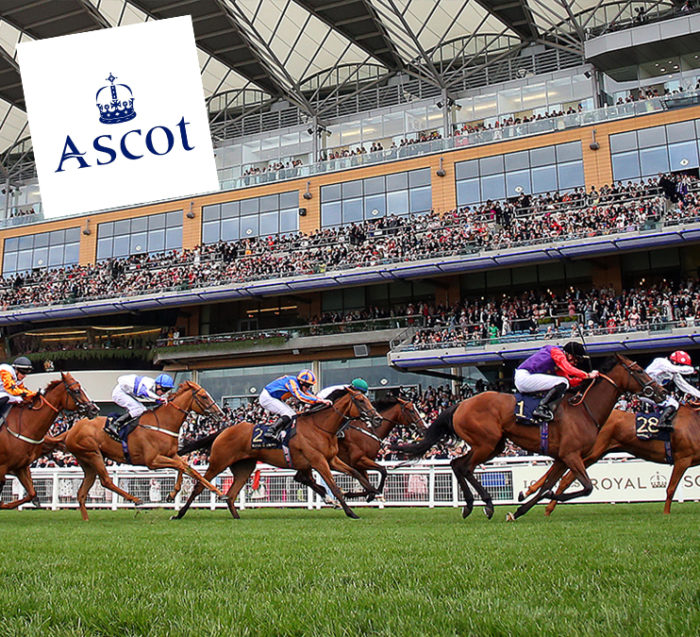 Ascot Racecourse was founded by Queen Anne in 1711, and it covers over 179 acres. There are 26 days of racing over the course of the year, comprising 18 flat meetings and 8 jump meetings.
Ascot Racecourse was founded by Queen Anne in 1711, and it covers over 179 acres. There are 26 days of racing over the course of the year, comprising 18 flat meetings and 8 jump meetings.